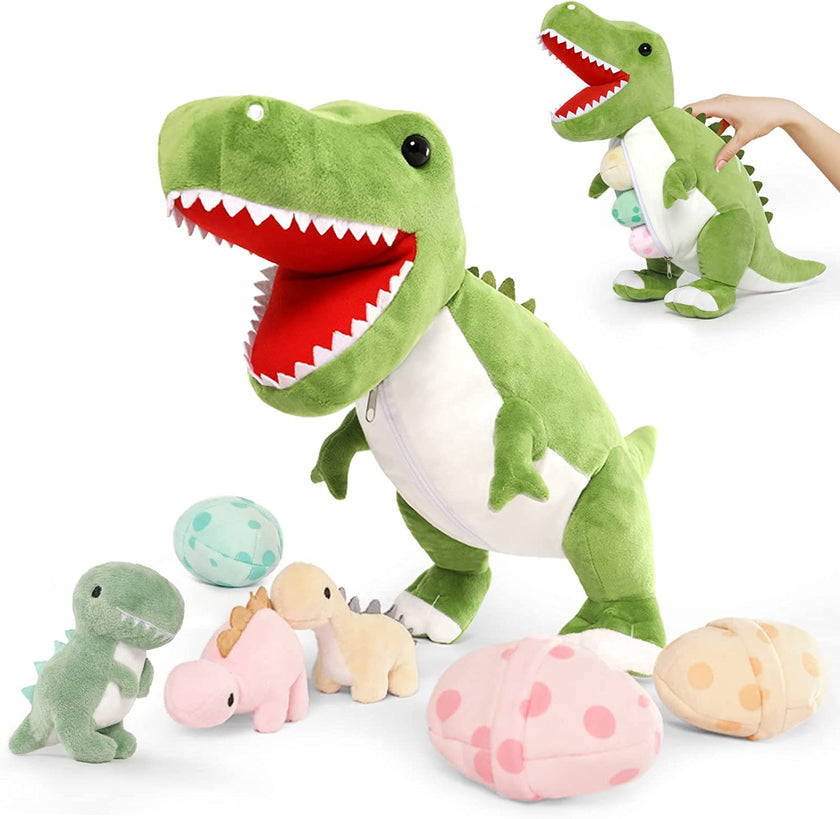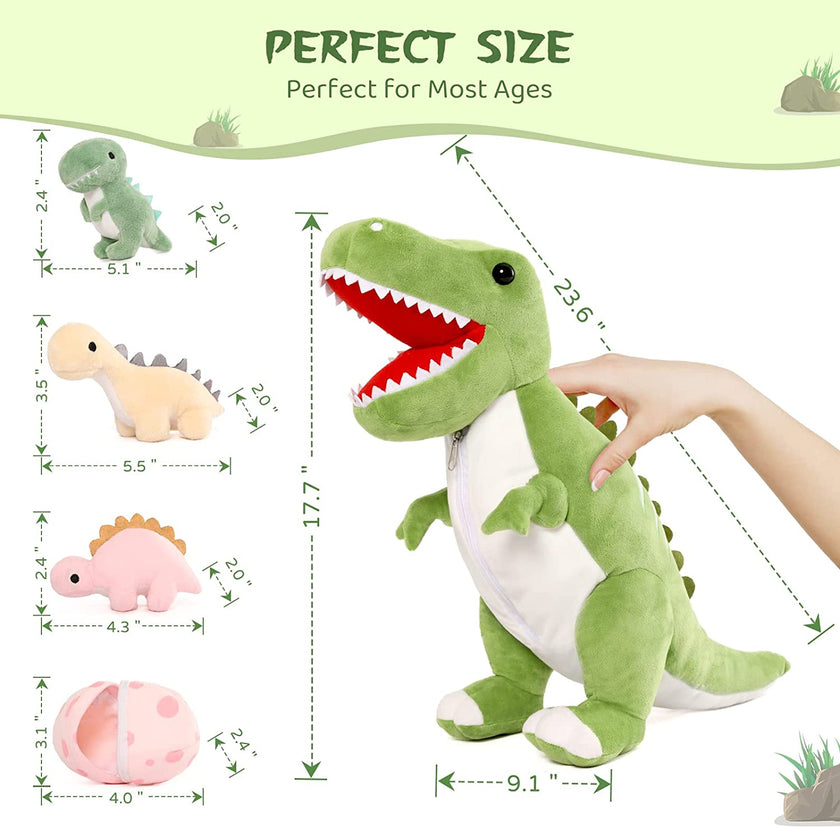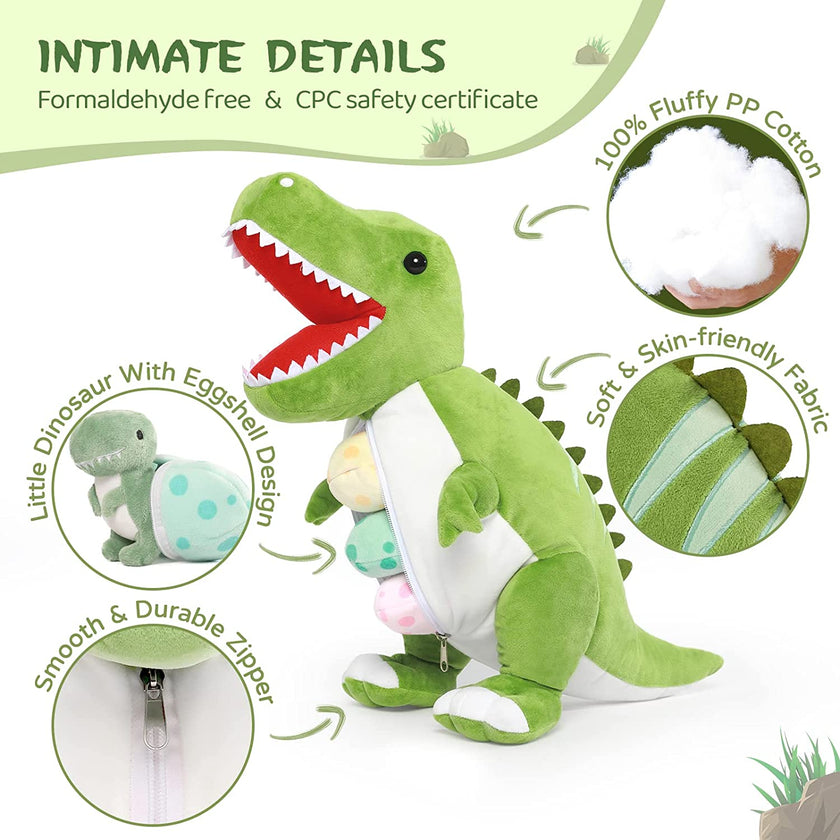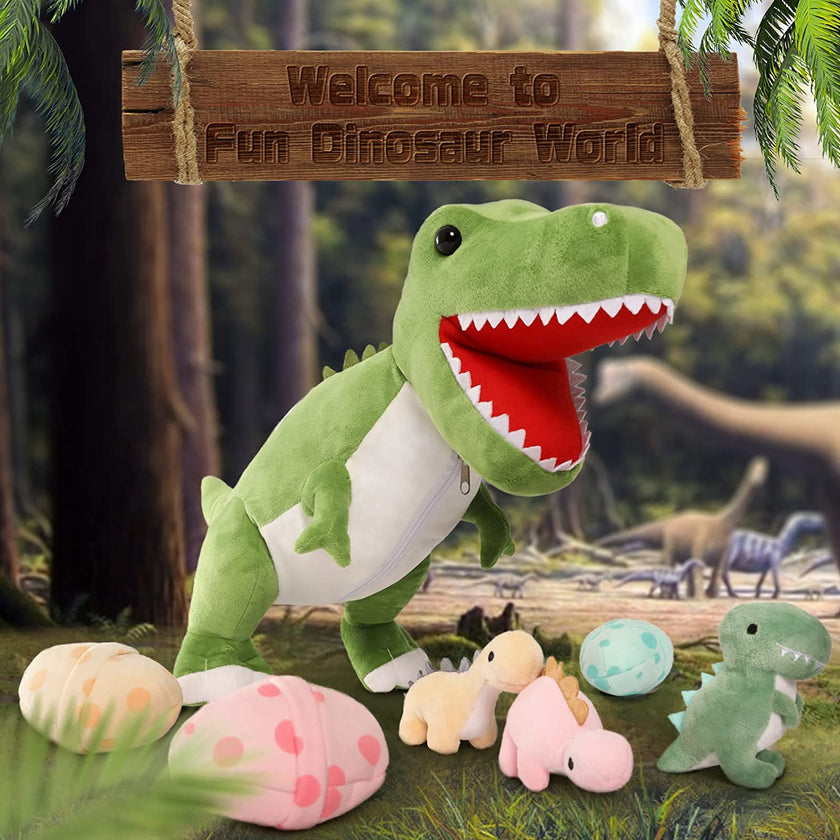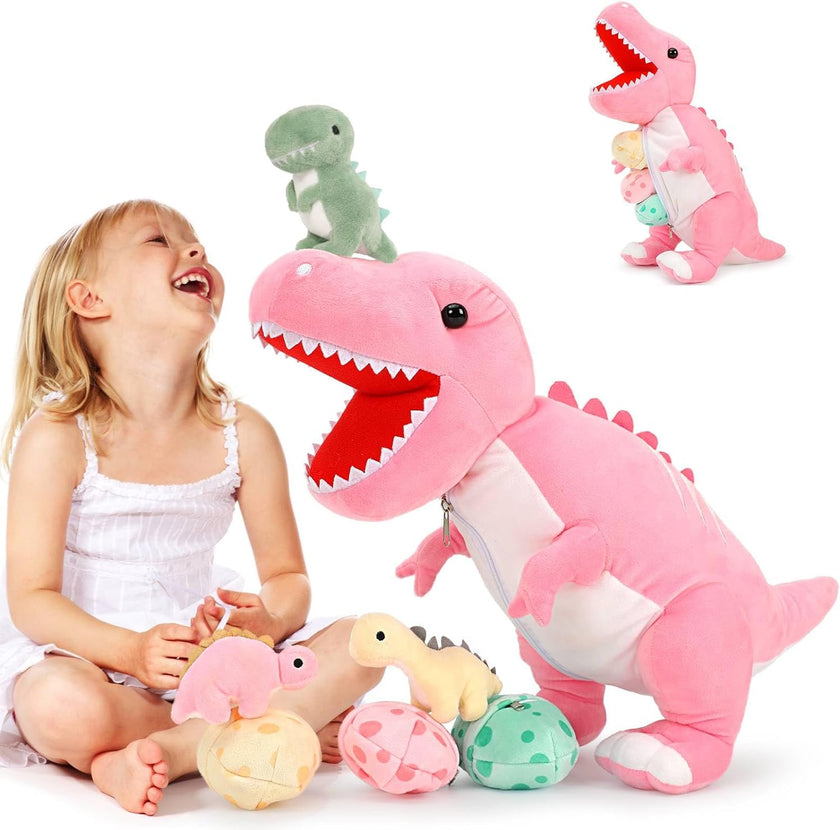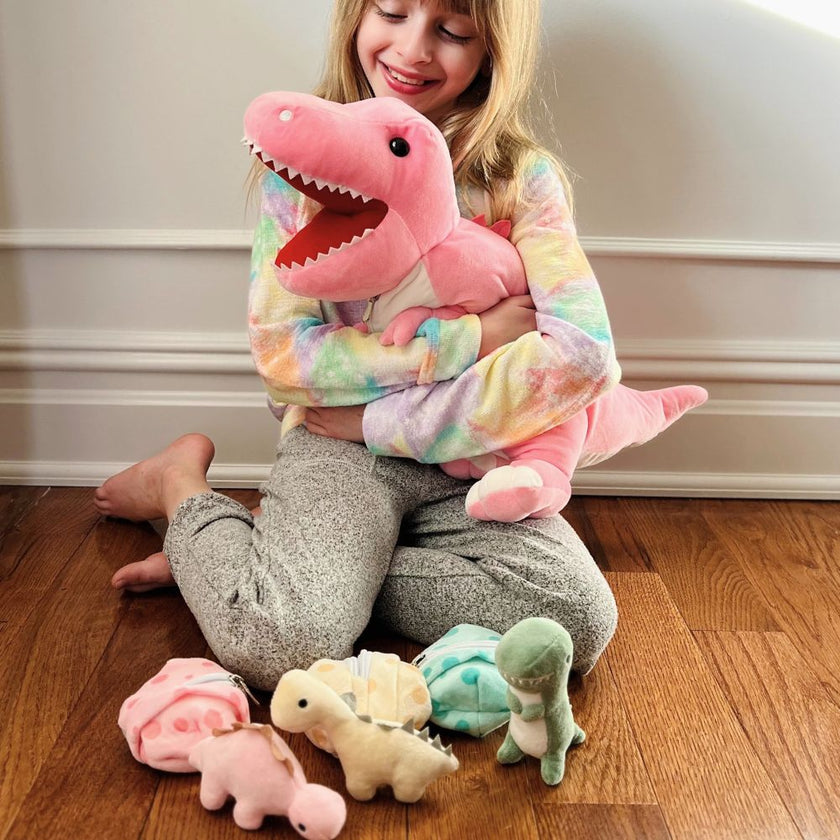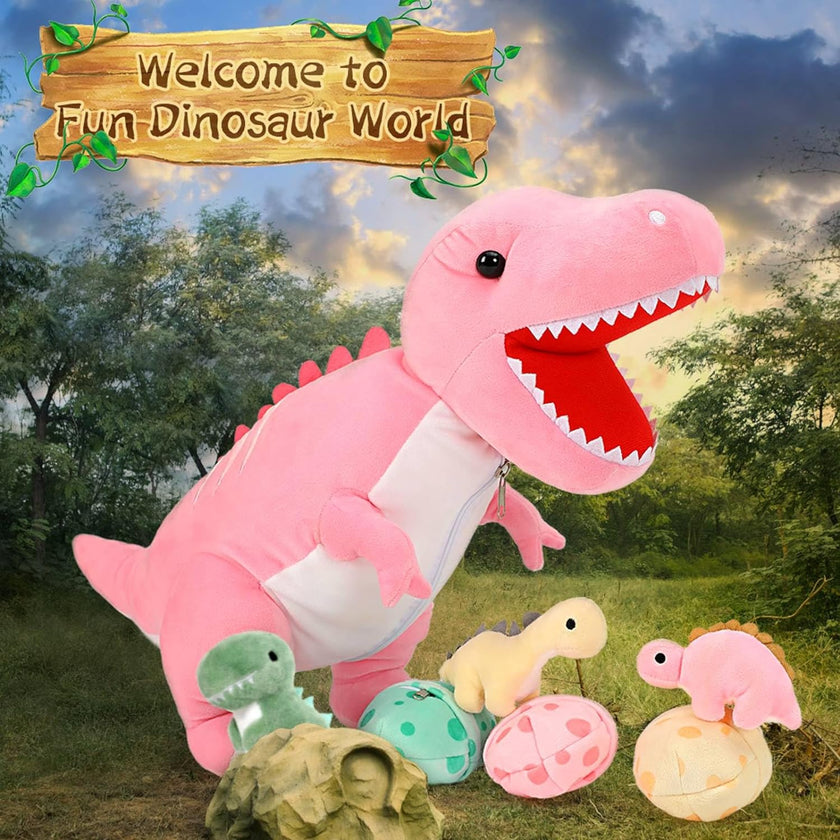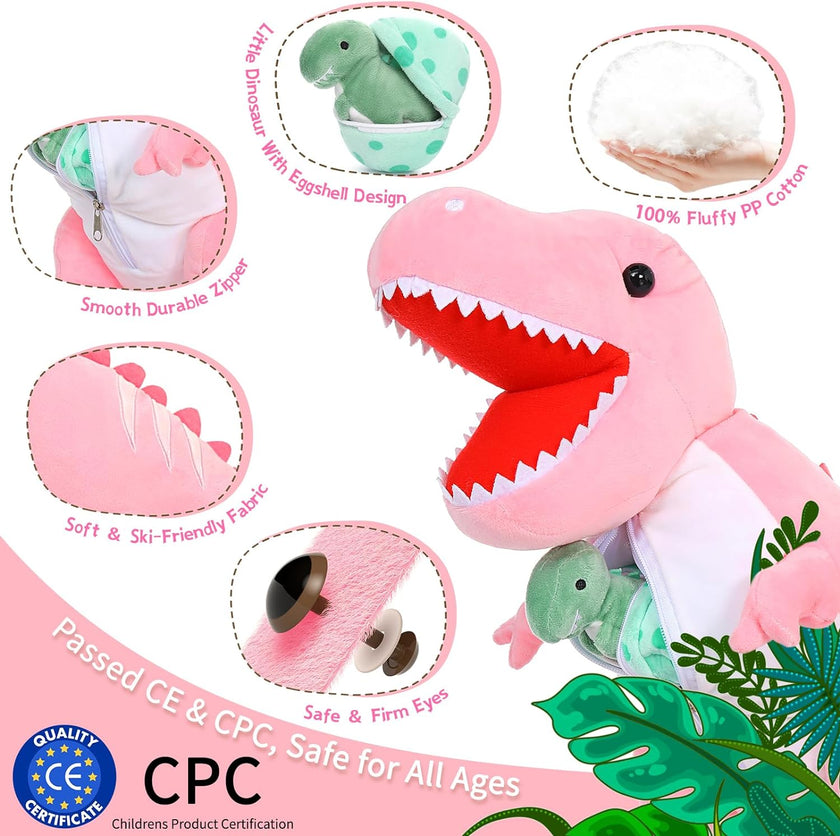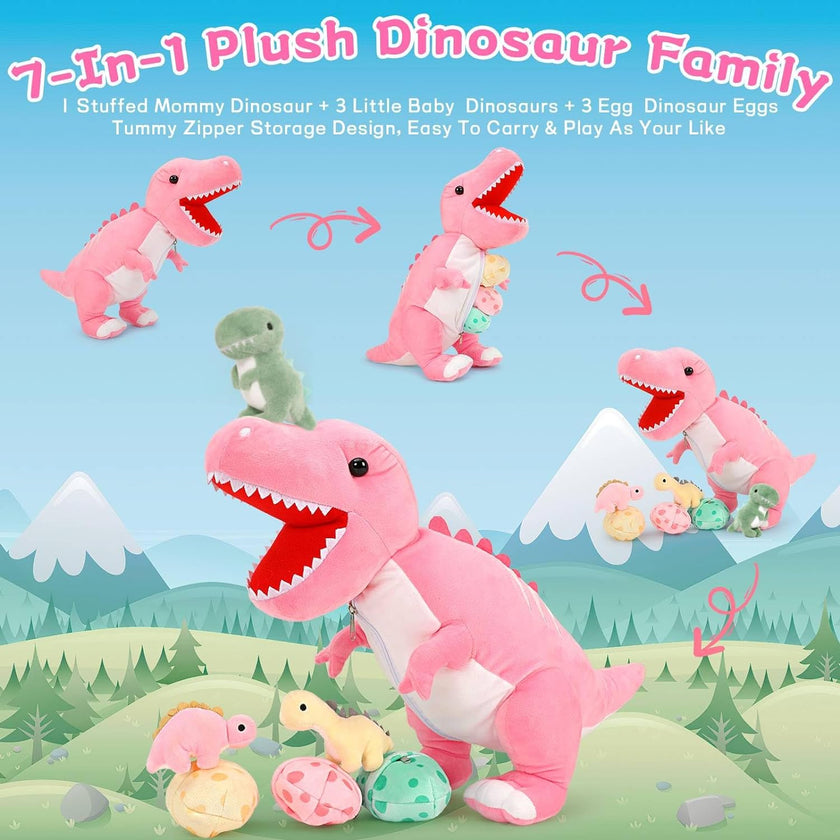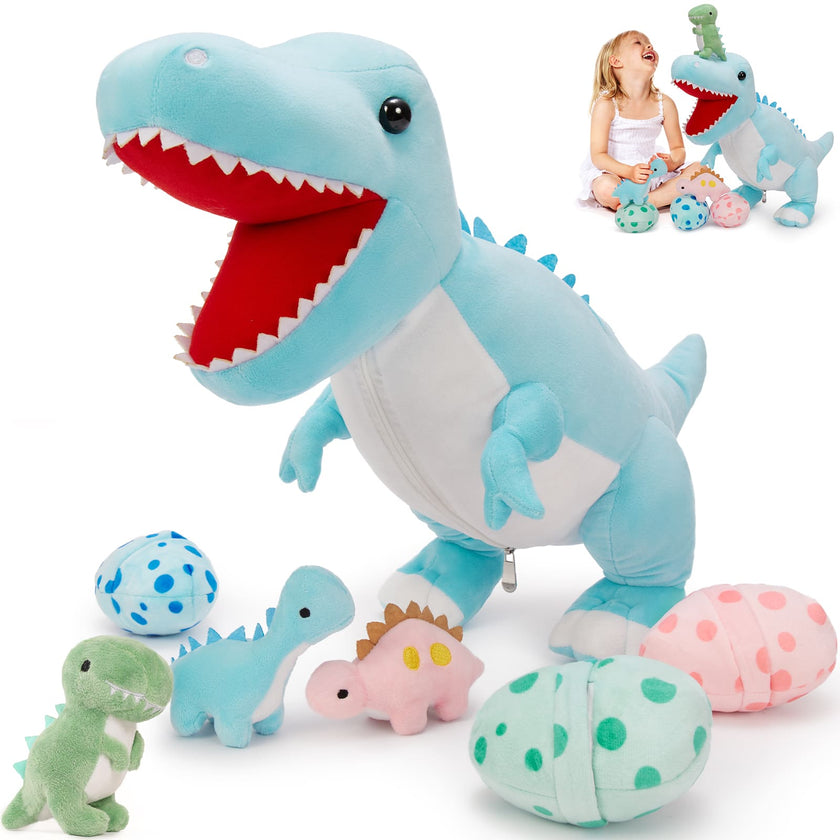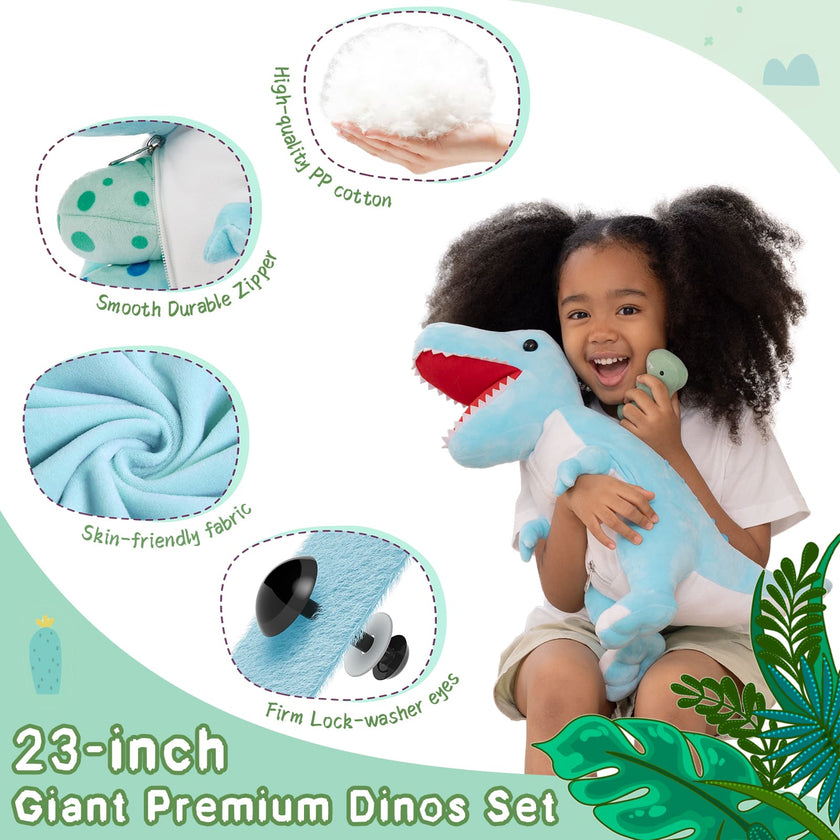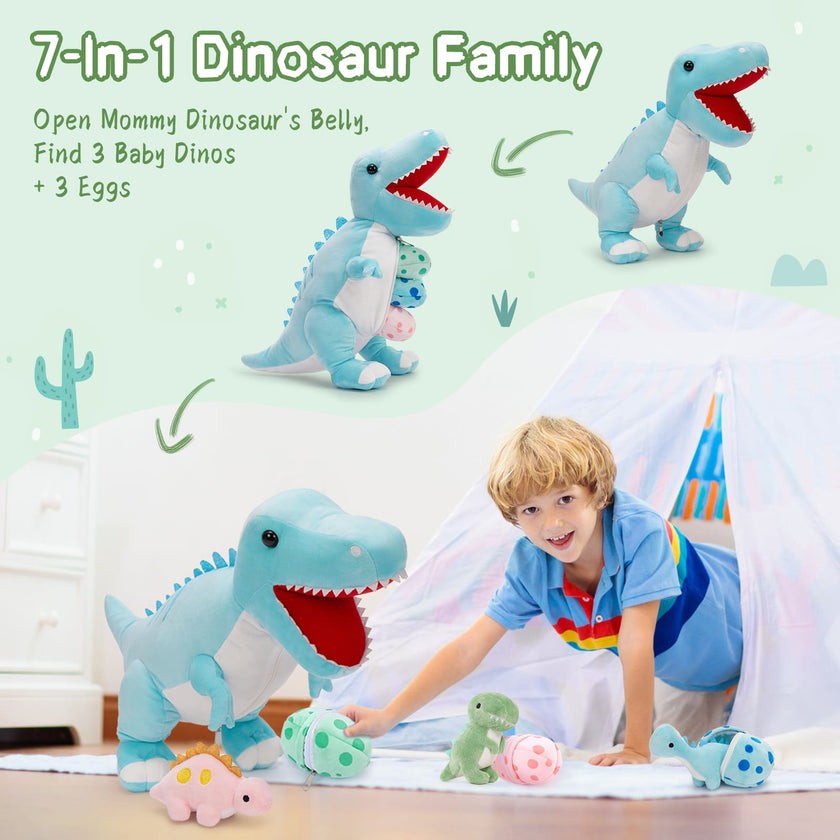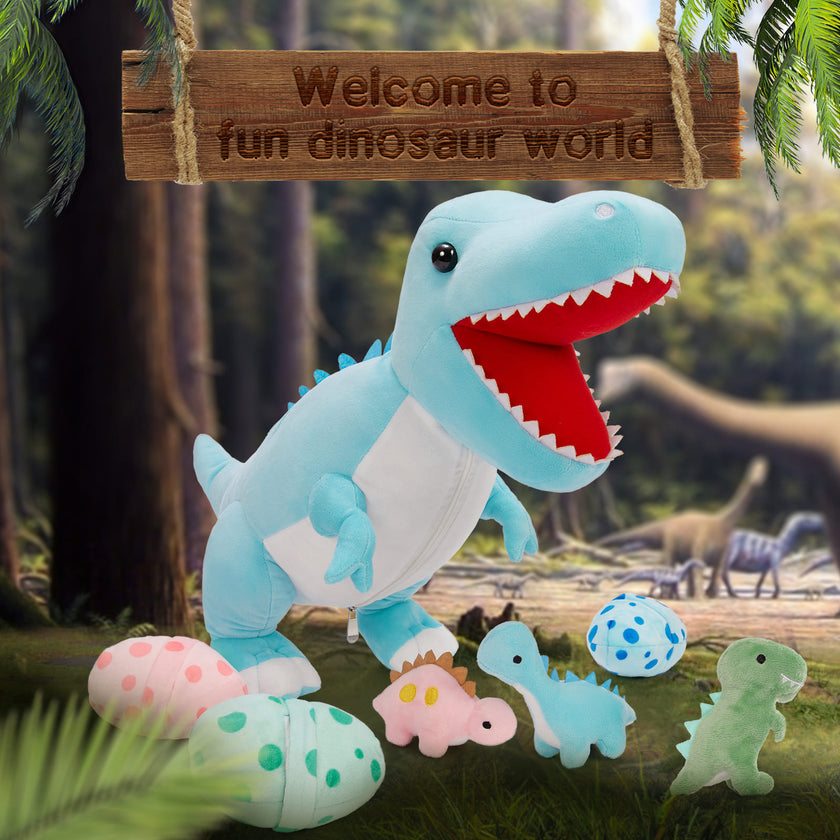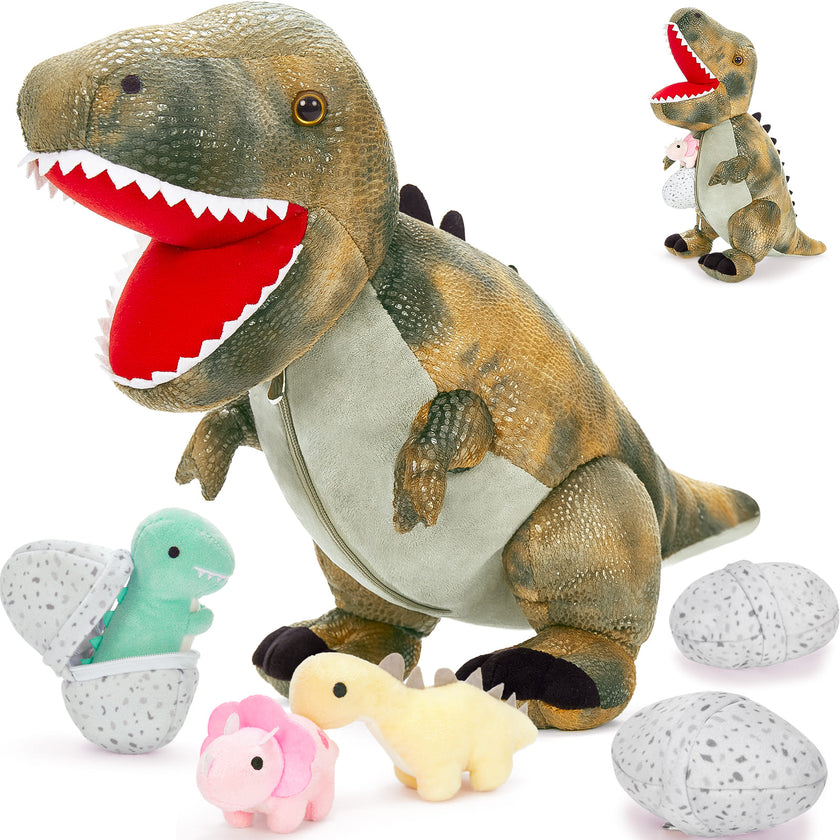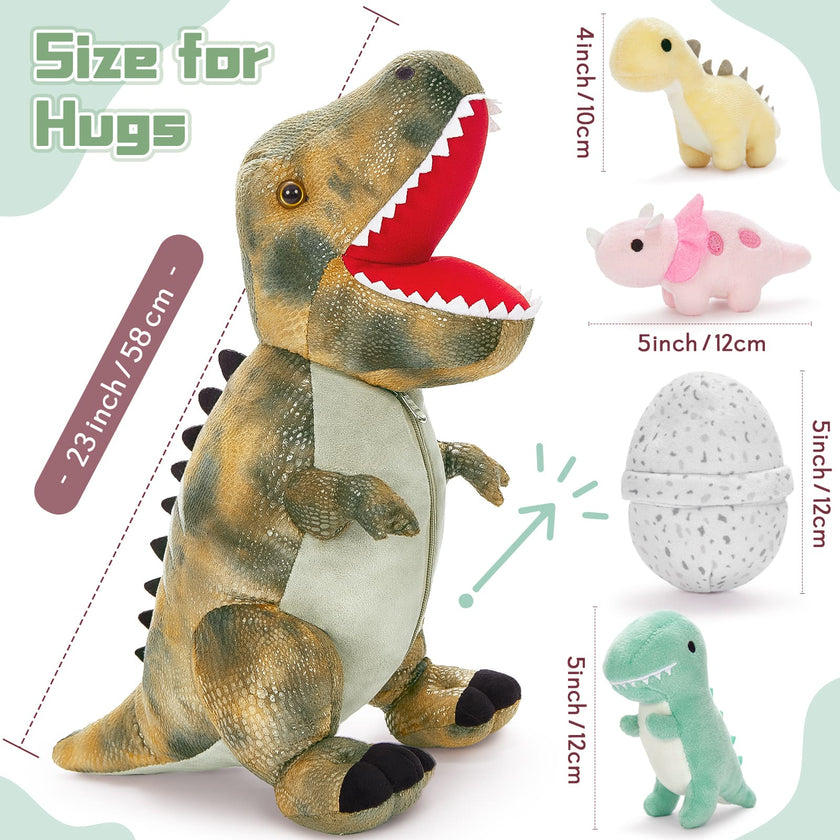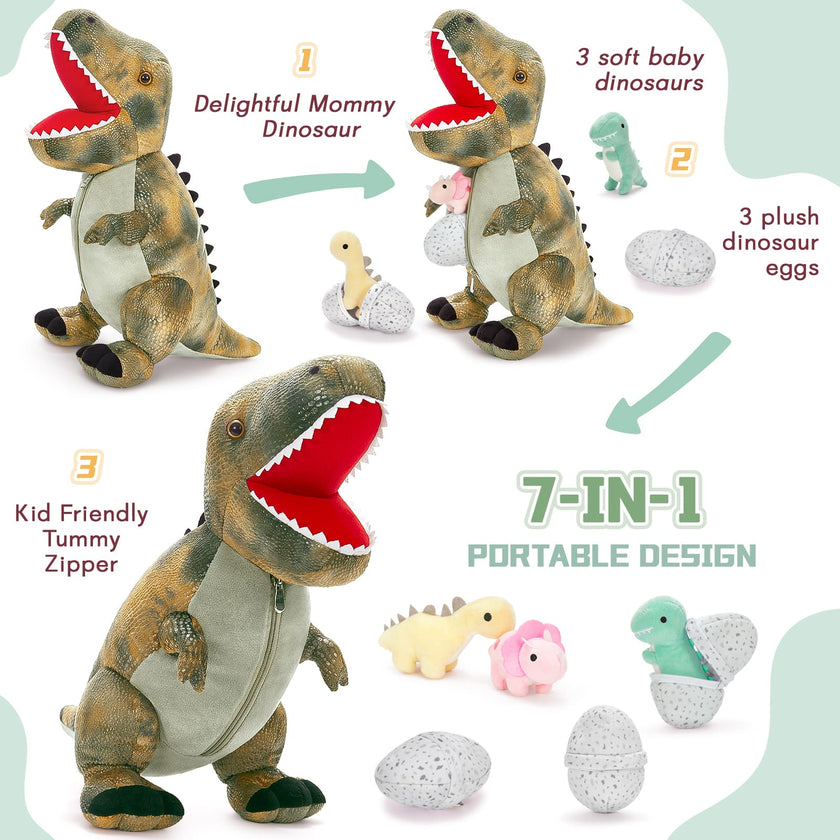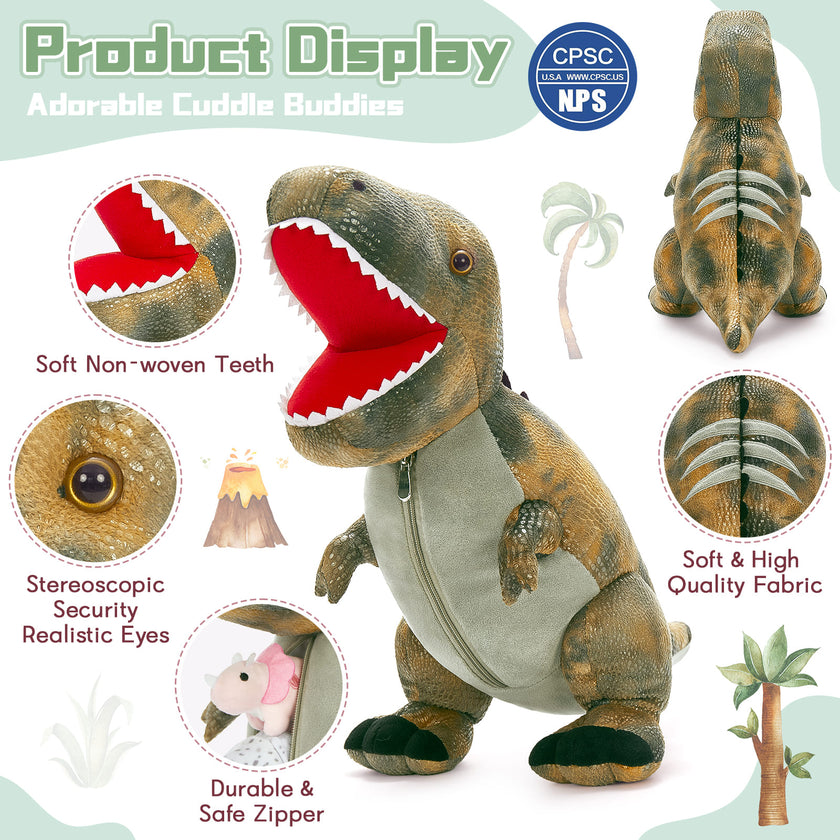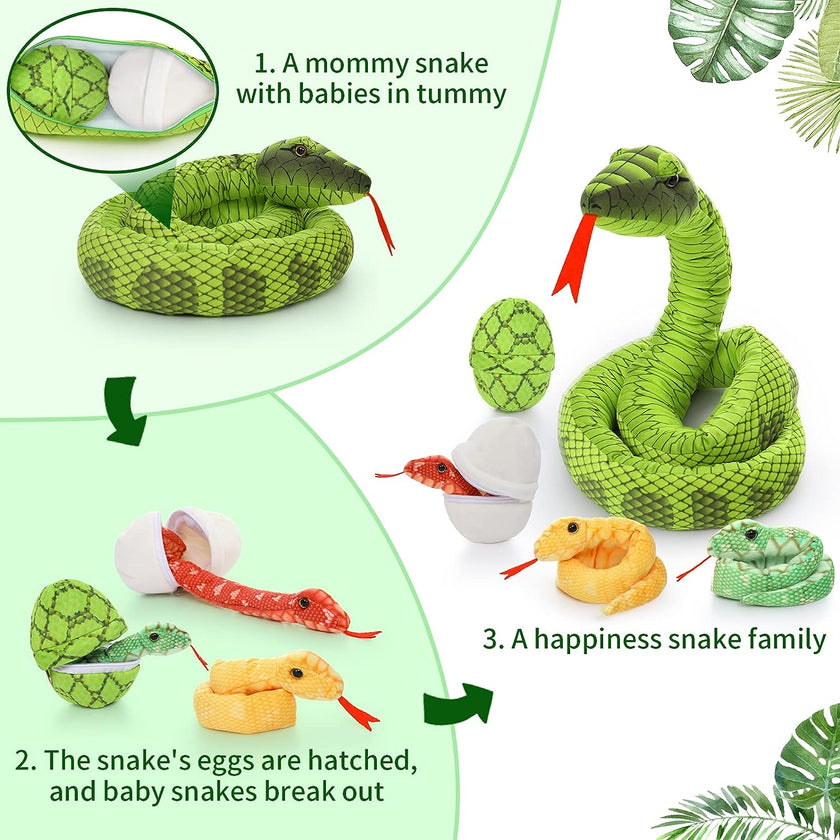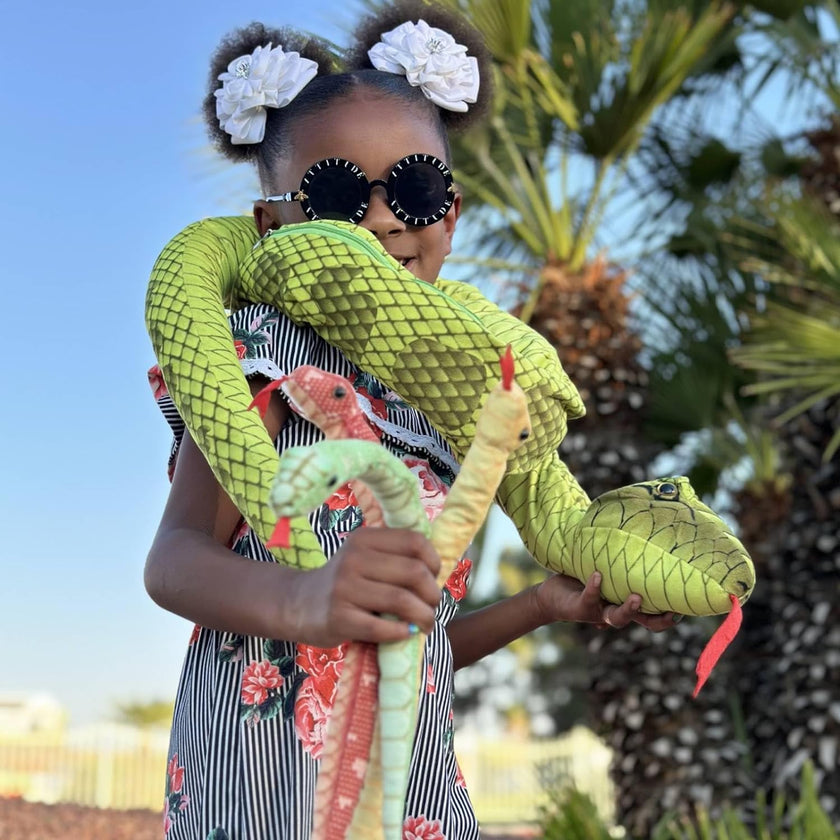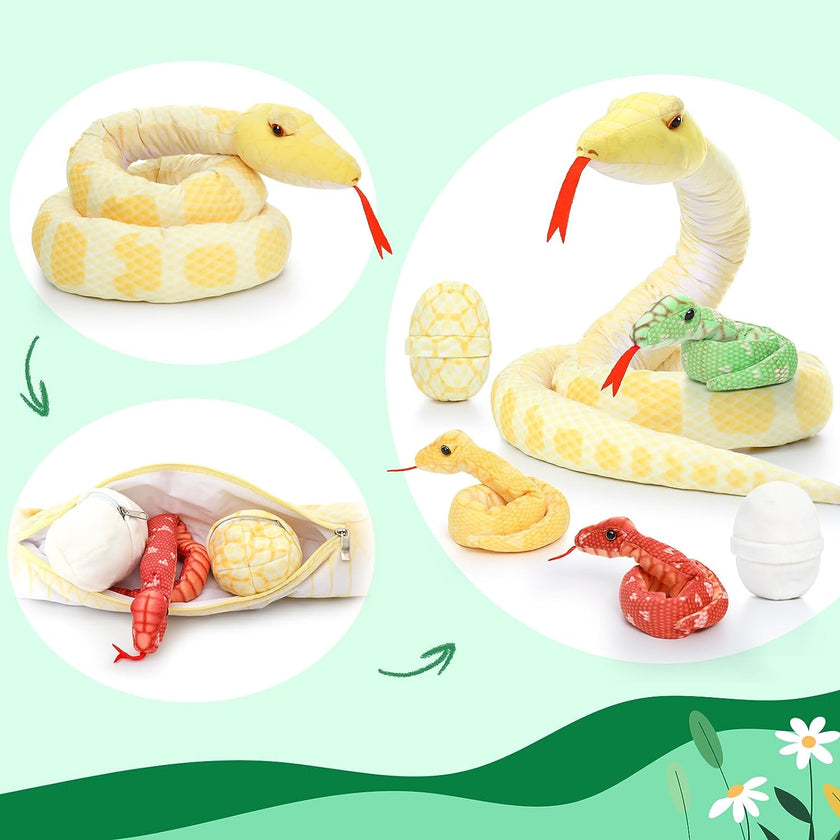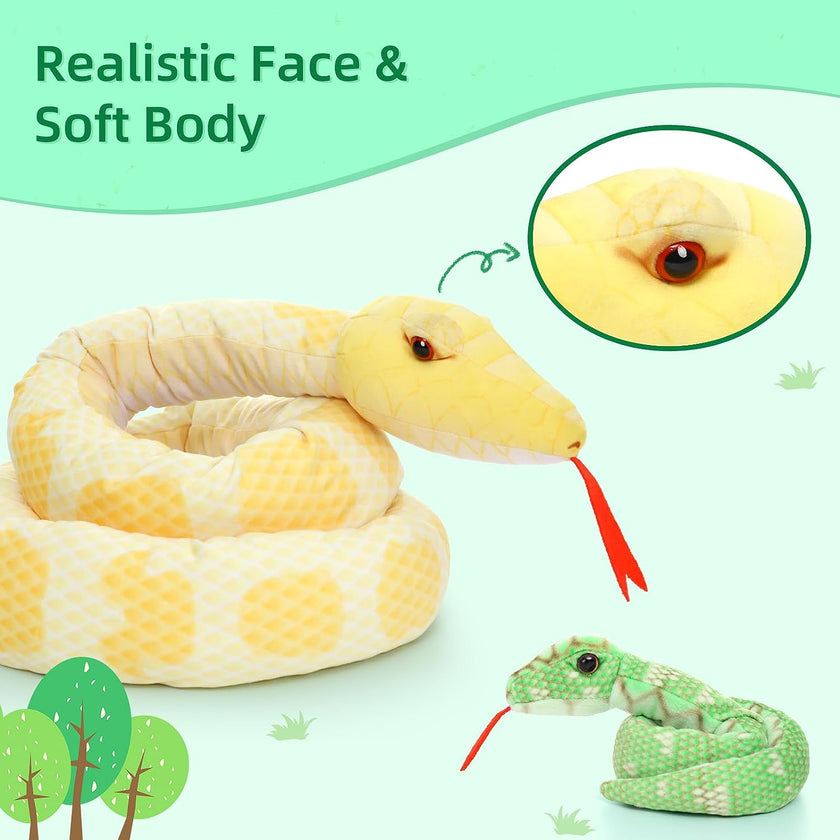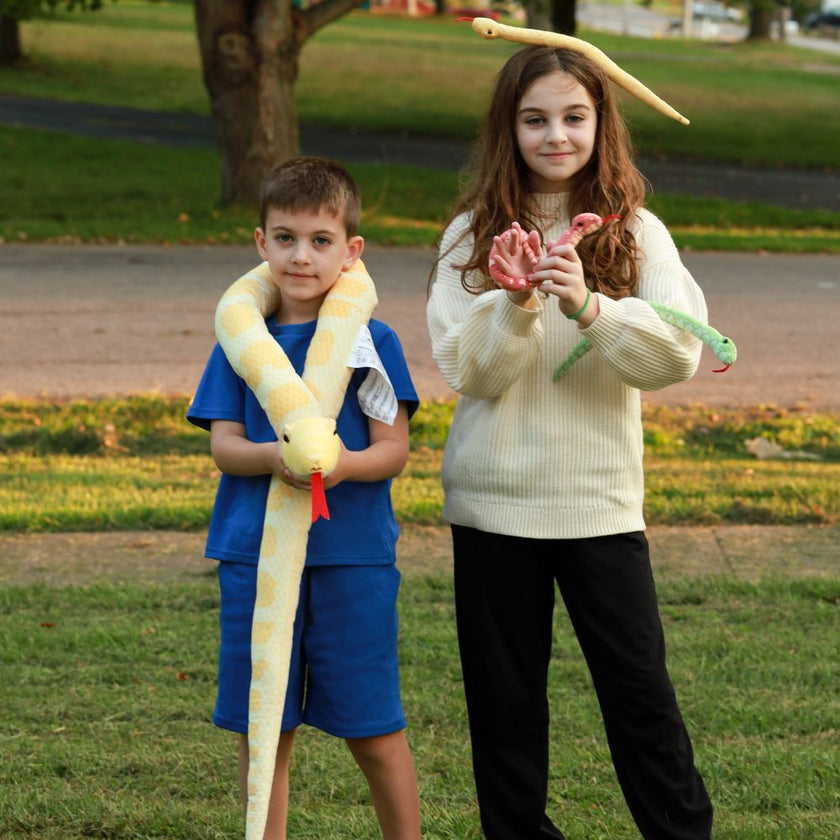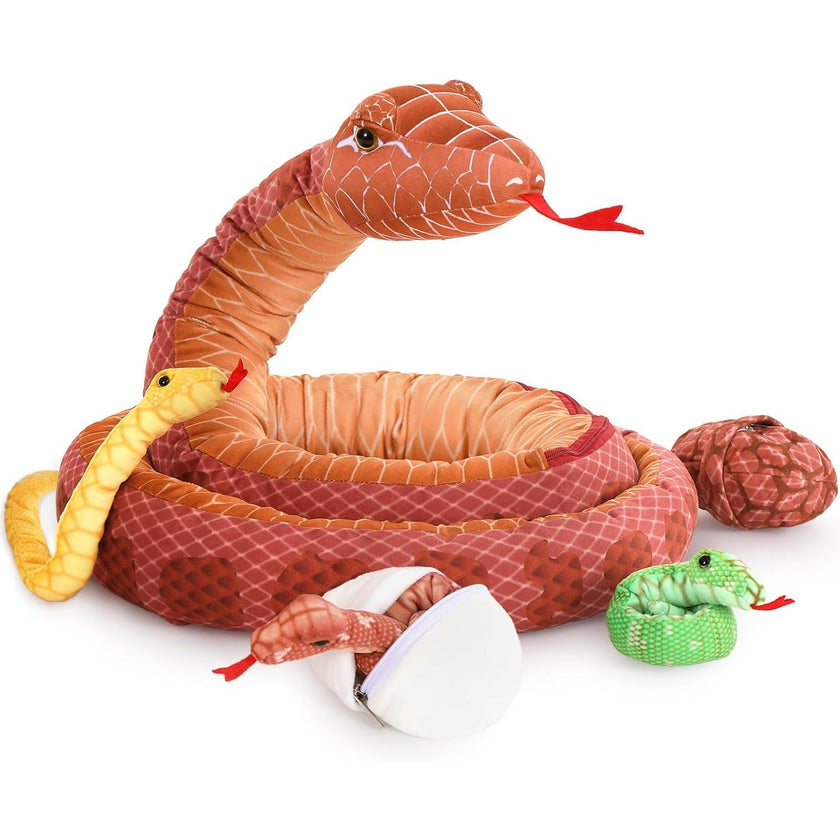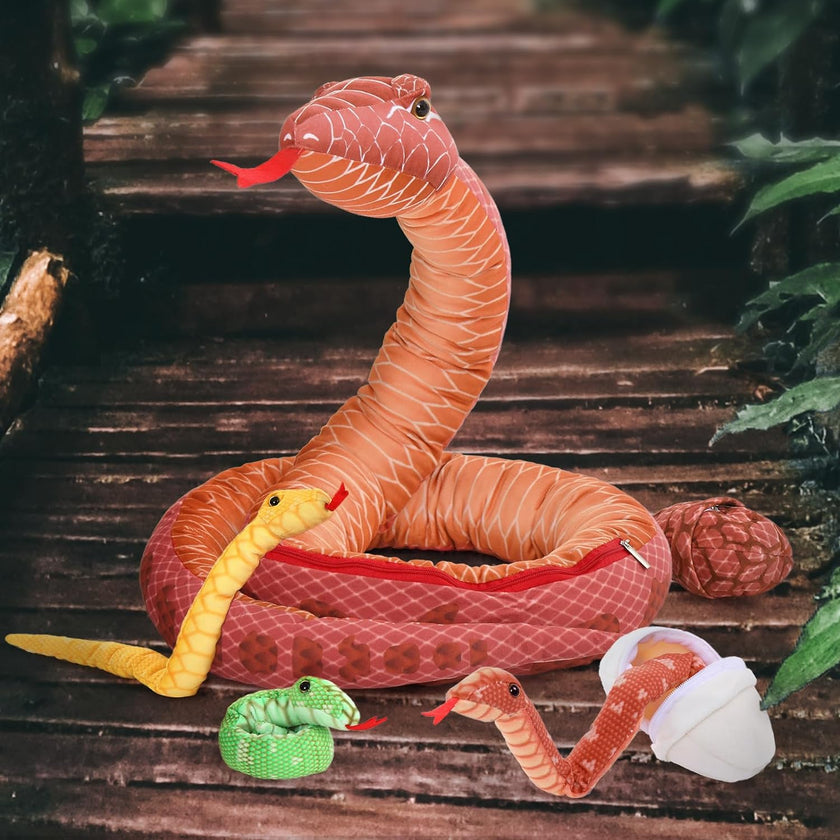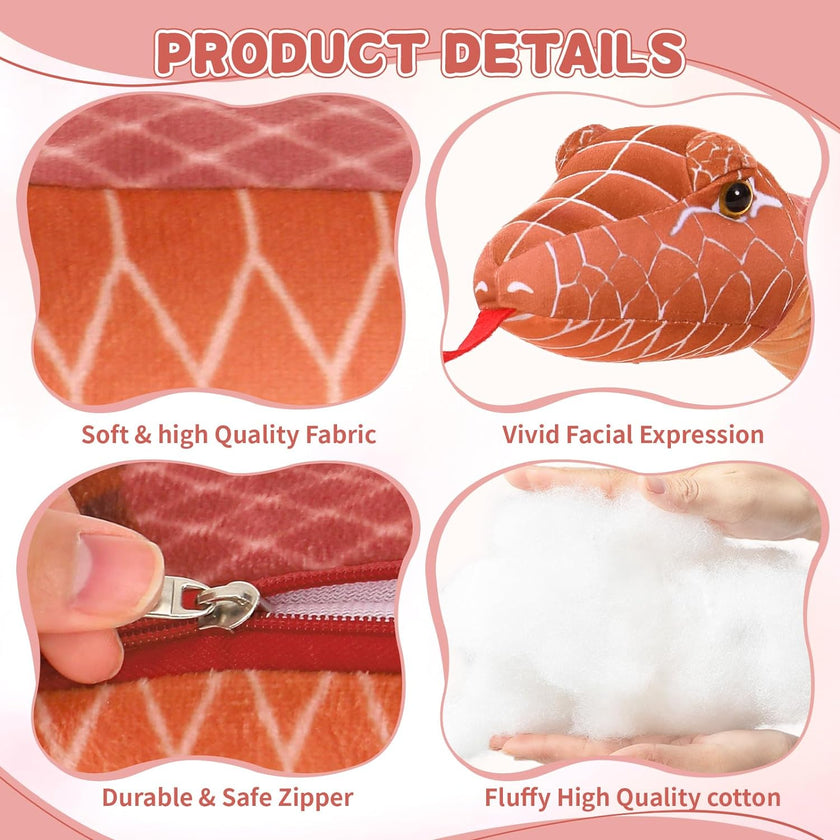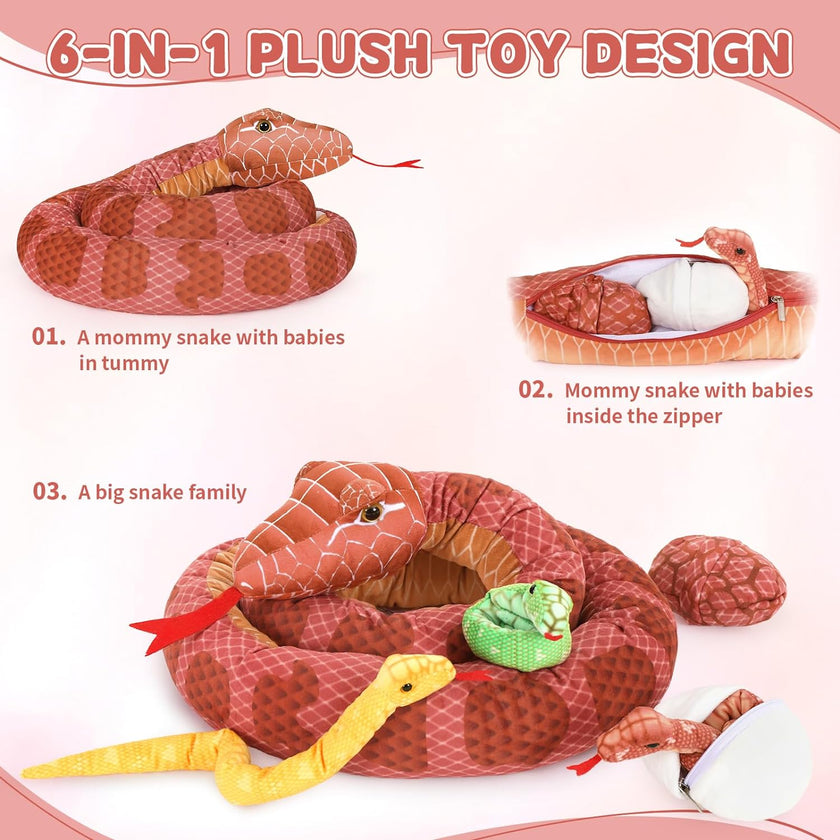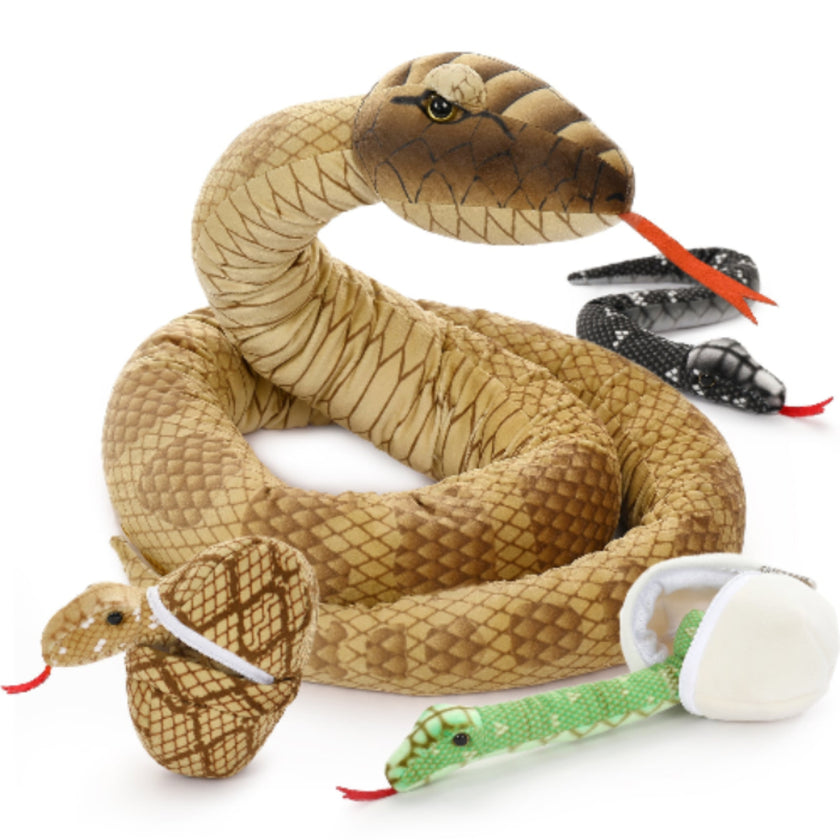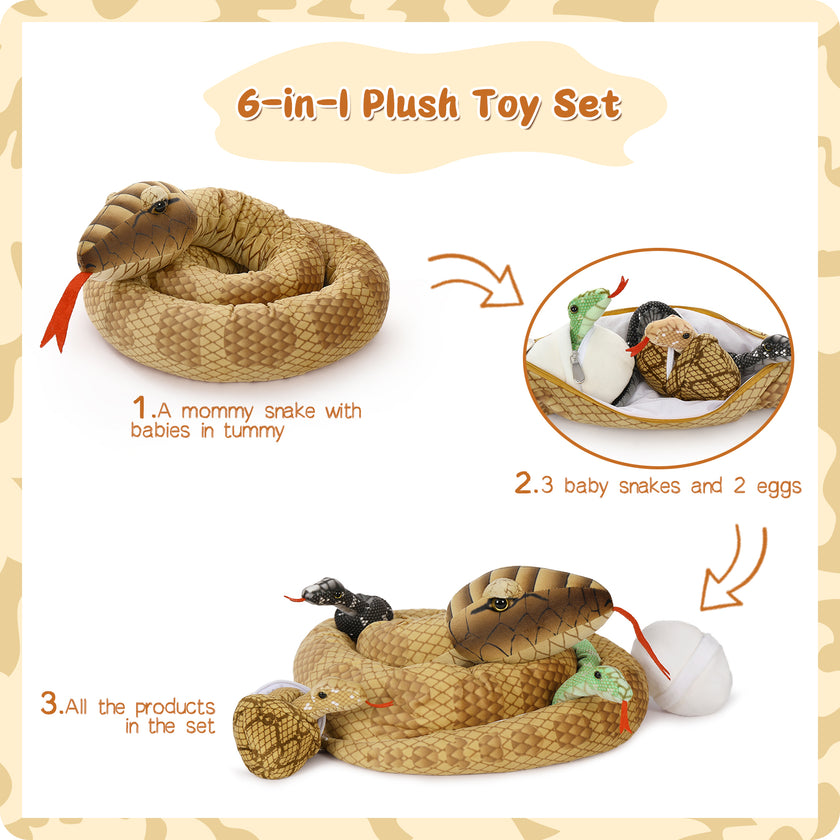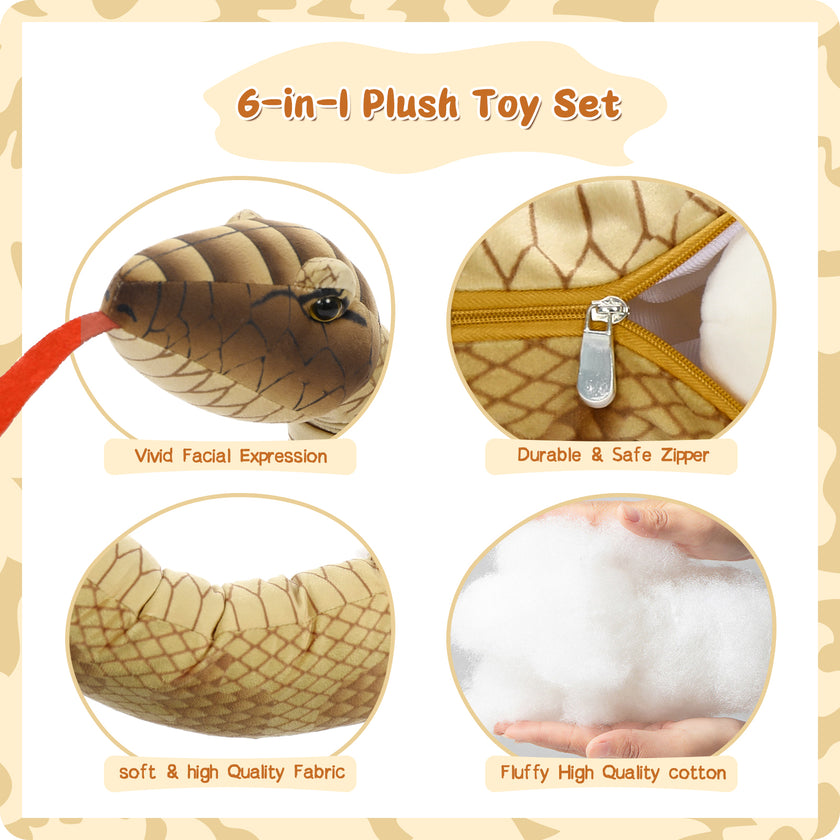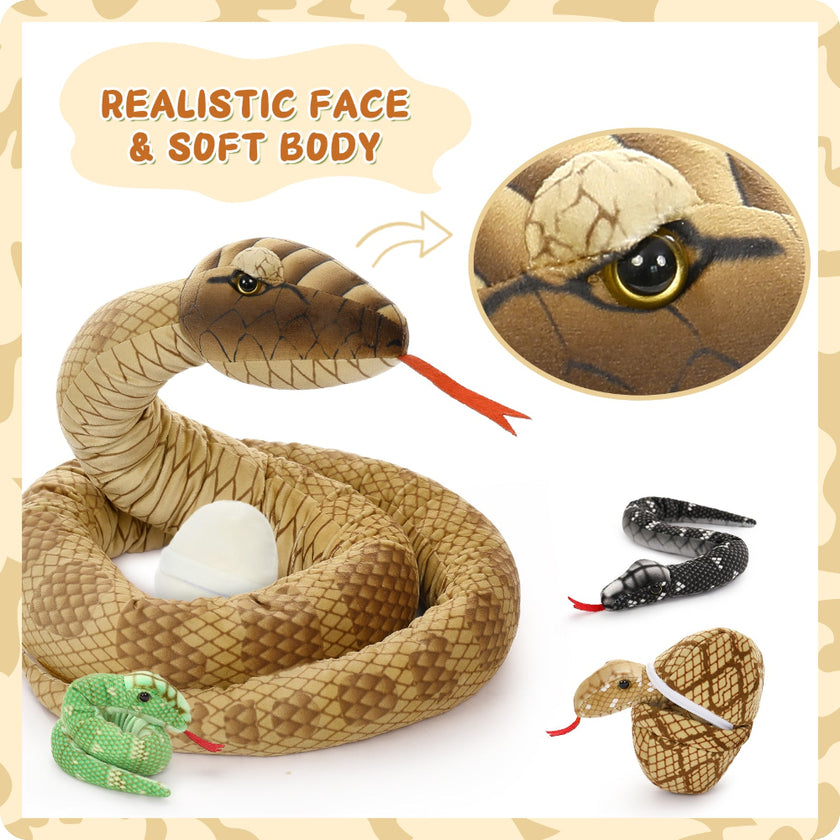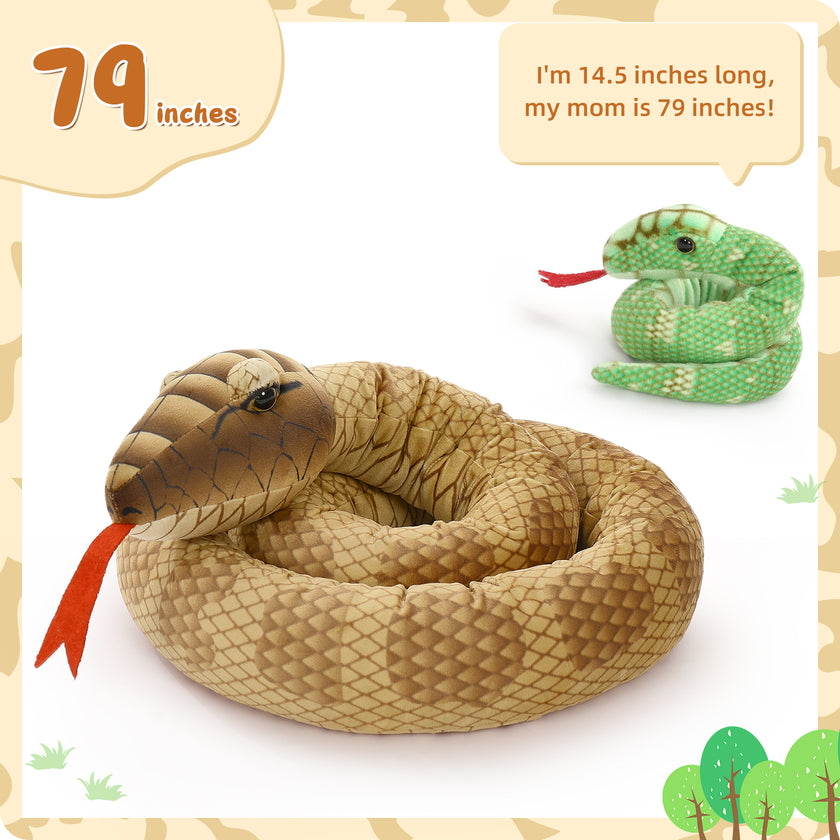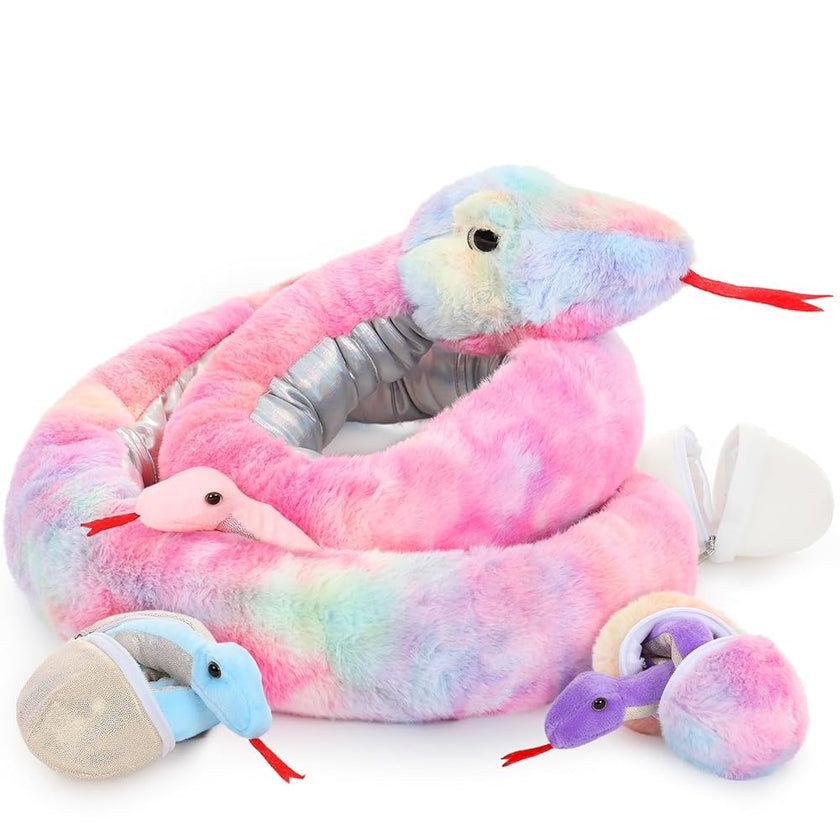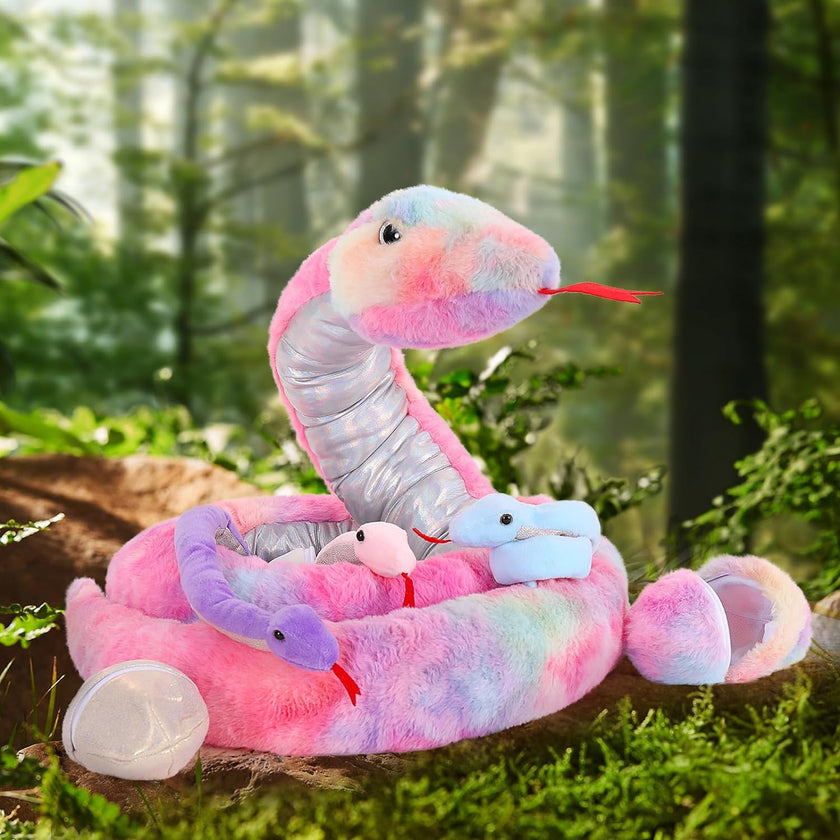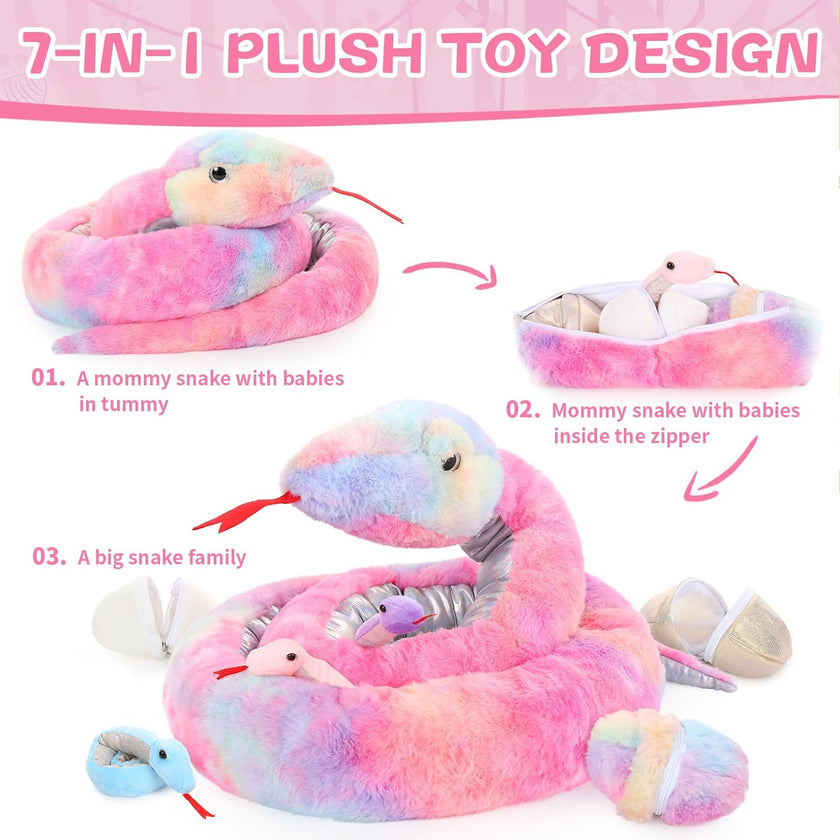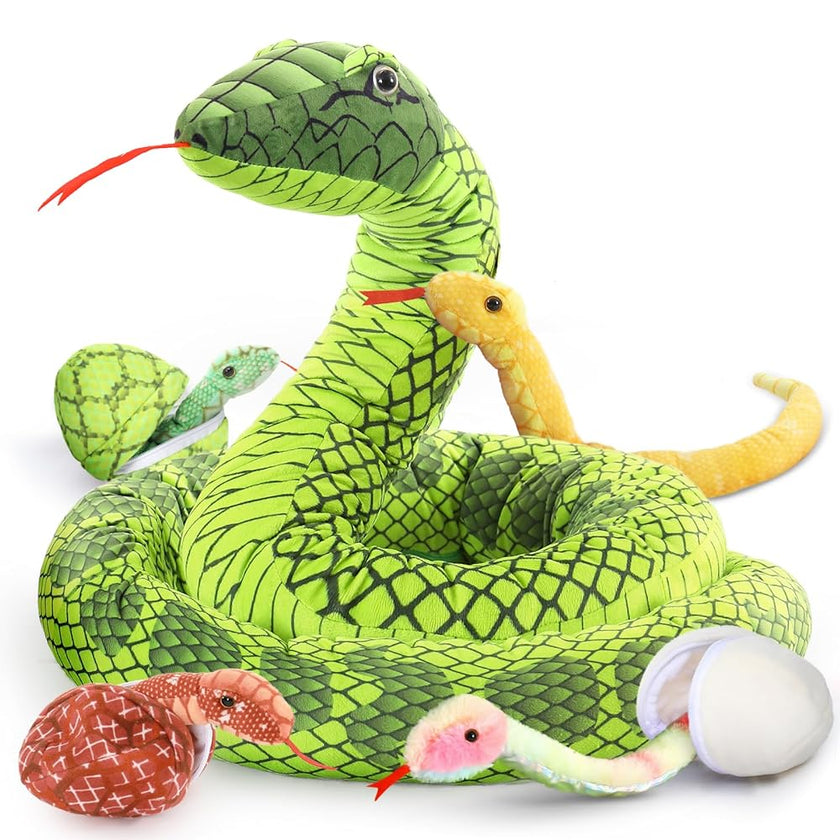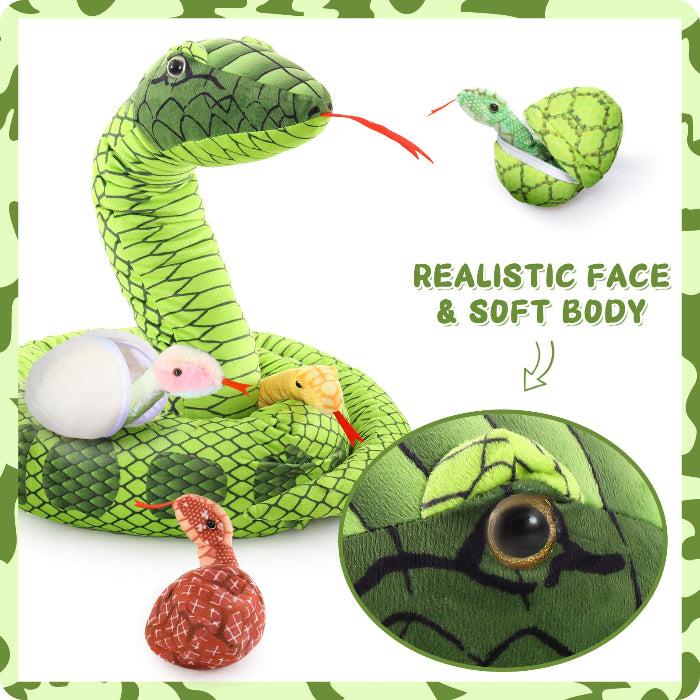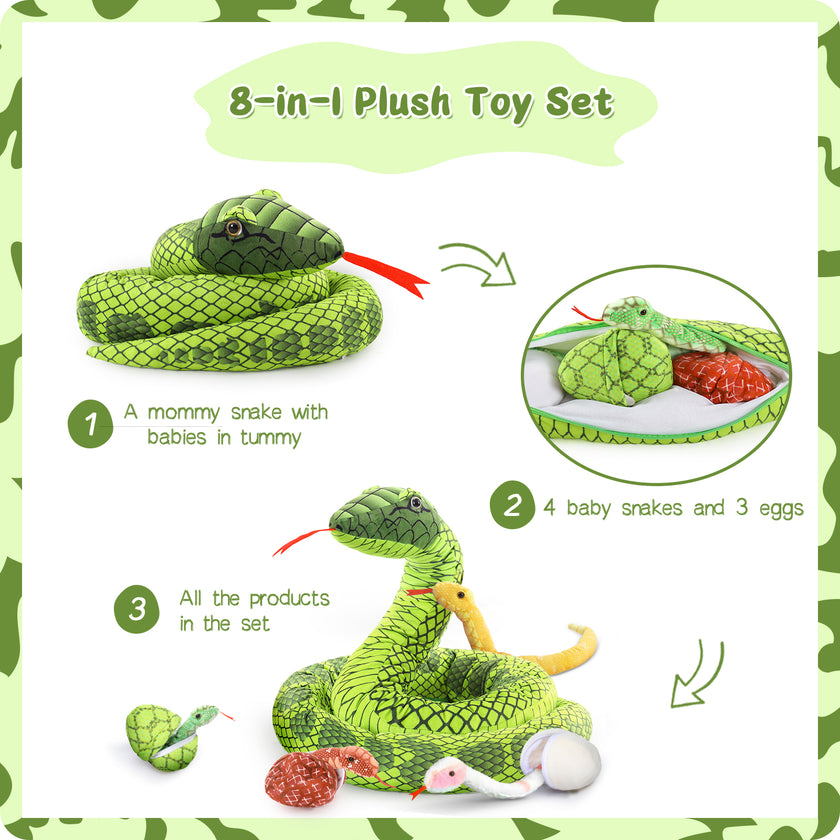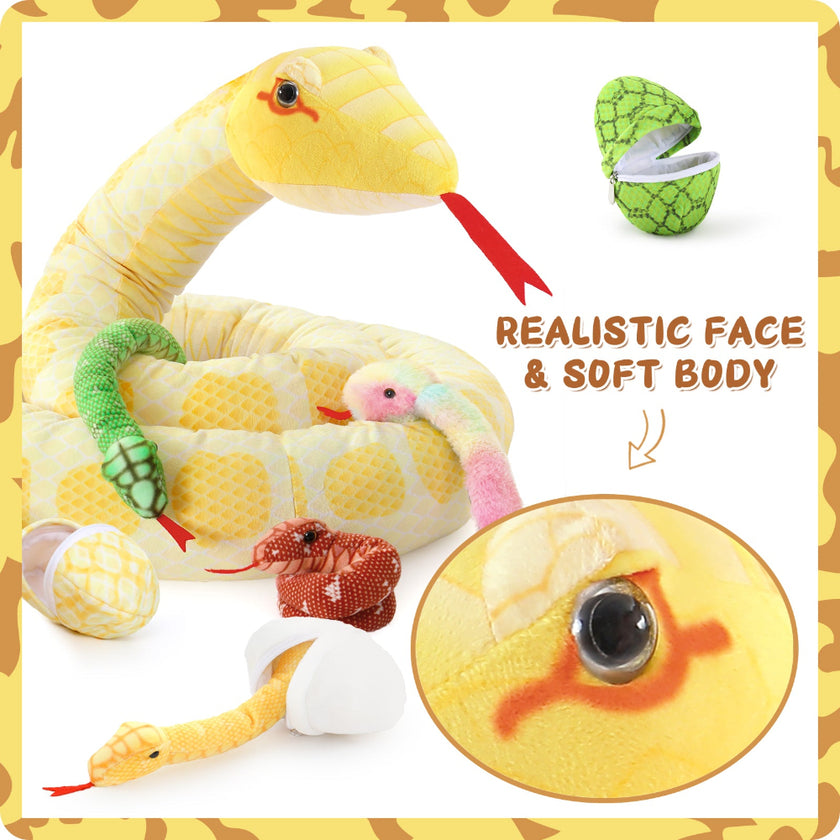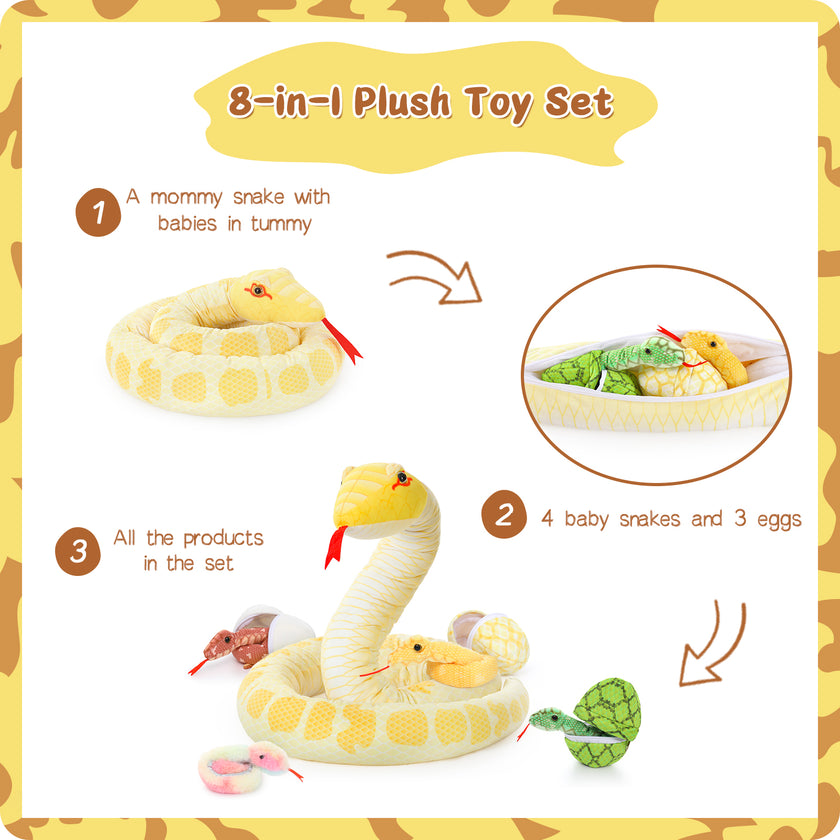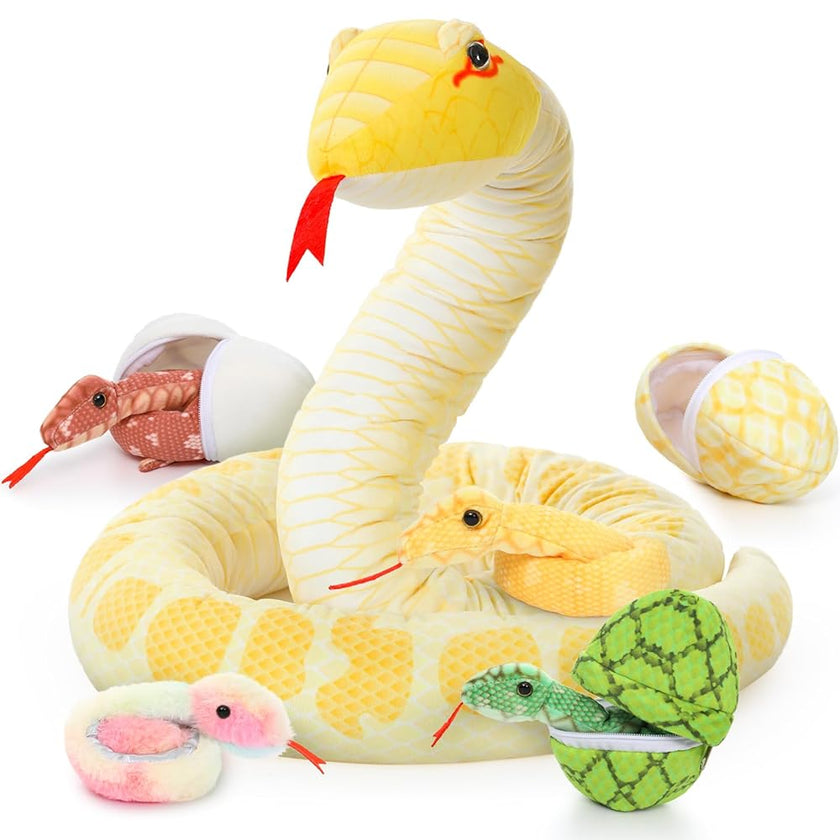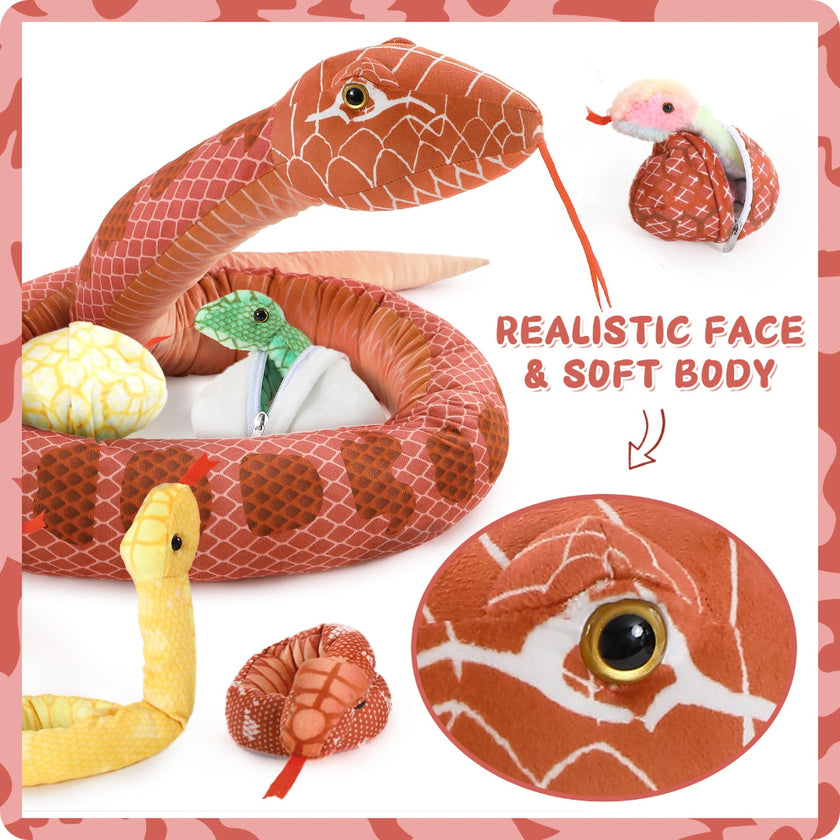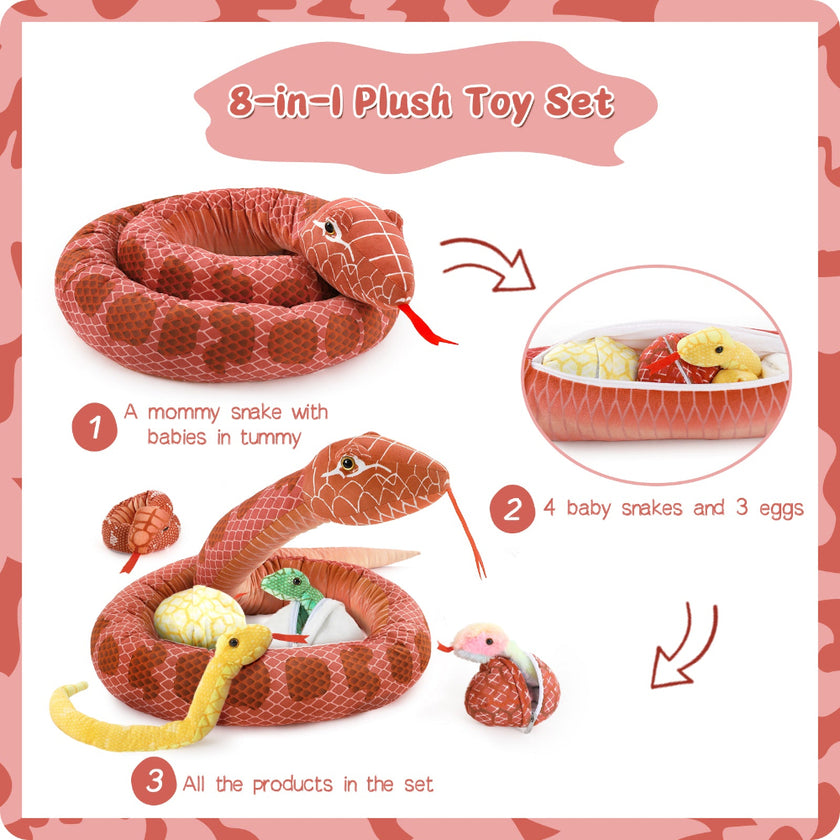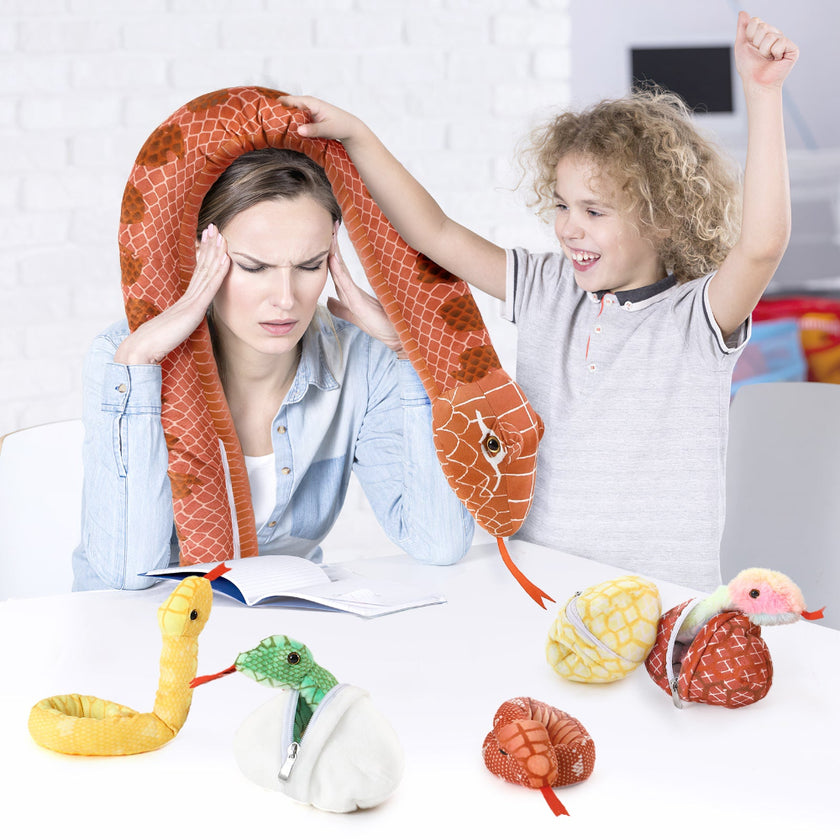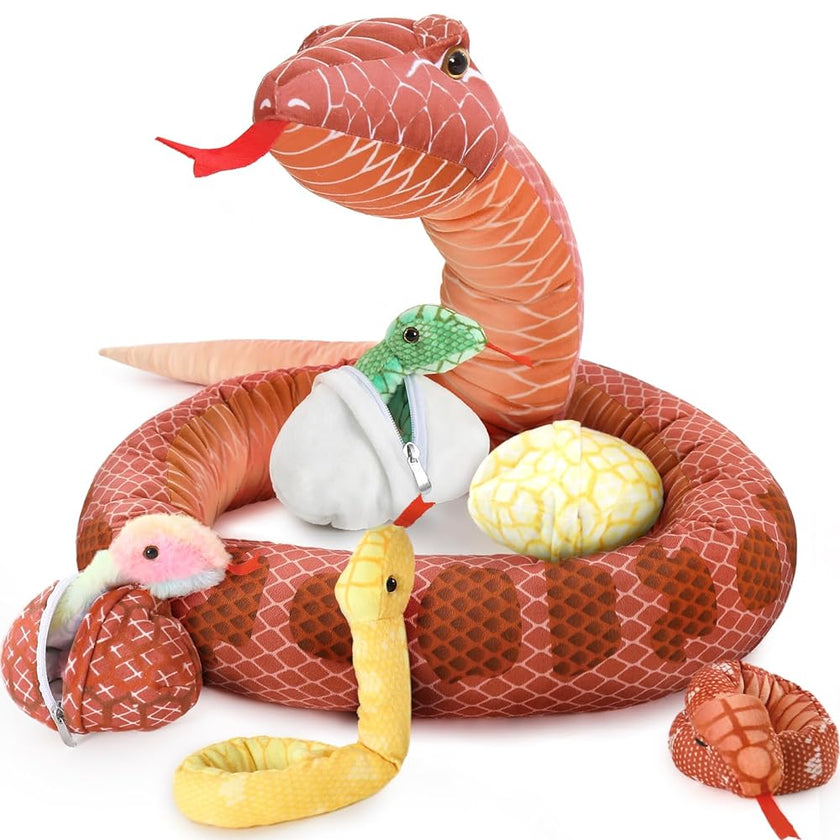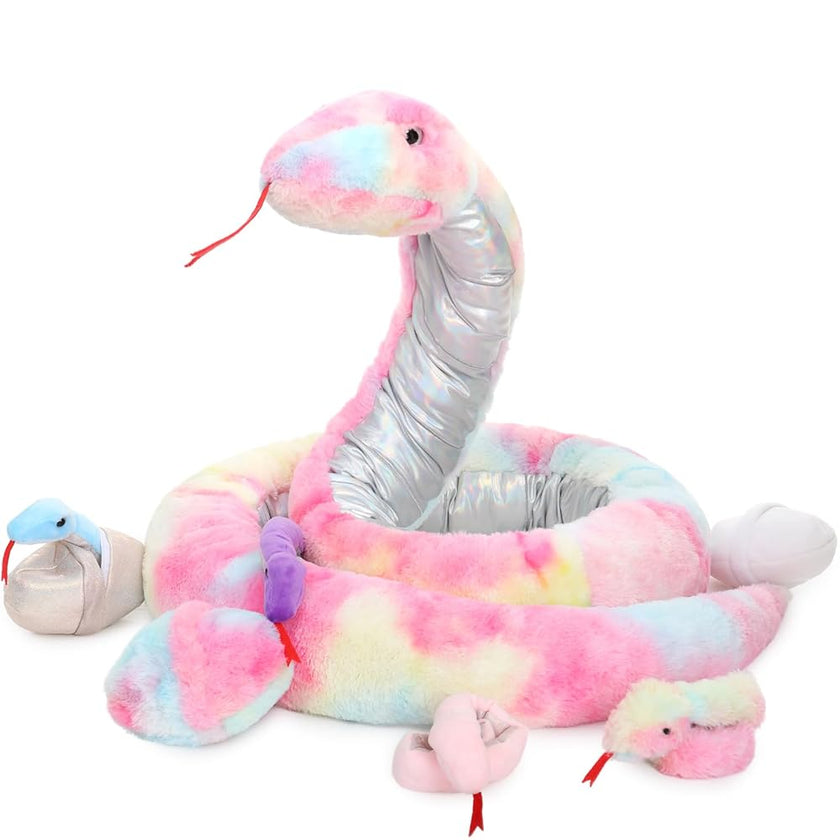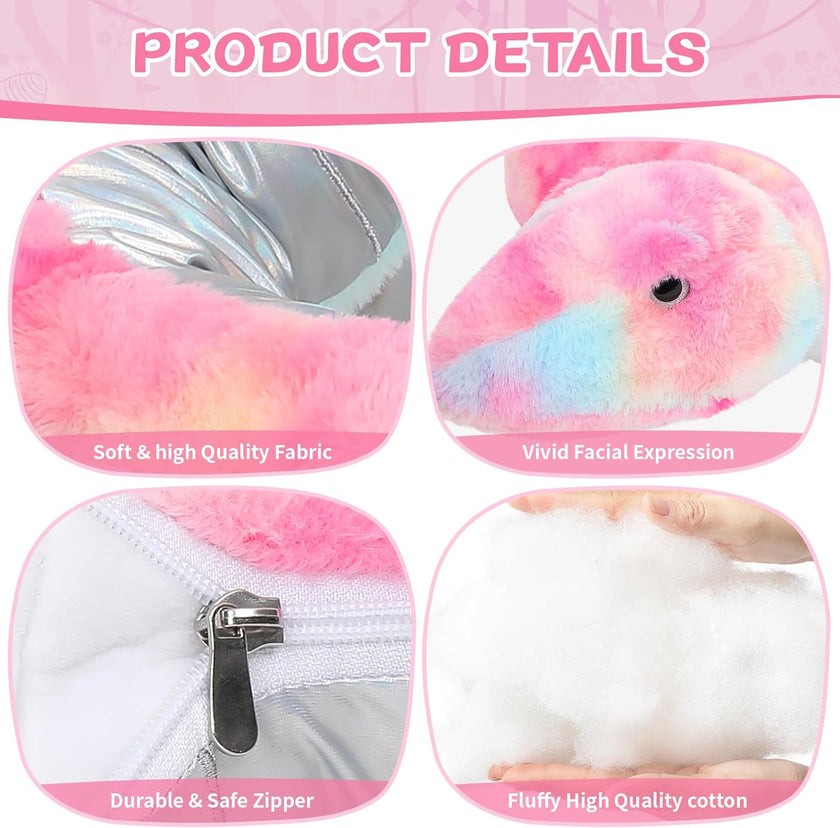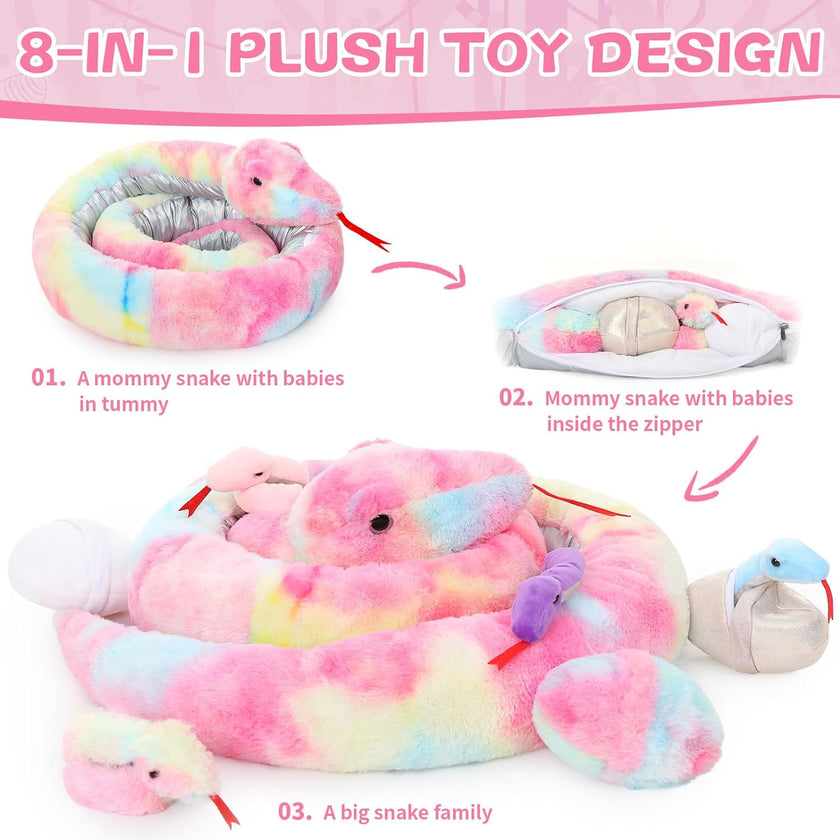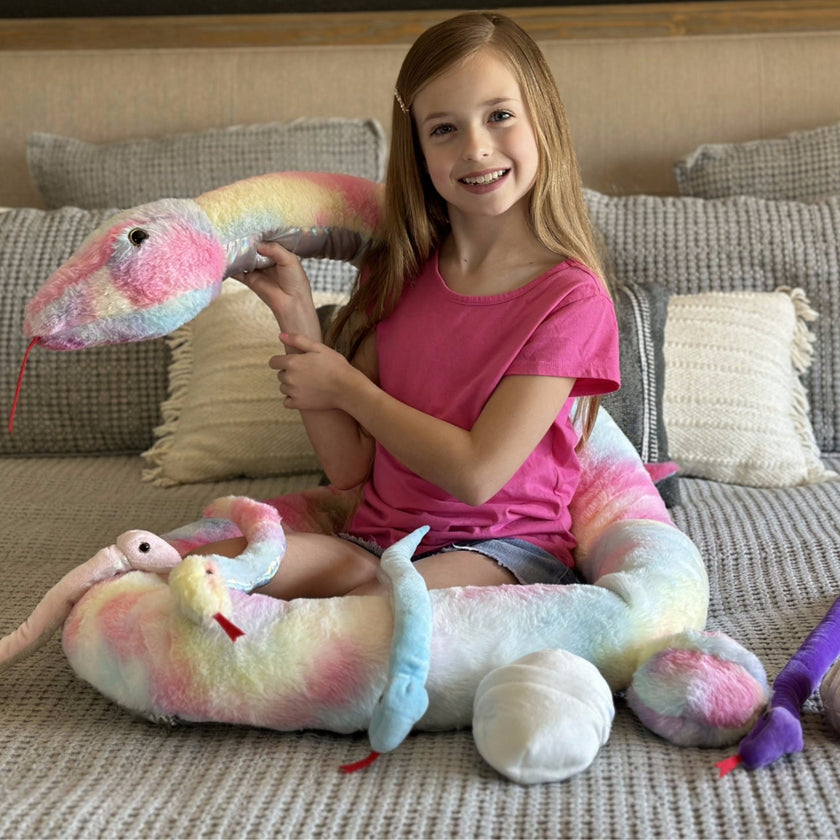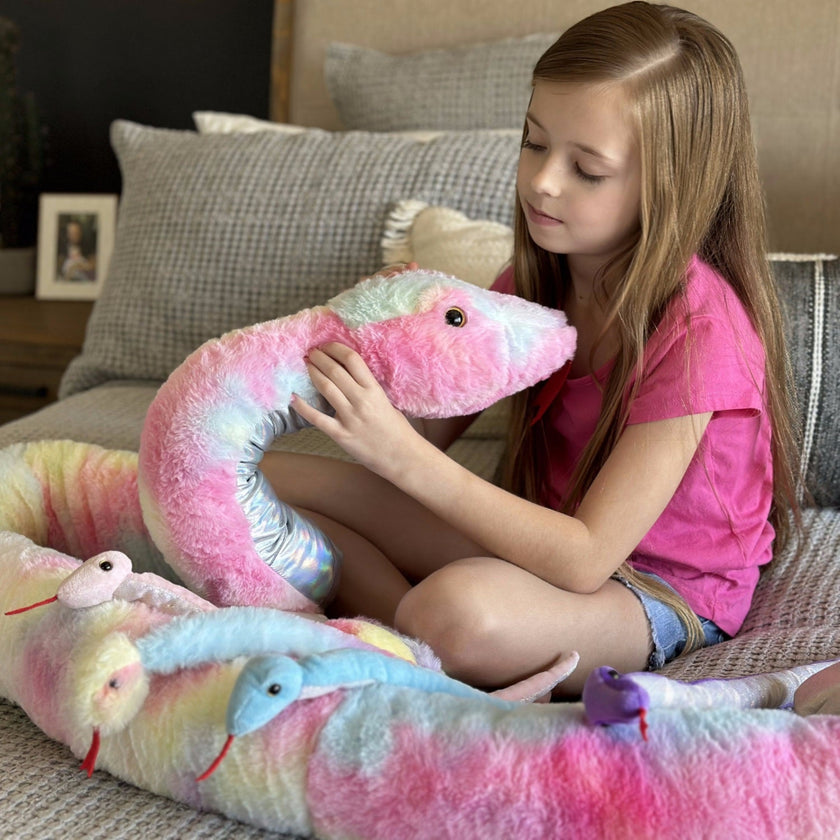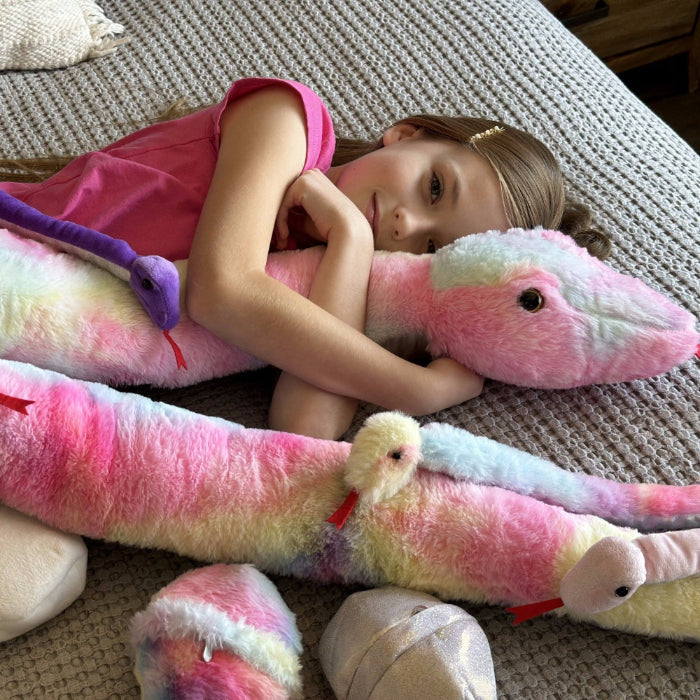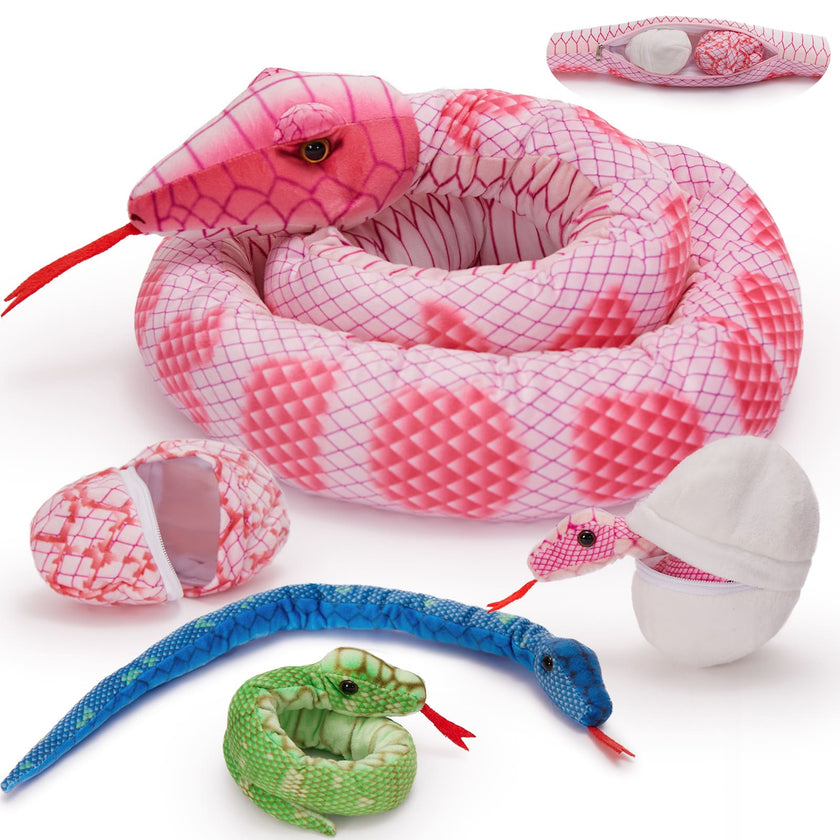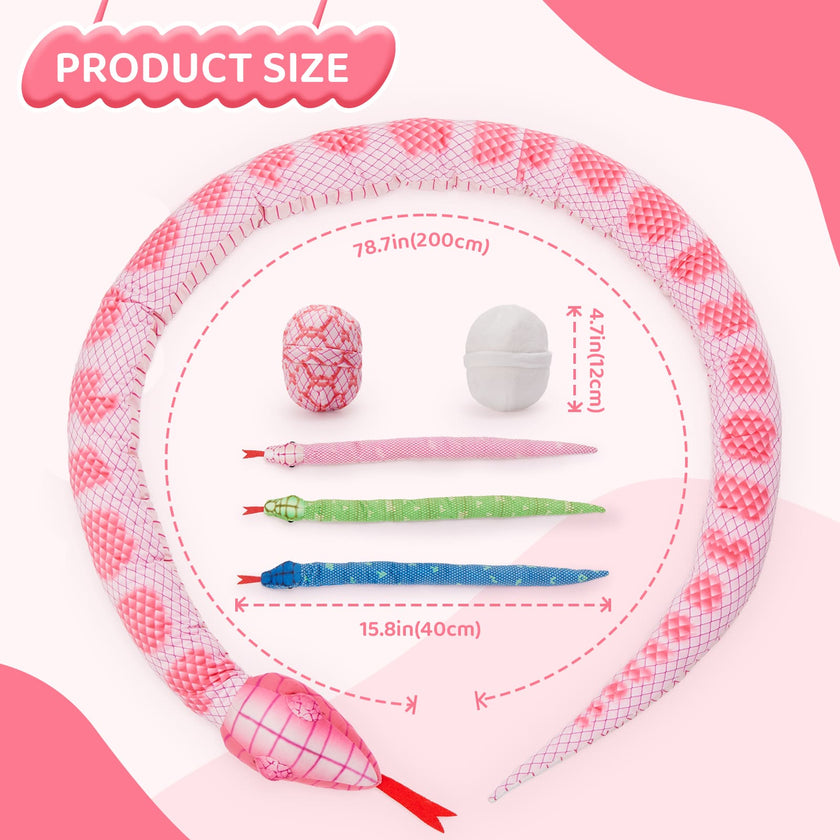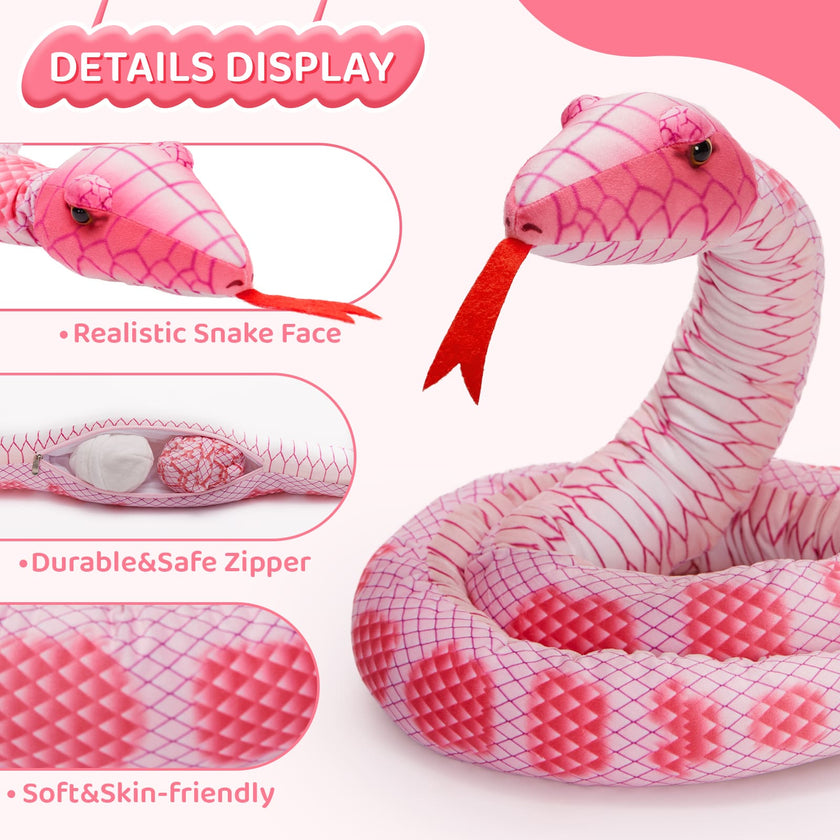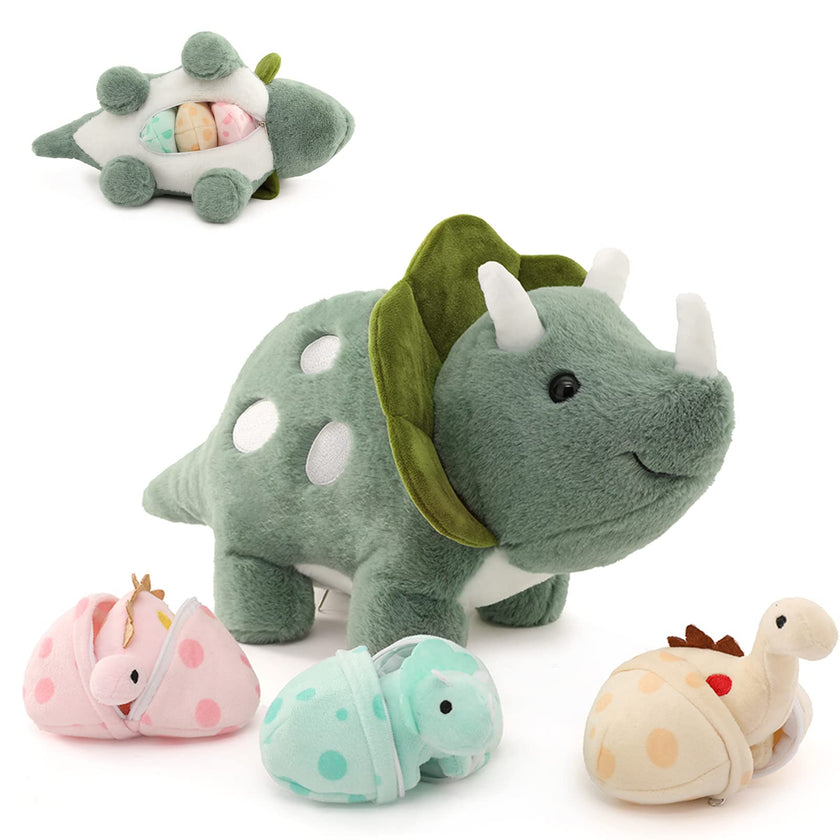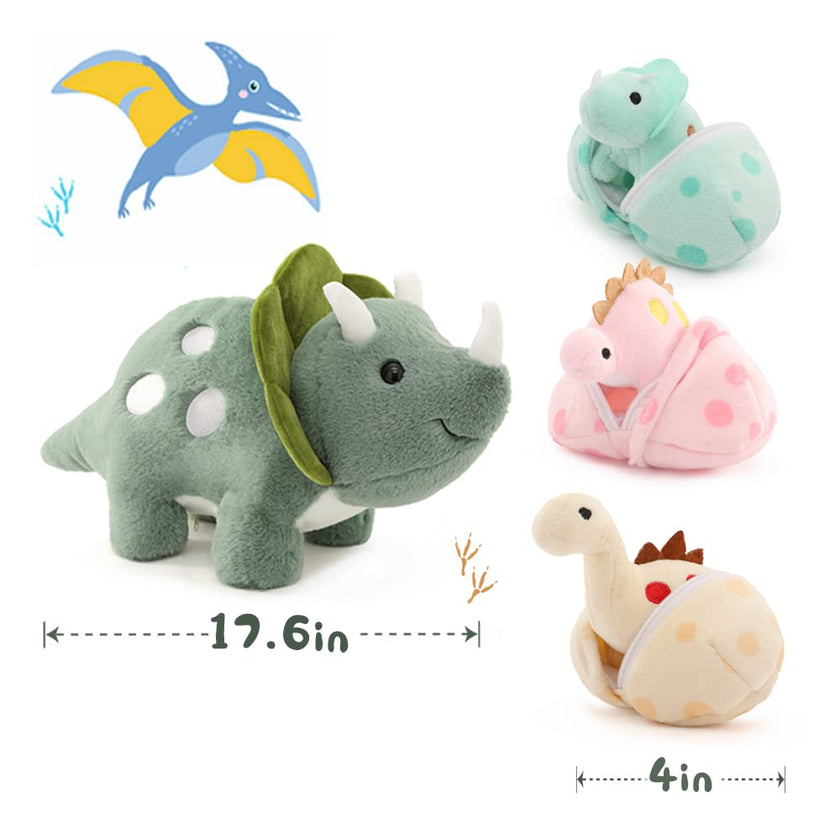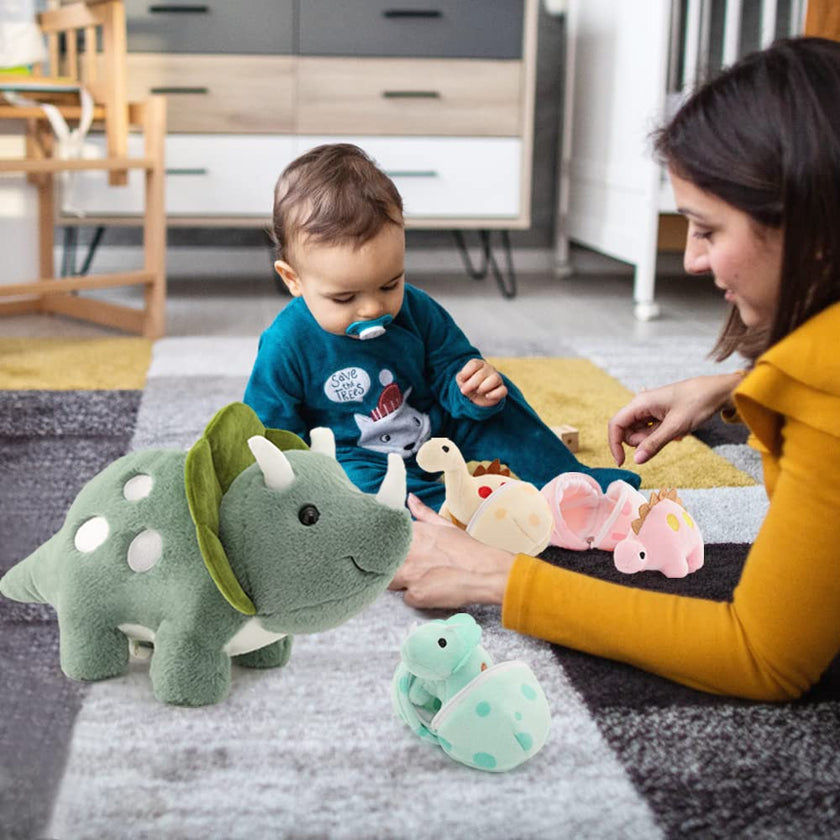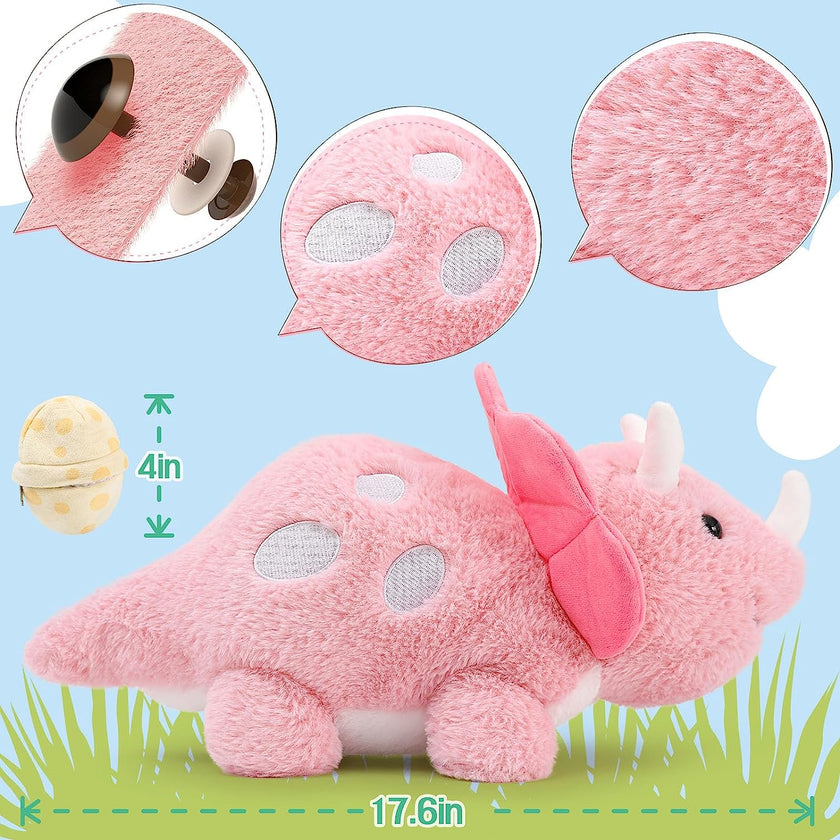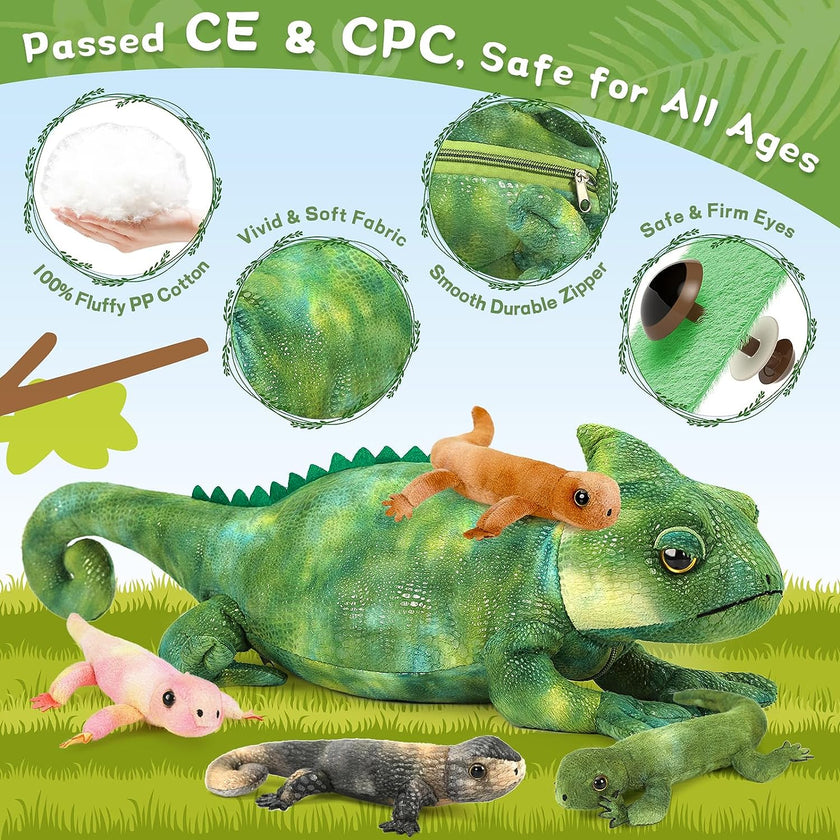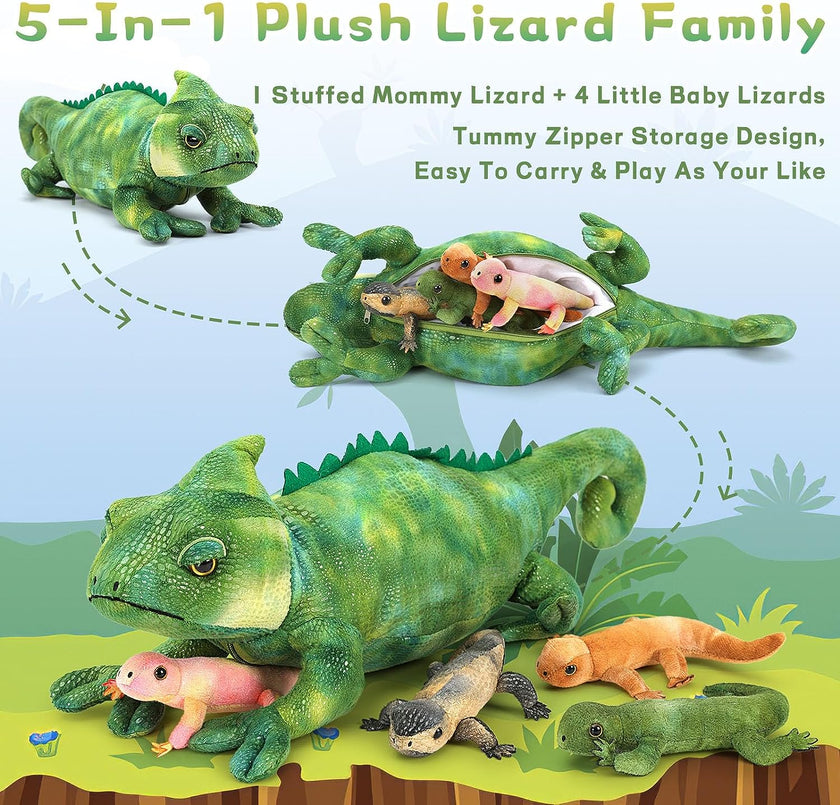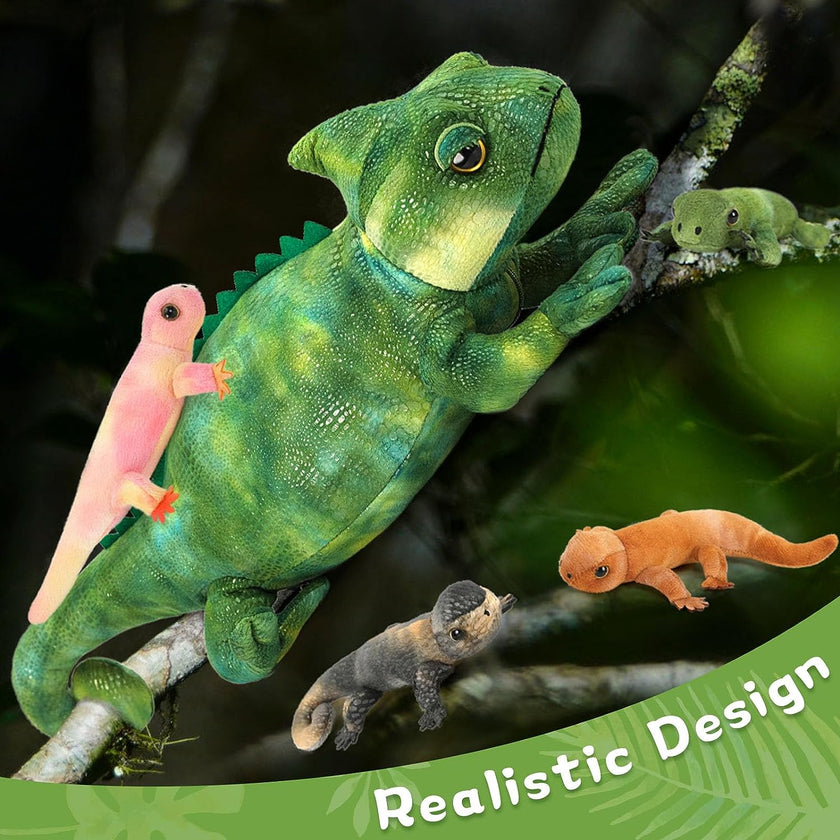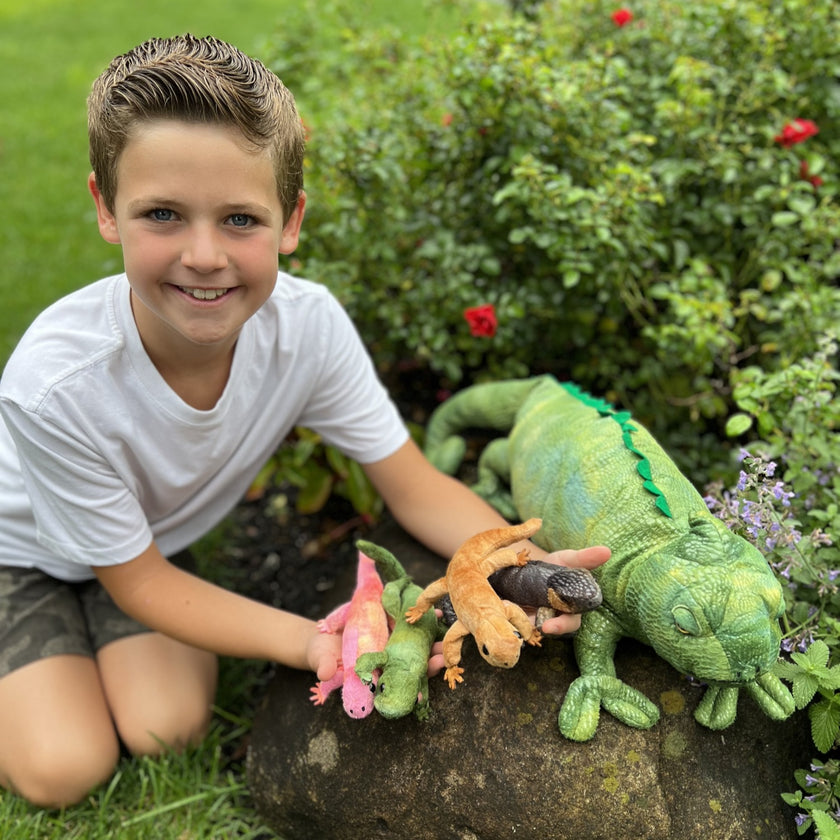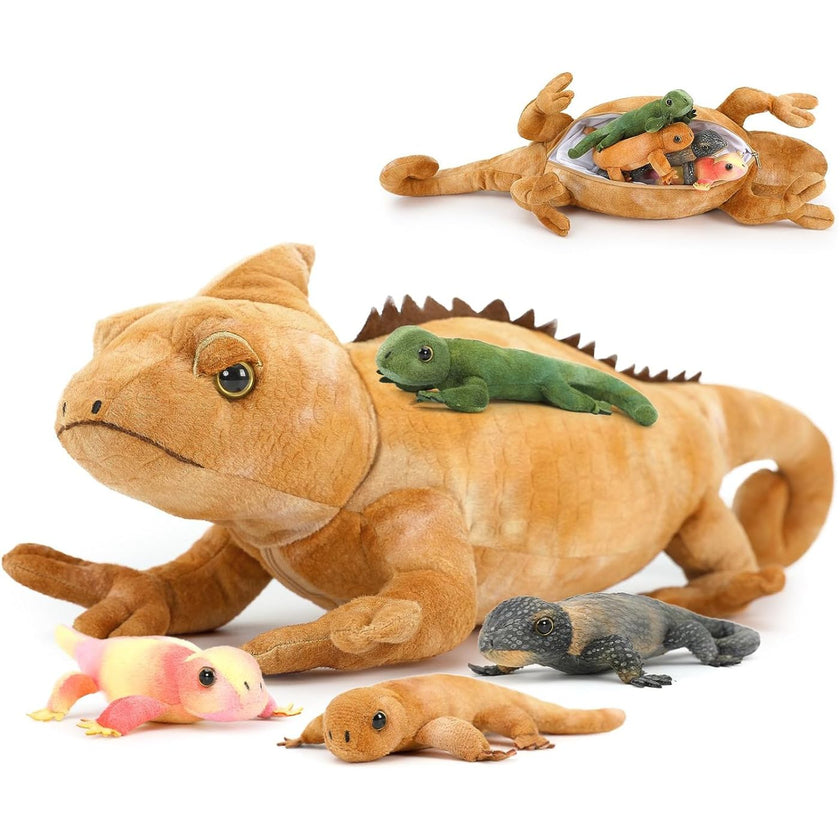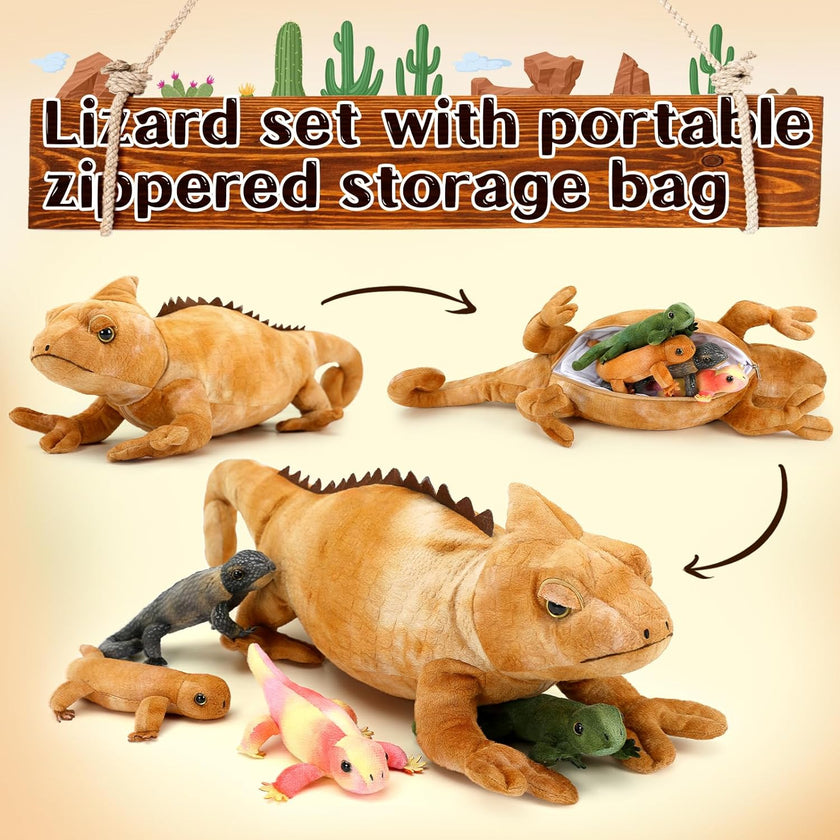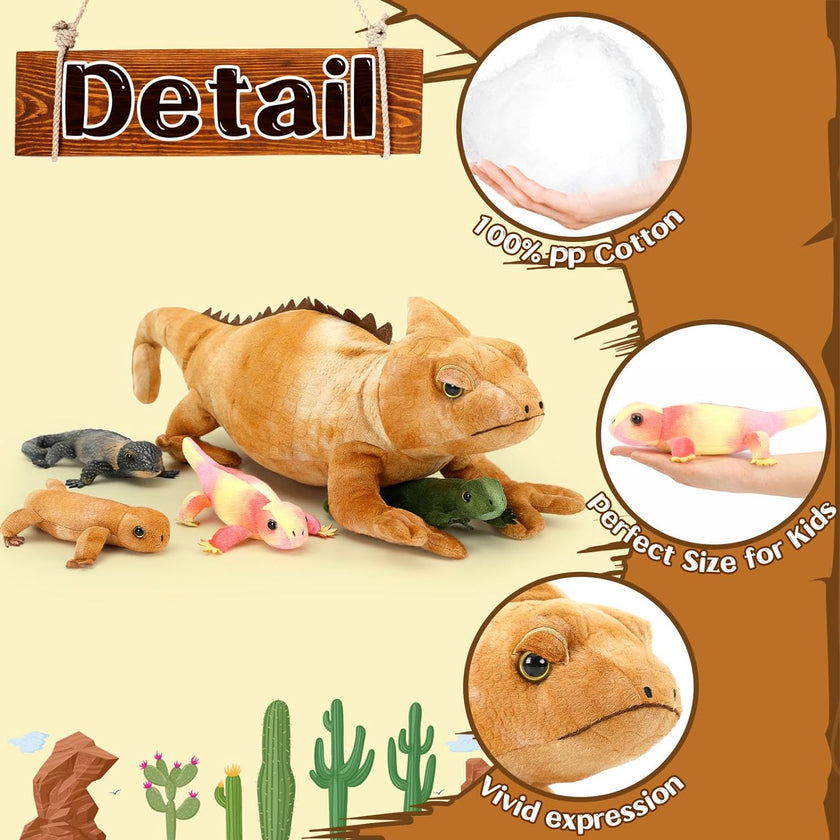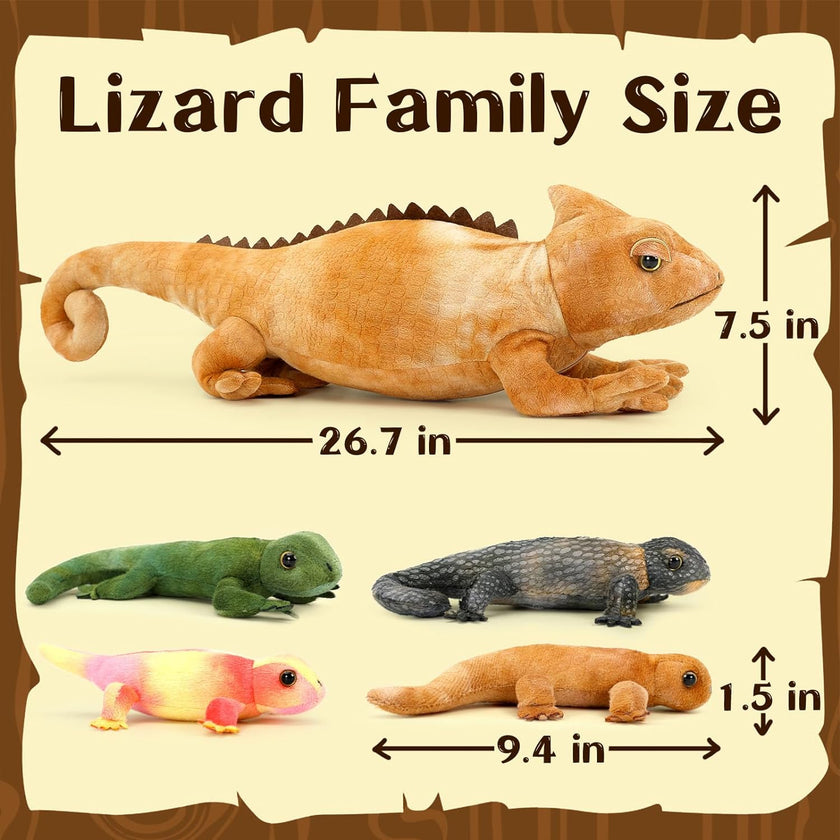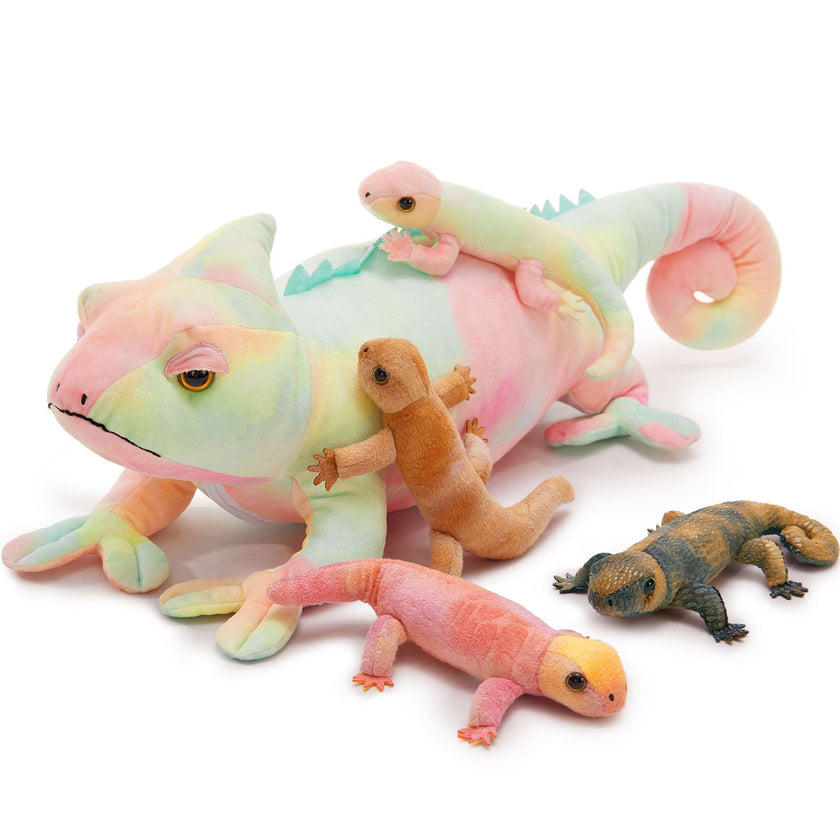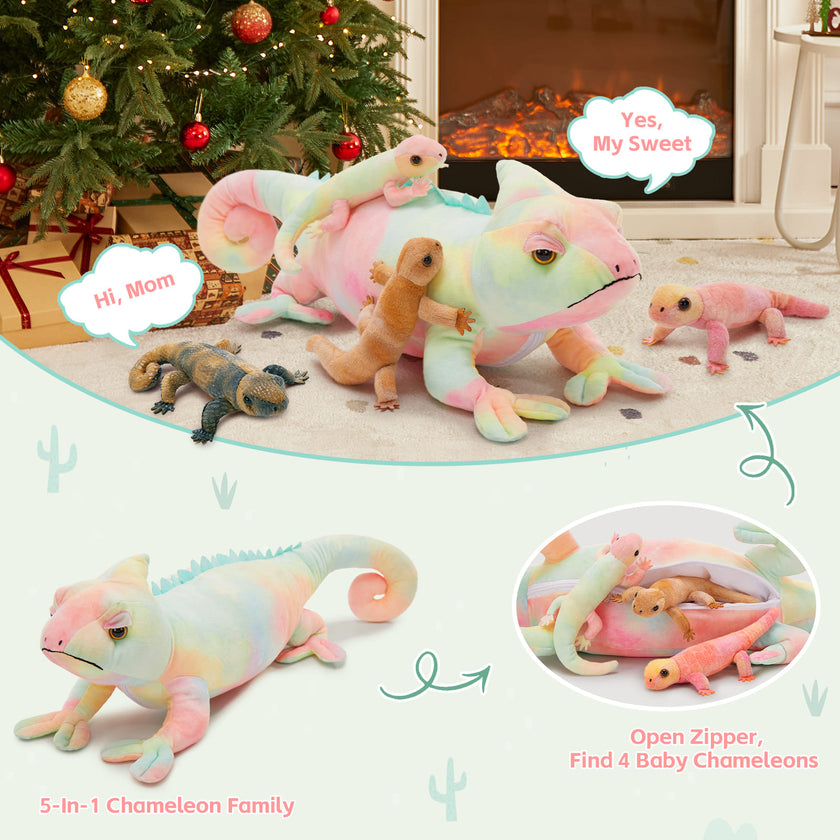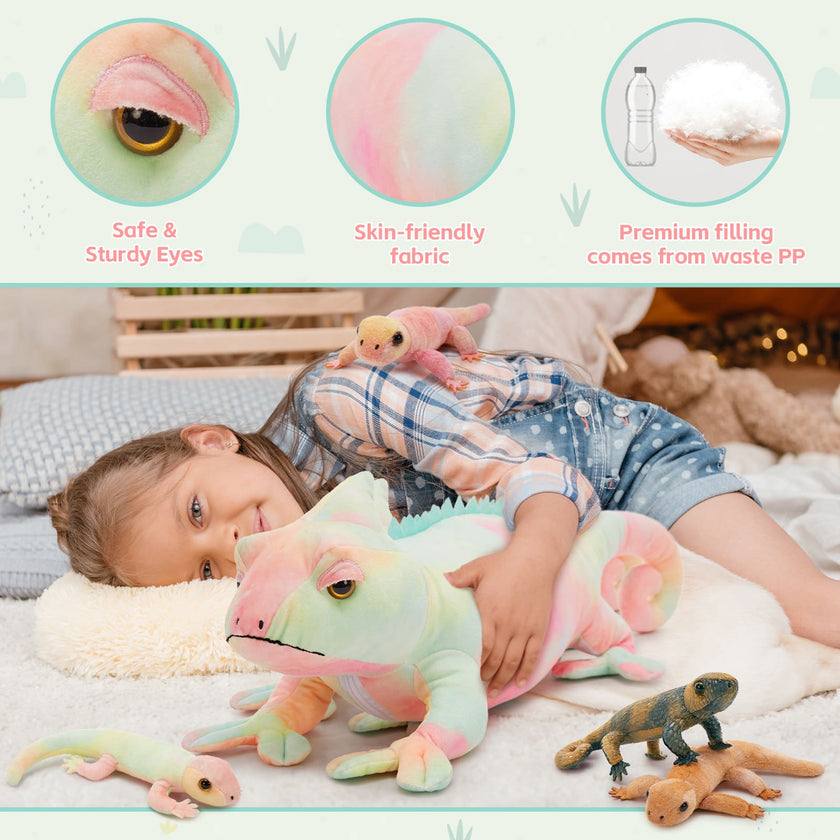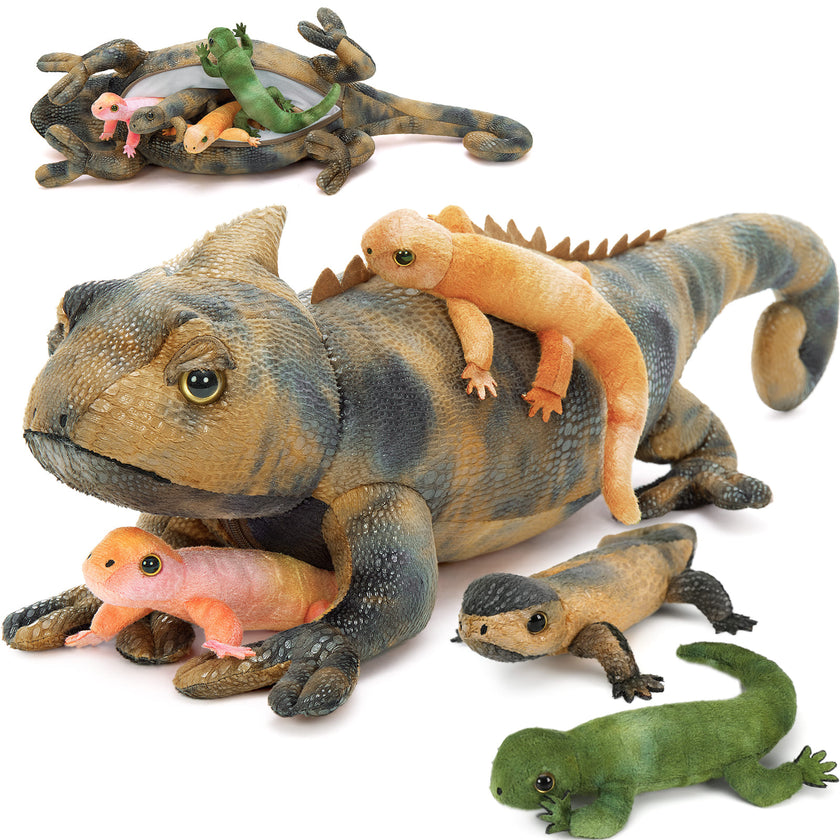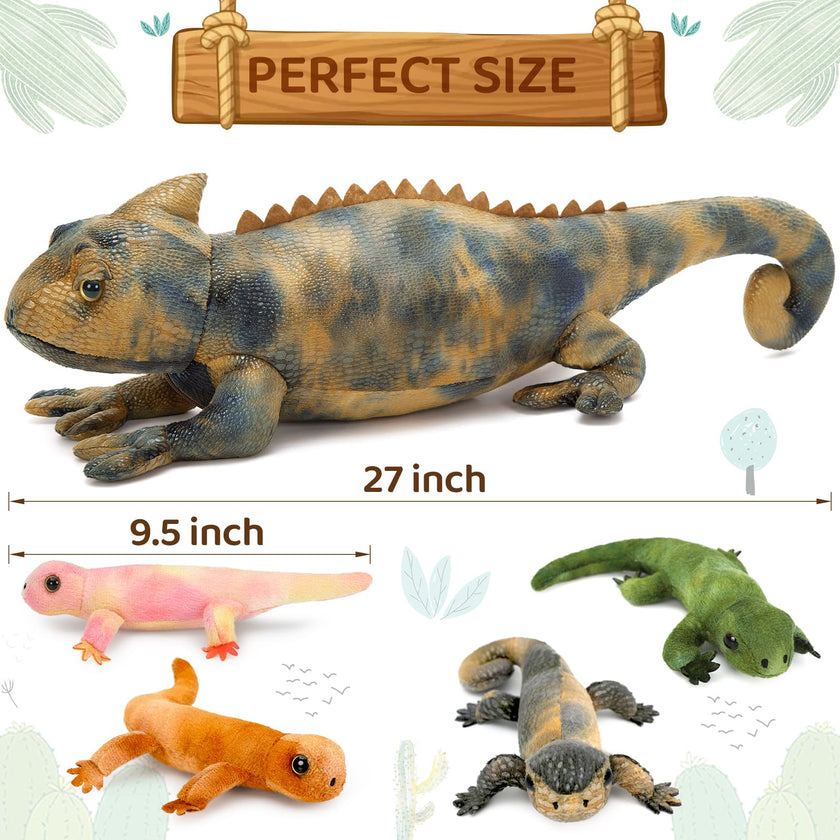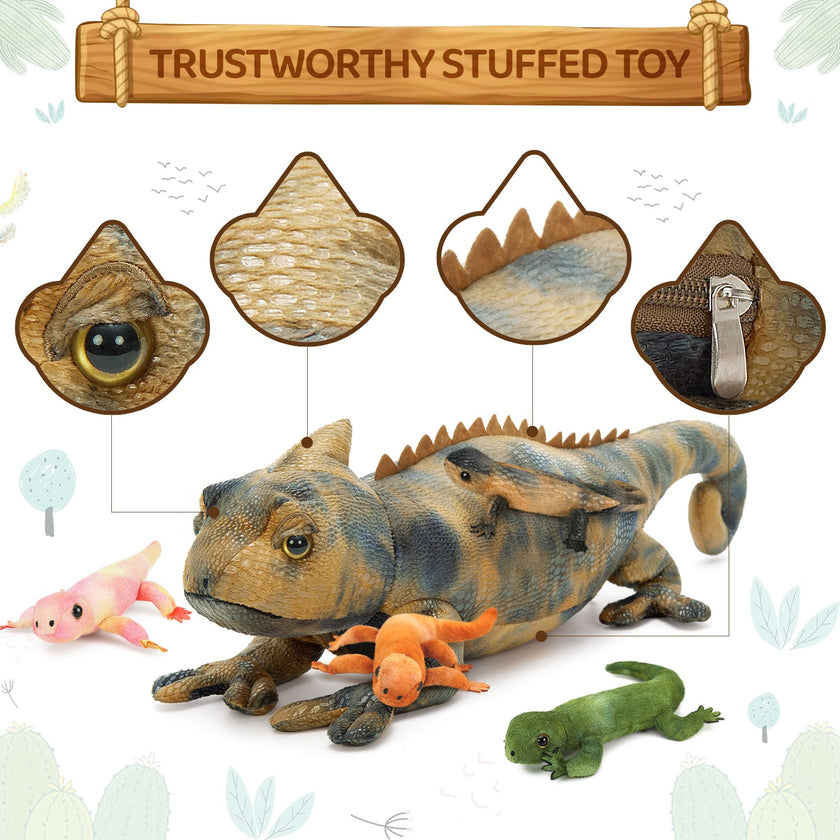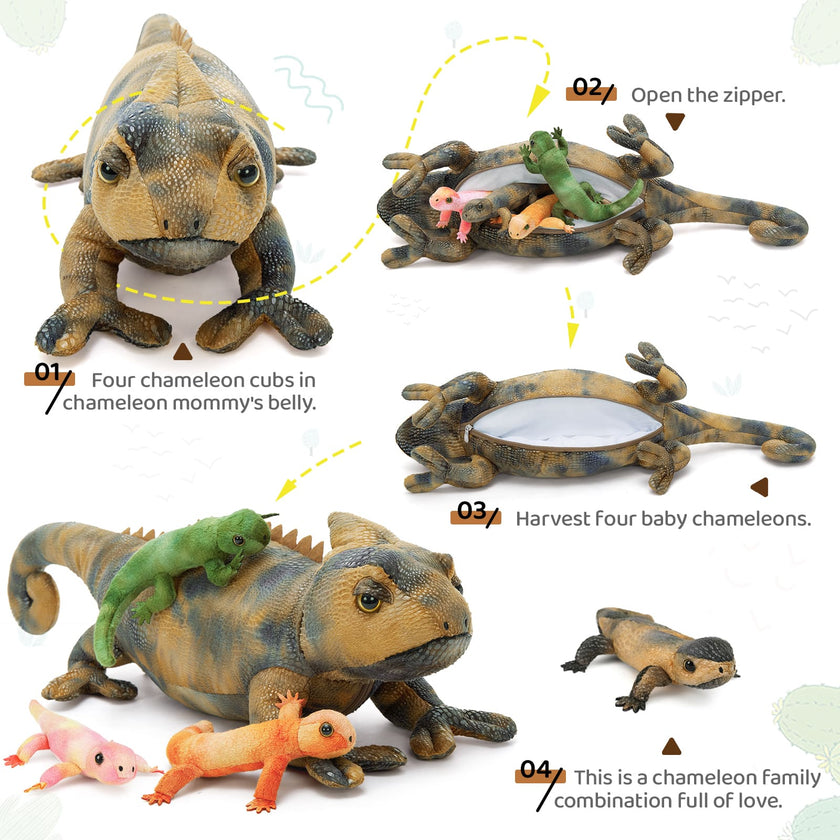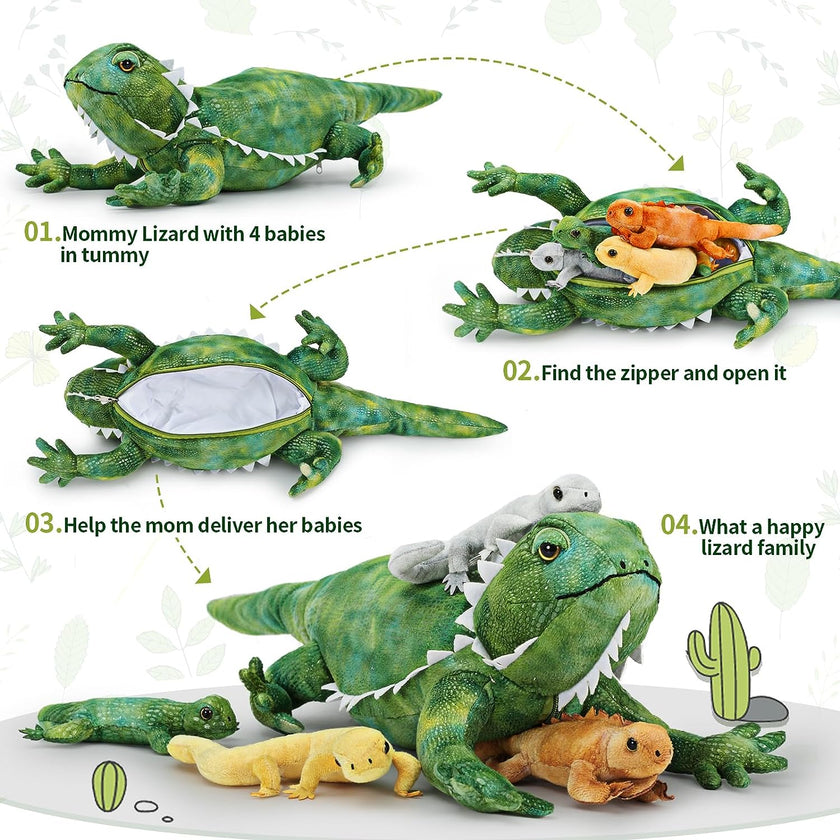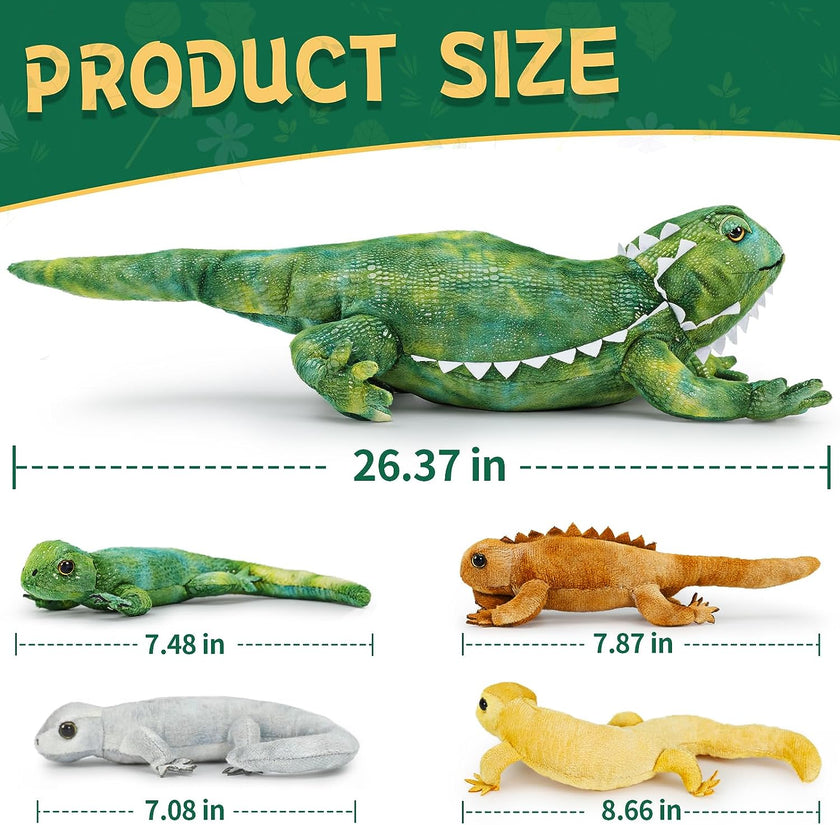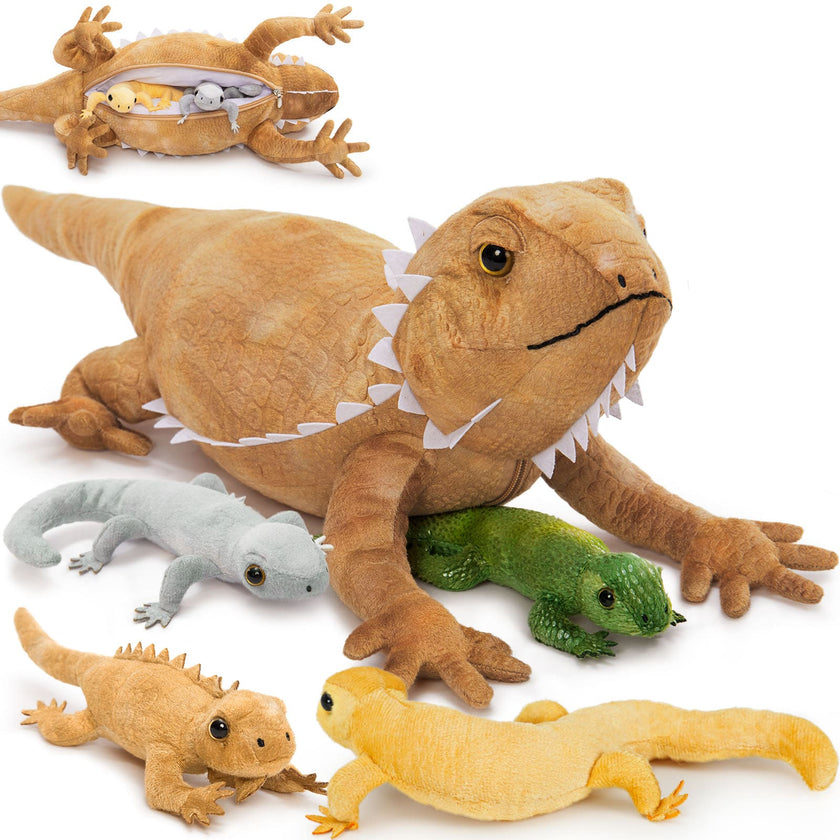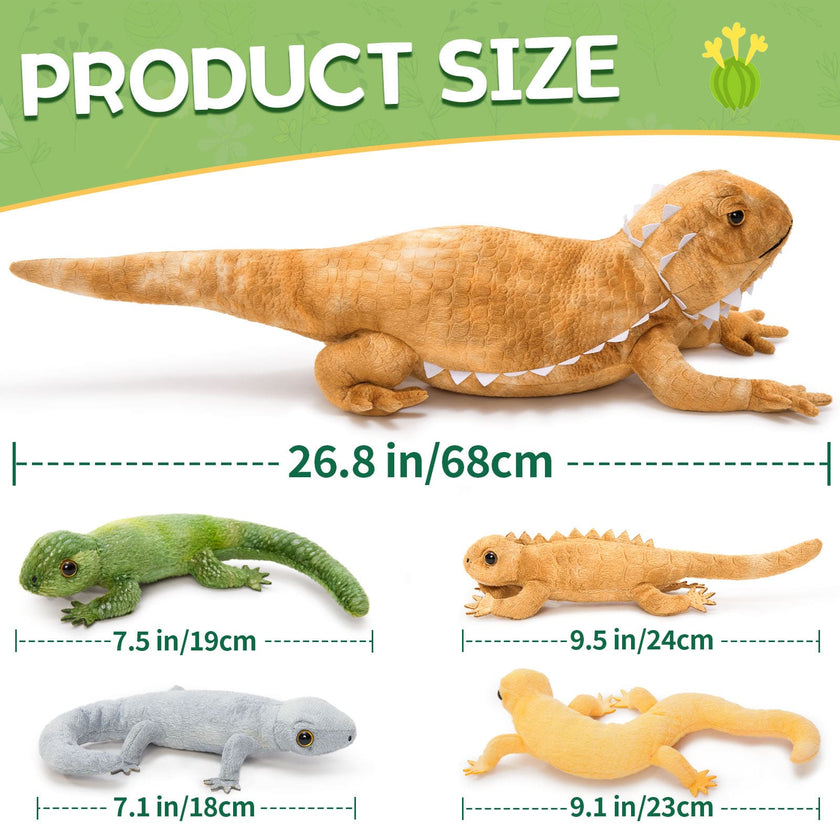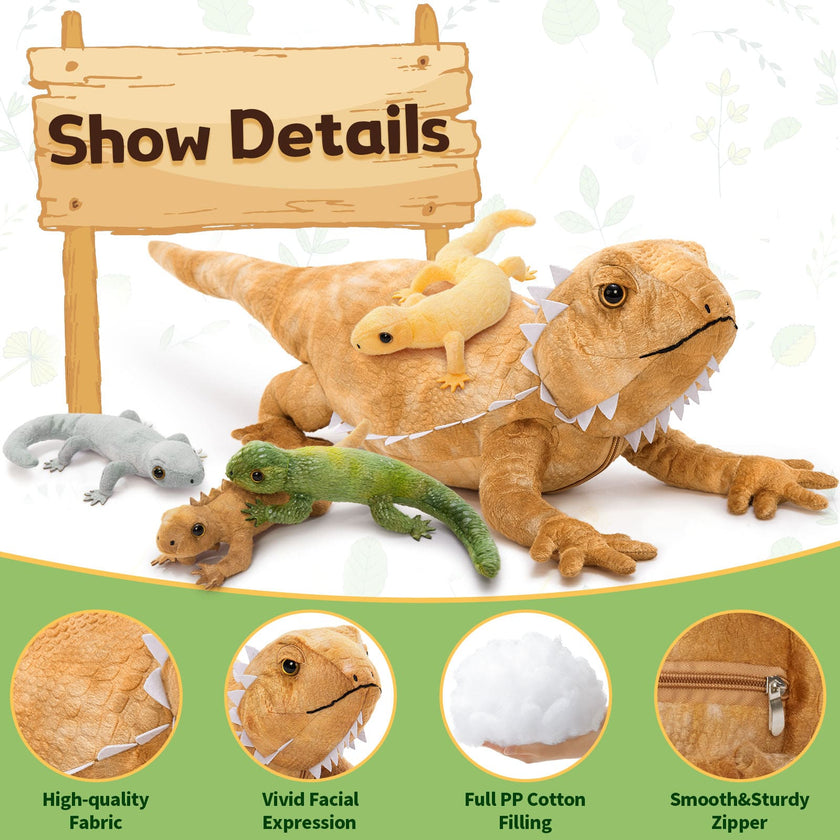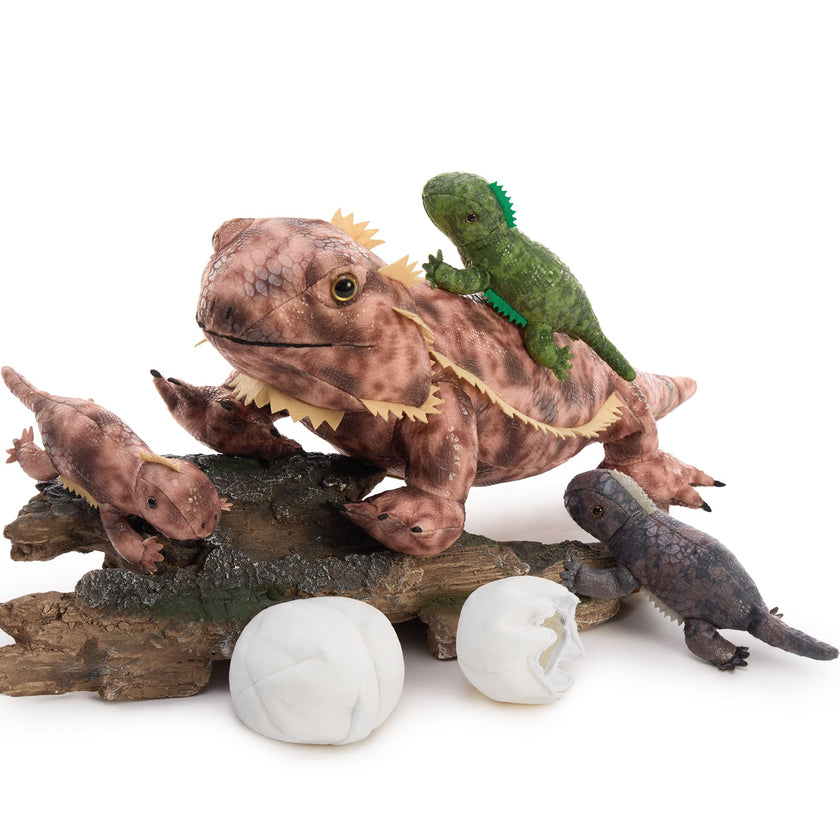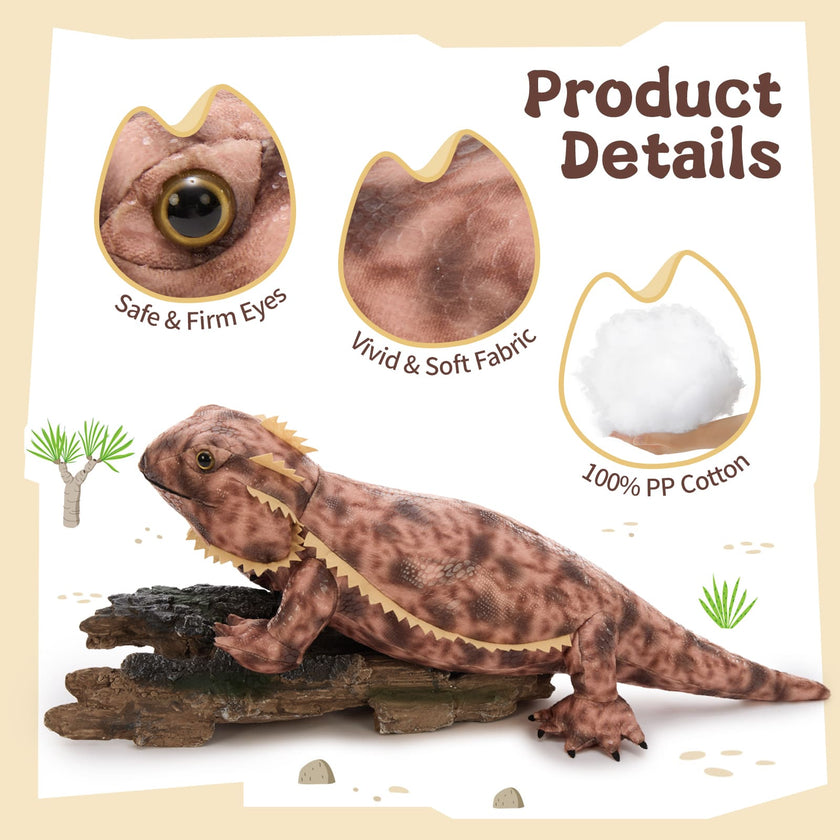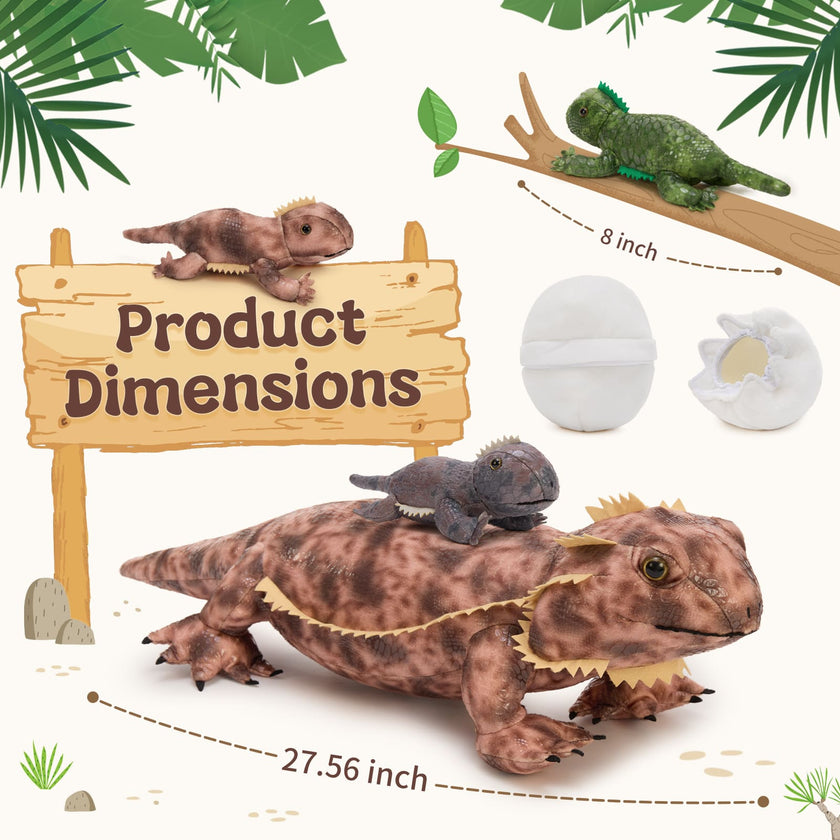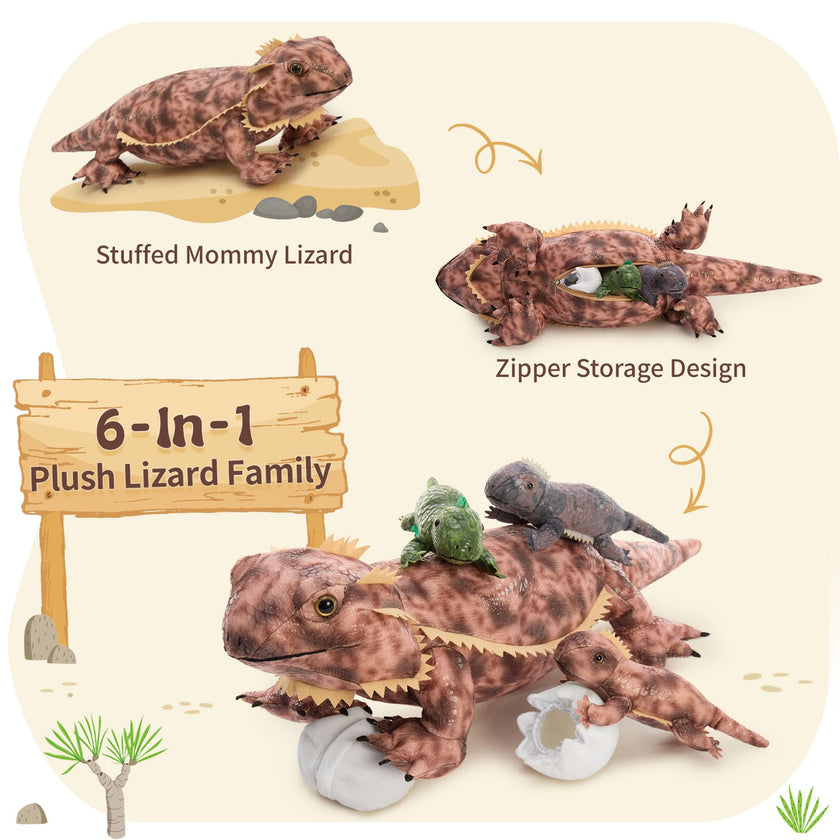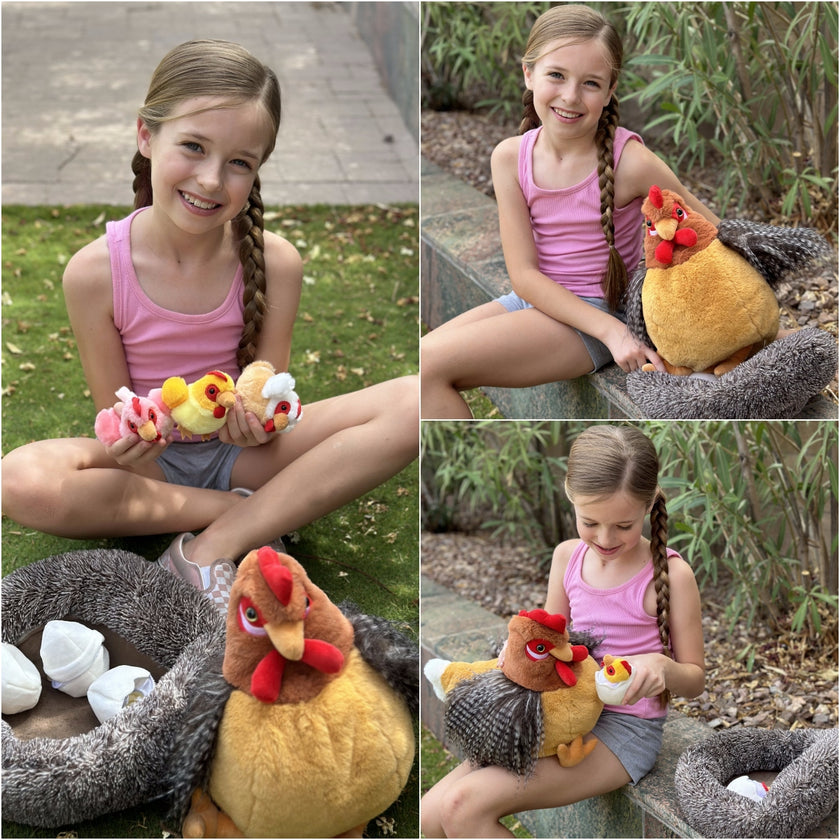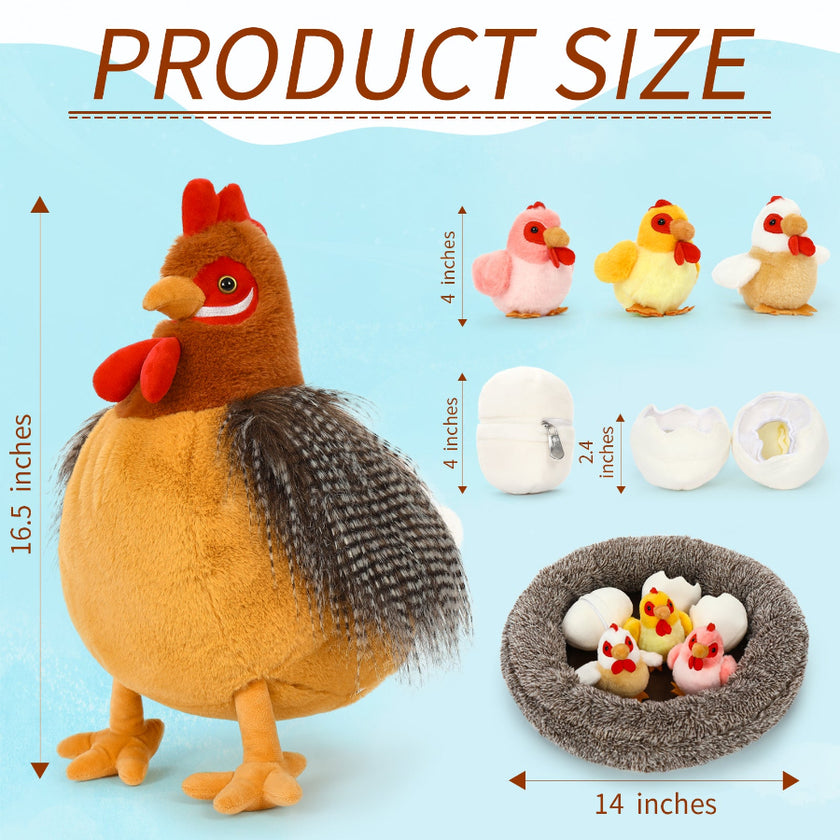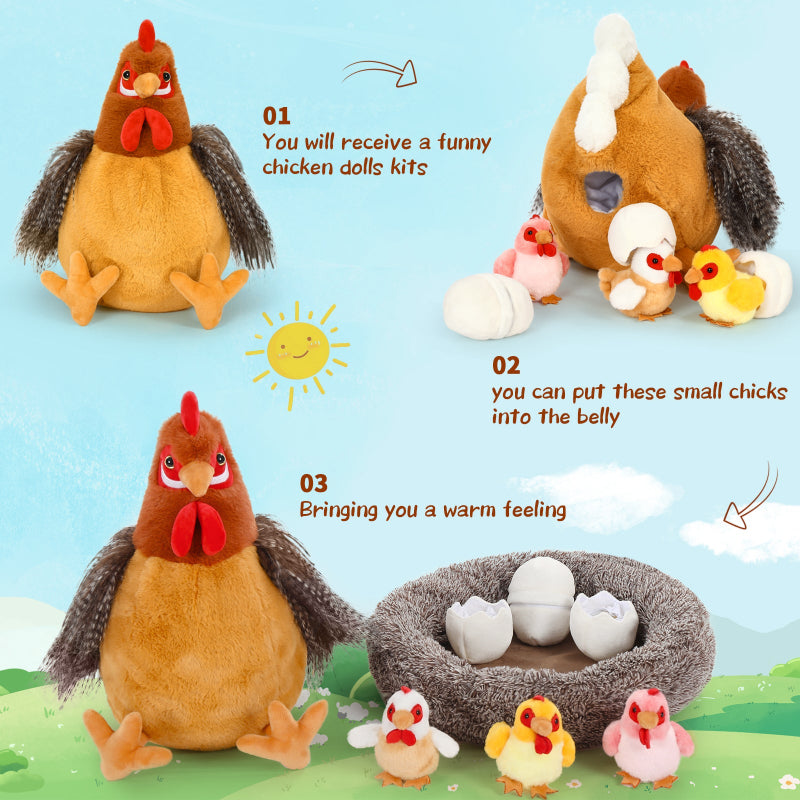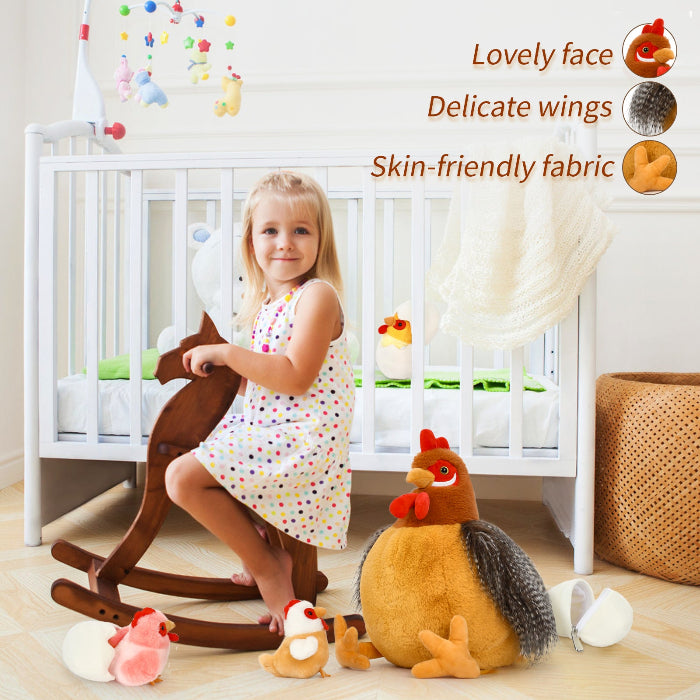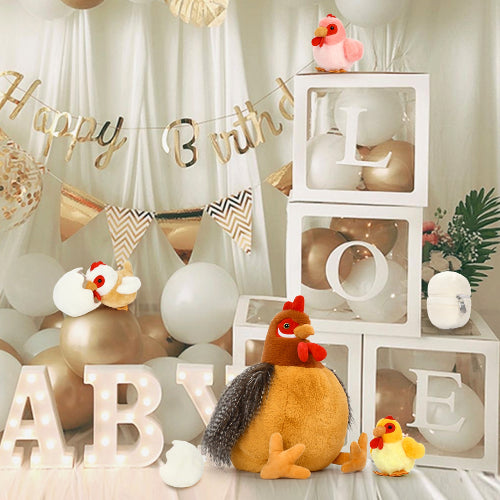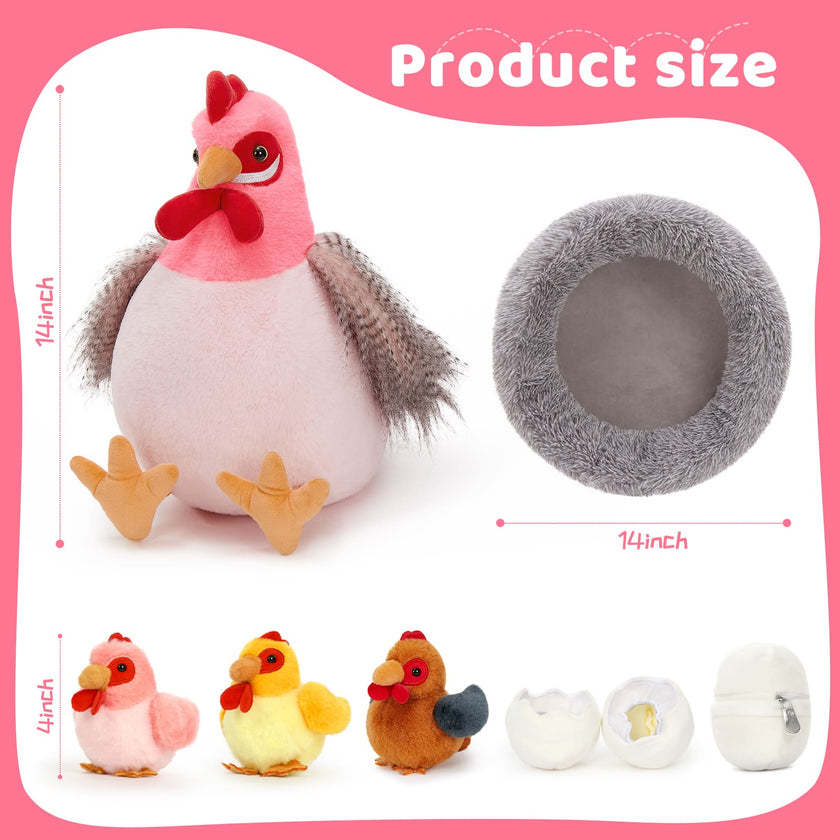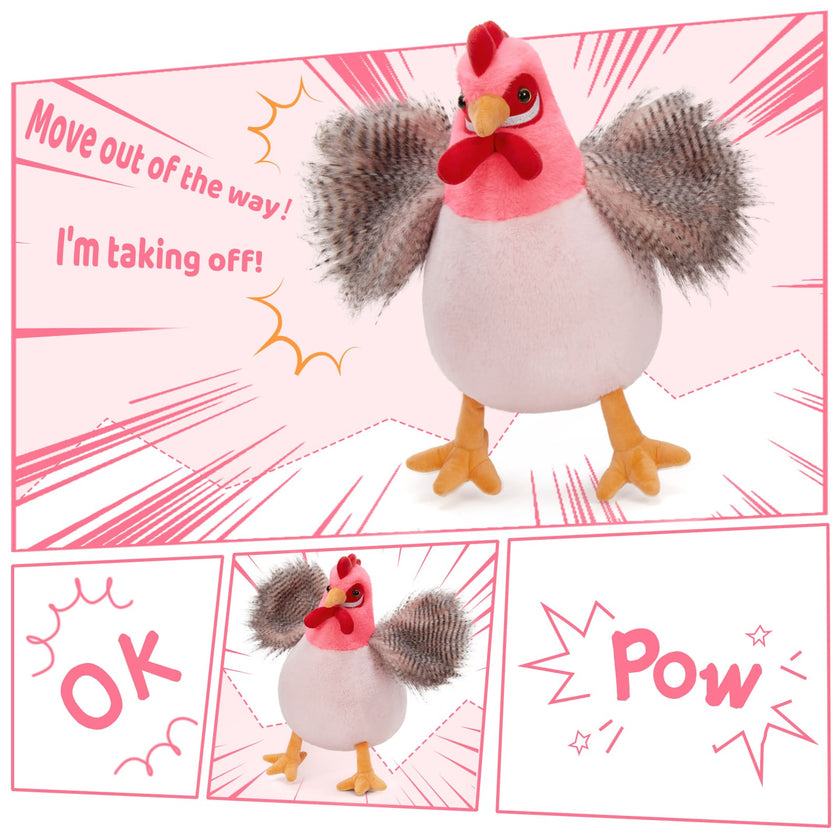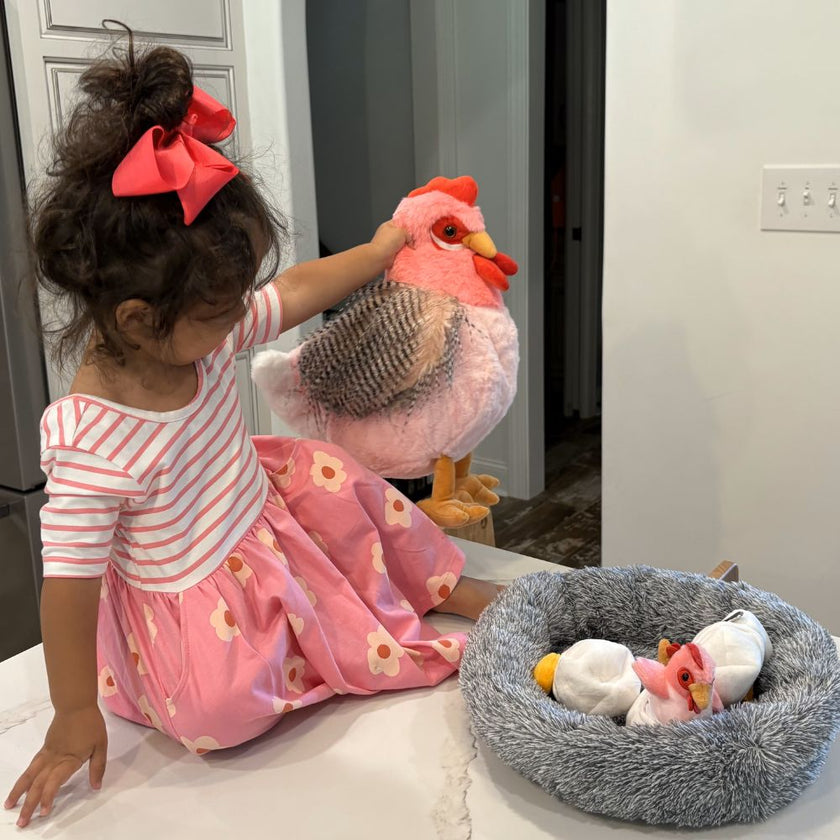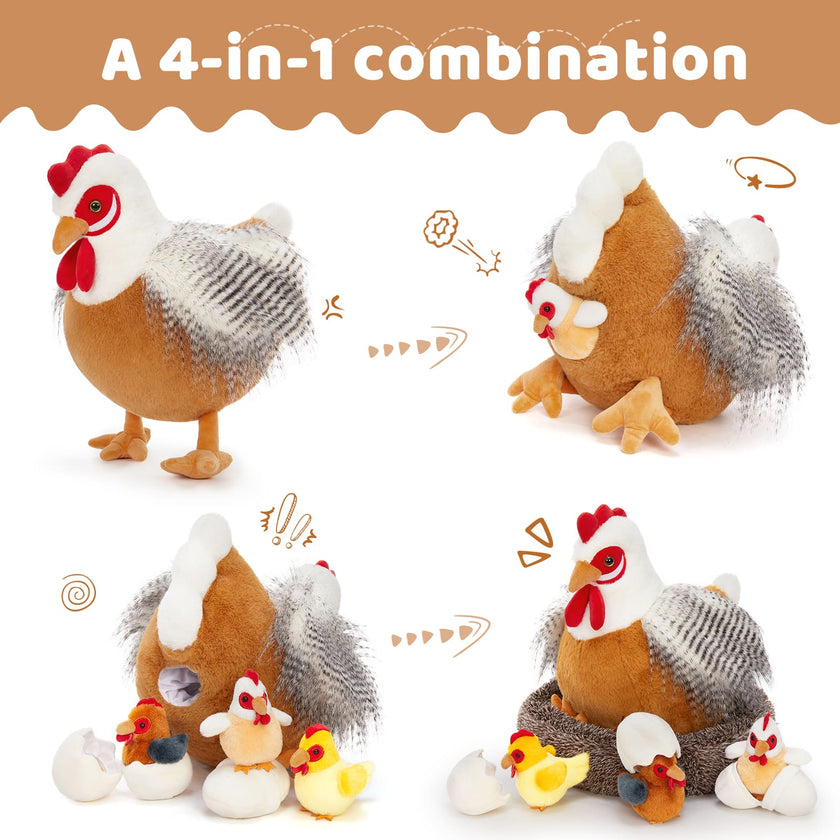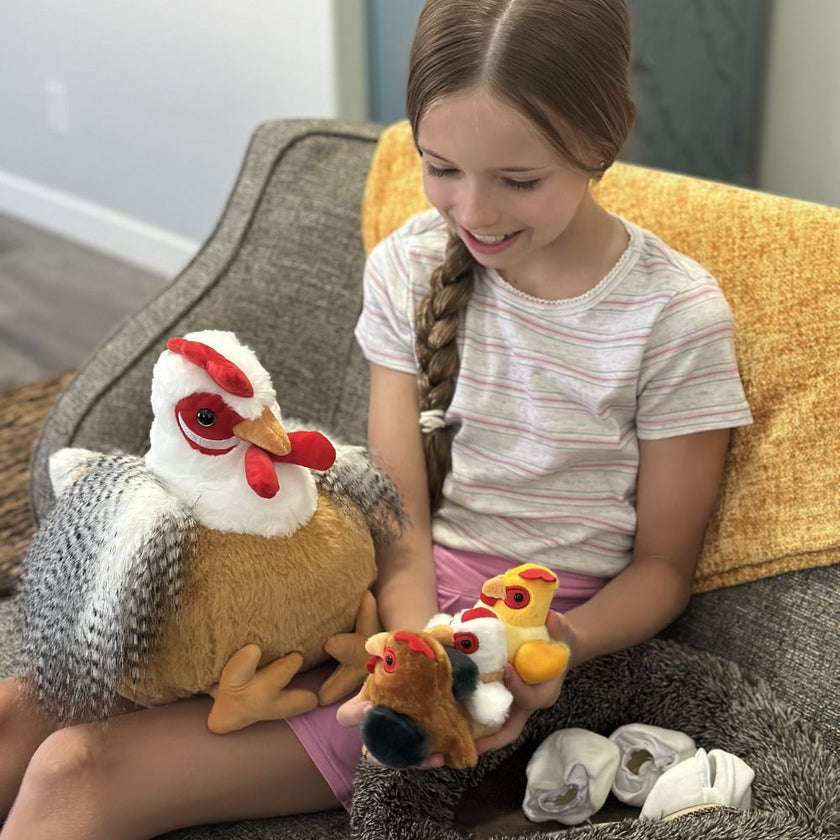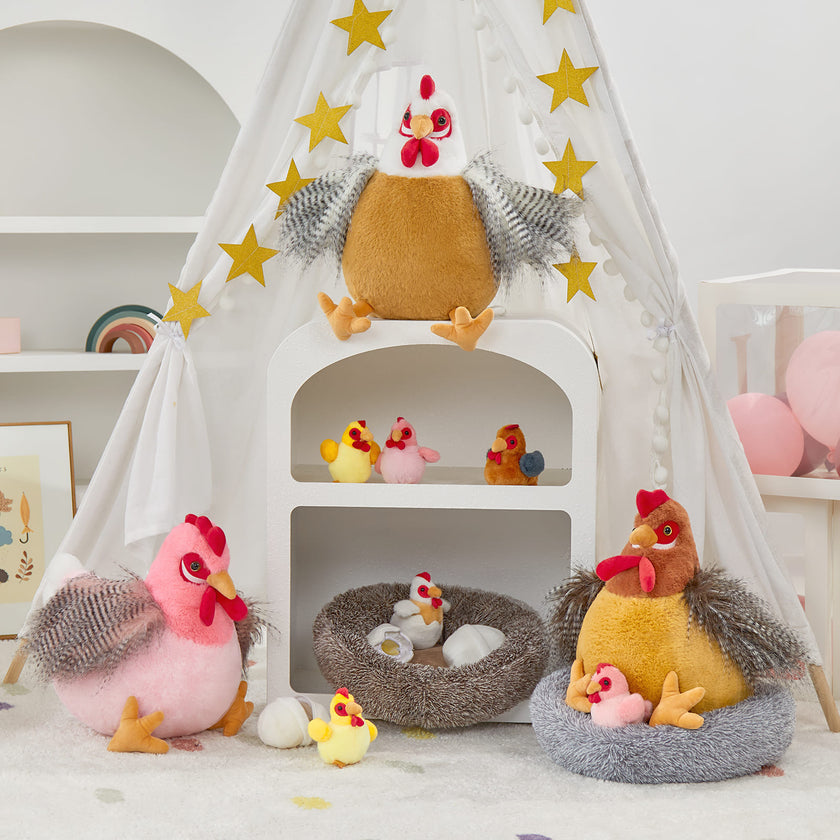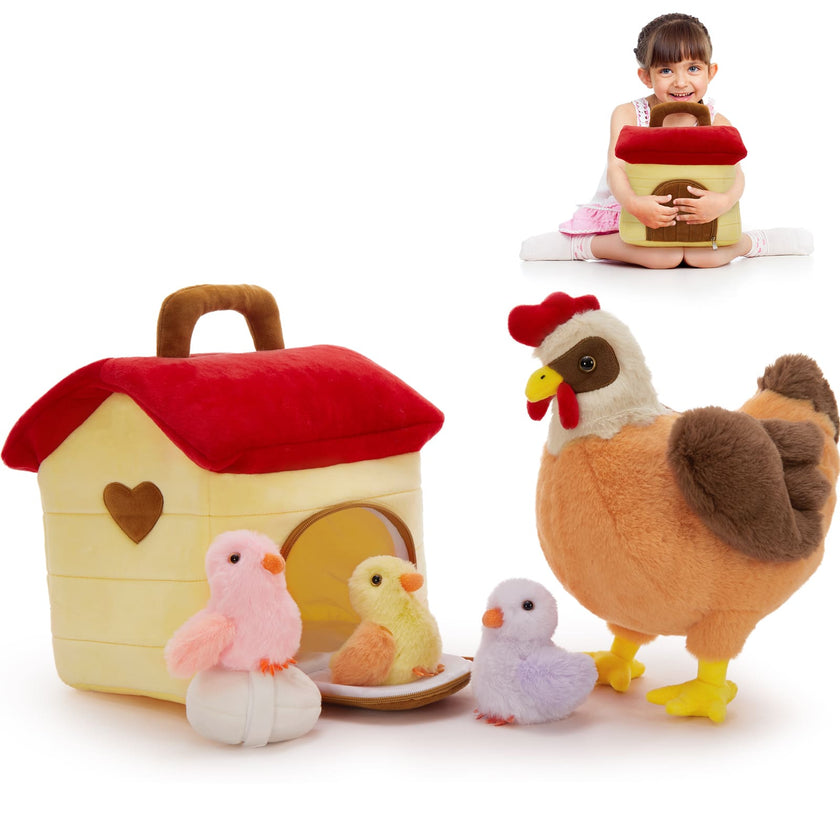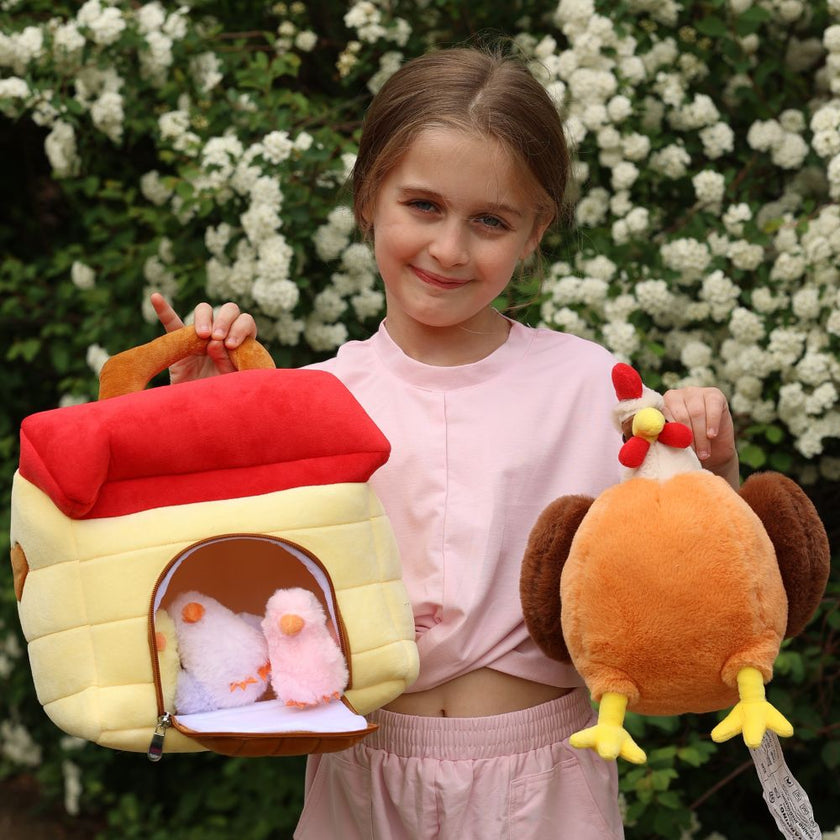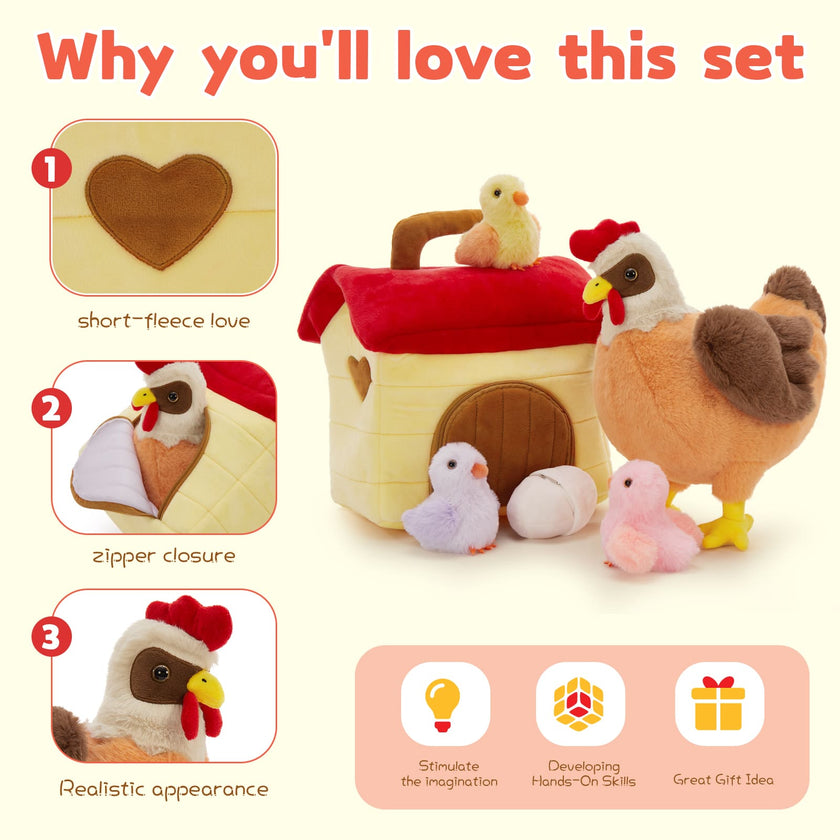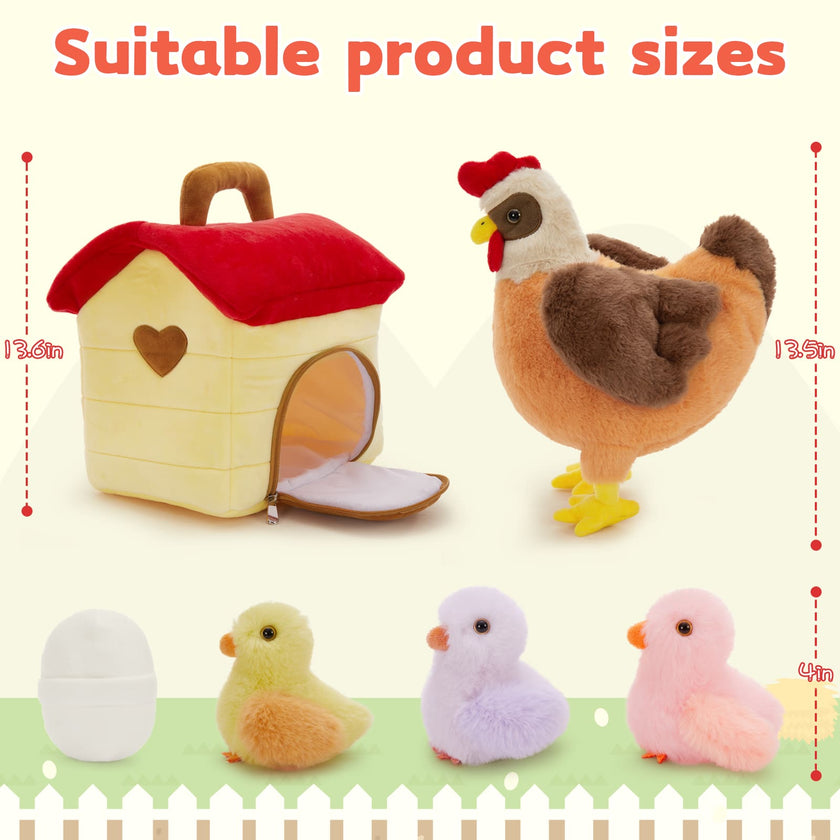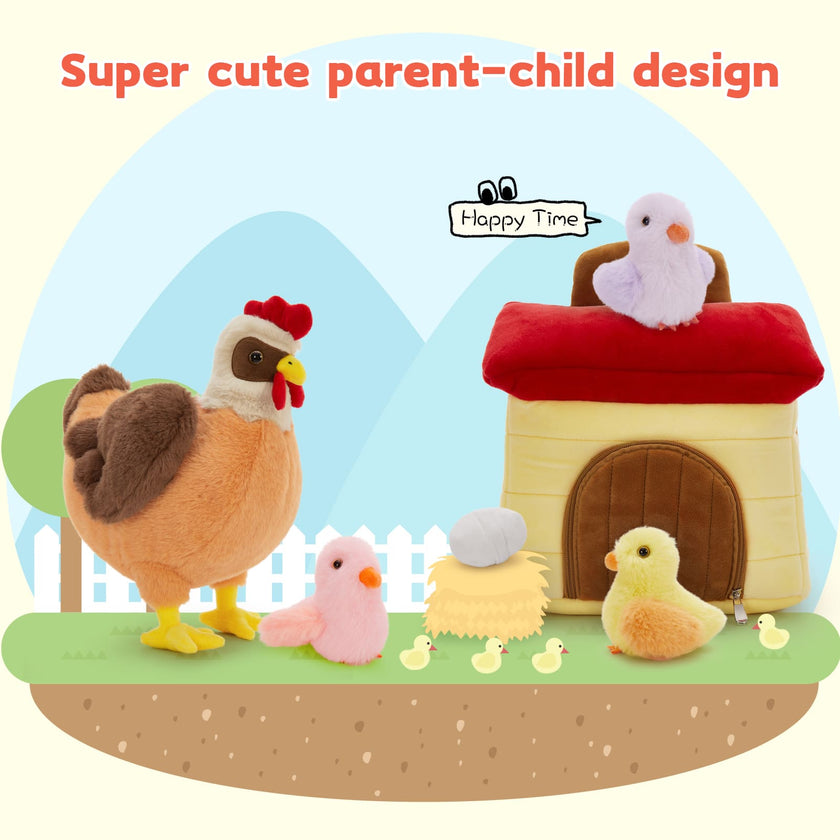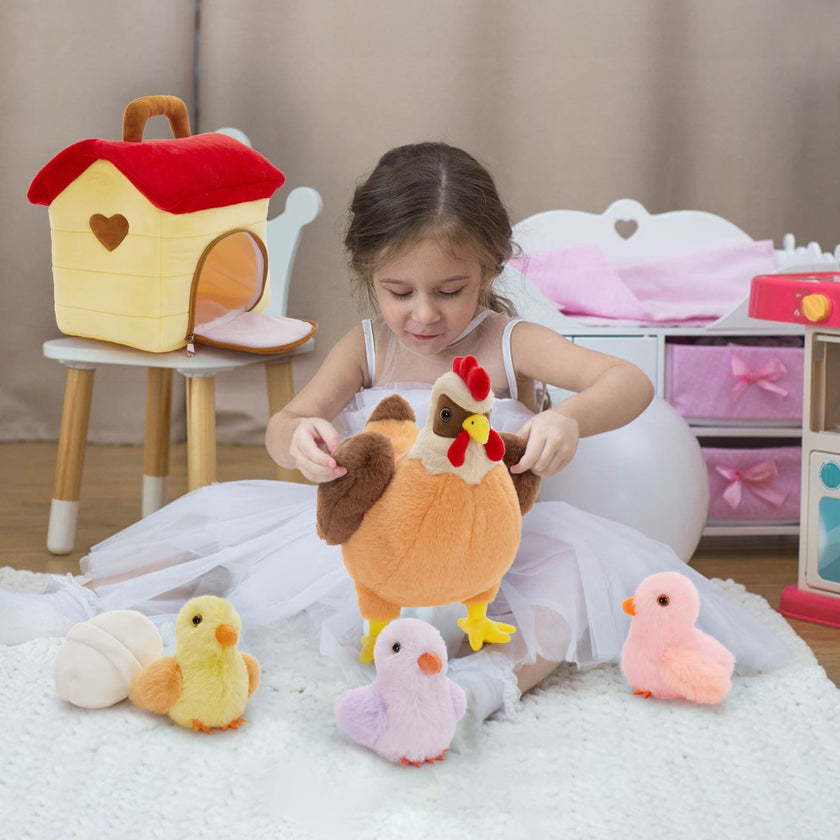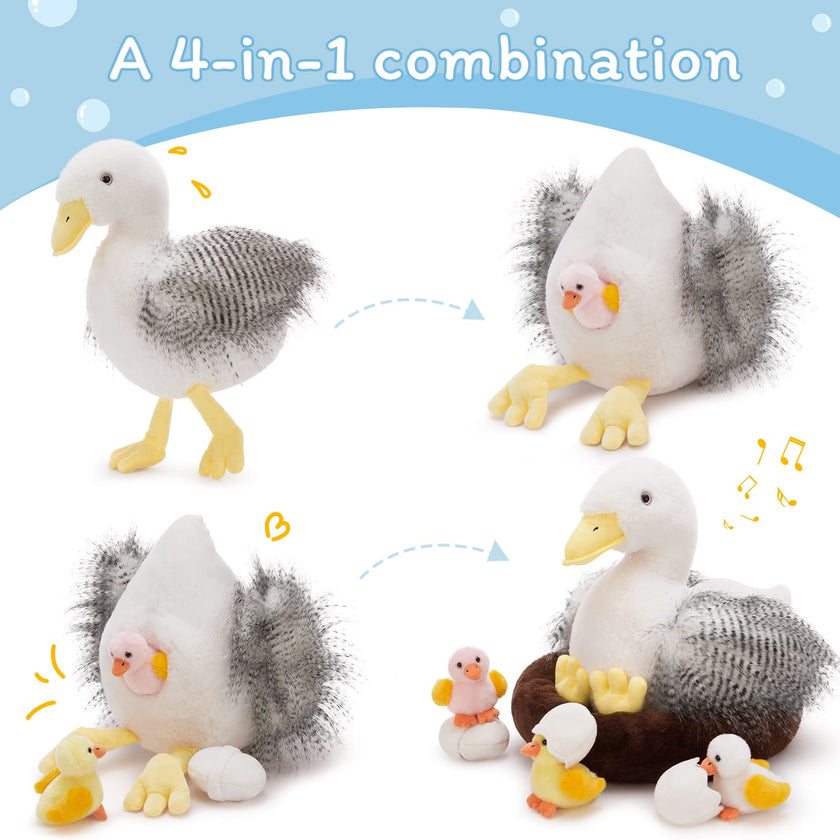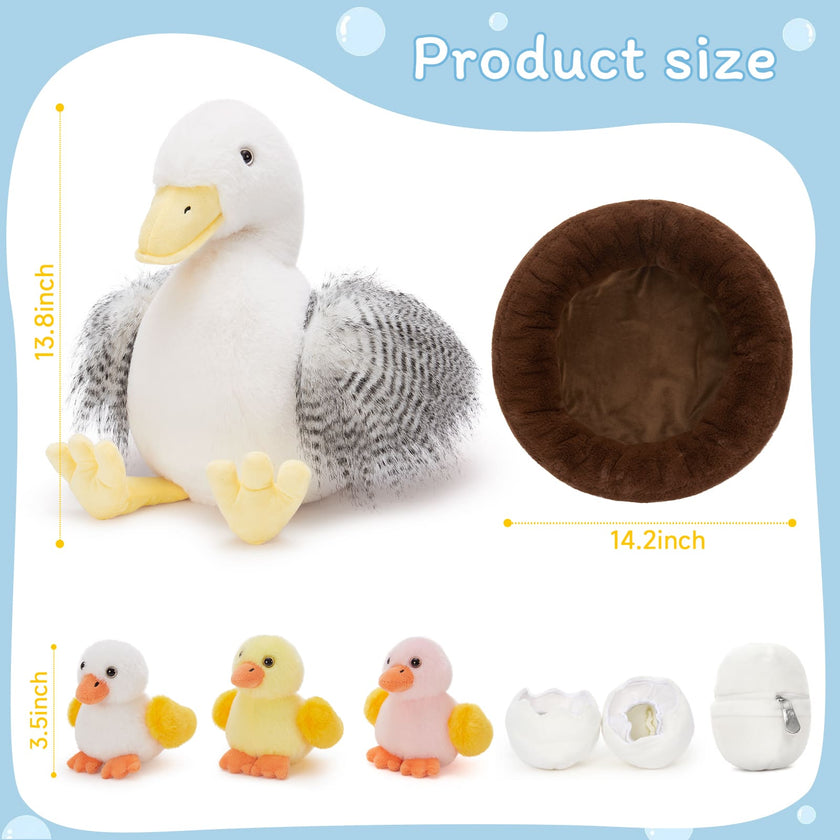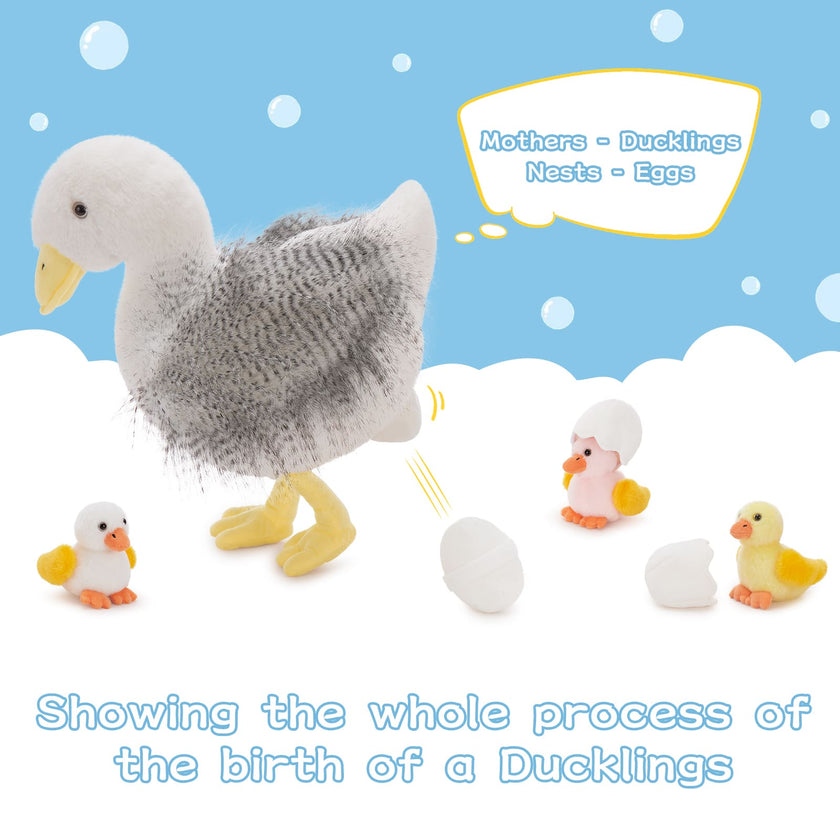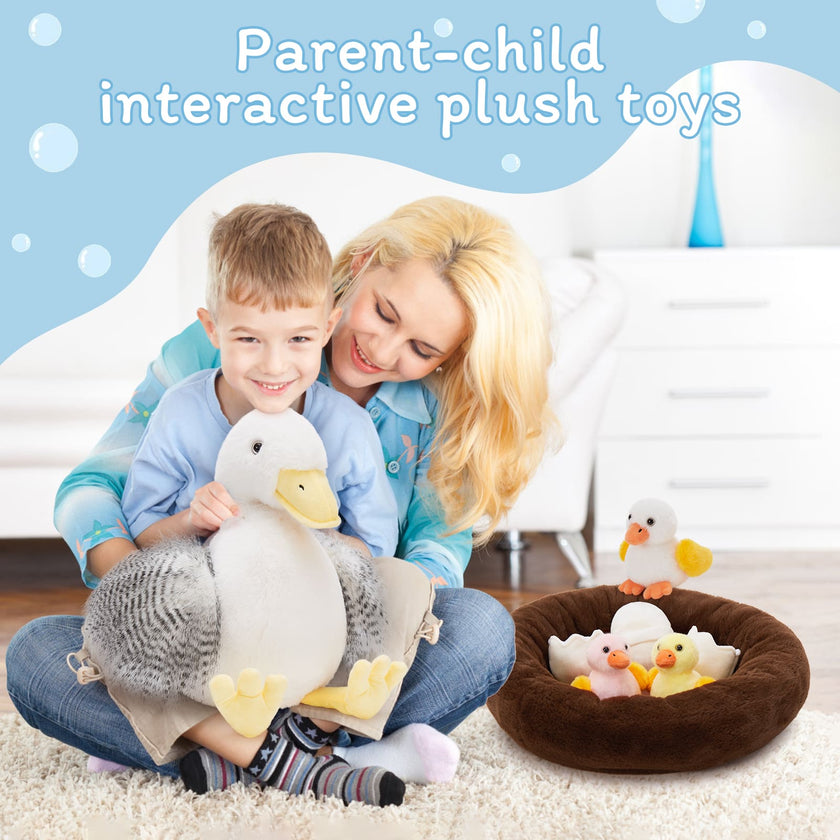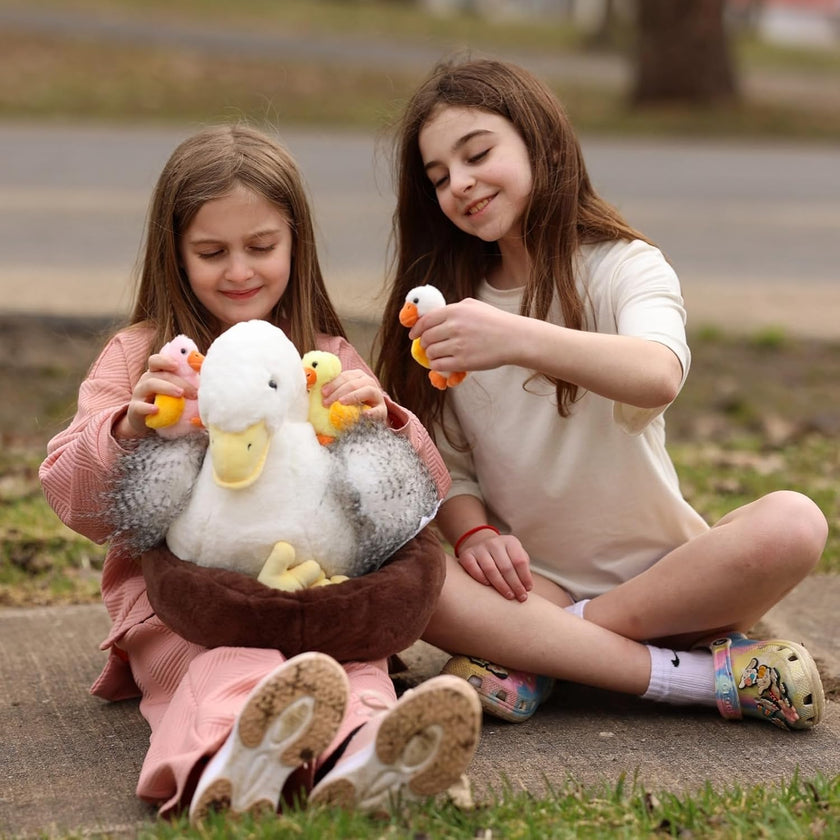Stuffed animals are more than toys— they’re comfort objects, décor pieces, travel buddies, and lifelong companions. Over time, however, plush toys collect dust, oils, allergens, and everyday dirt. Proper cleaning doesn’t just keep them looking fresh; it helps preserve their softness, quality, and longevity.
Whether you’re caring for a beloved childhood plush, a collectible, or a child’s favorite snuggle buddy, this comprehensive guide covers everything you need to know about cleaning and drying stuffed animals safely.
Why Cleaning Stuffed Animals Matters
Stuffed animals absorb a surprising amount of dirt and bacteria. Cleaning them periodically helps:
-
Maintain softness and fabric quality
-
Reduce allergens and dust mites
-
Prevent odors
-
Extend the toy’s lifespan
-
Keep children and adults safe from irritants
For plush toys handled daily, cleaning every 1–2 months is recommended. For display-only plush, every 6 months is sufficient.
How to Tell If a Stuffed Animal Is Machine-Washable
Before washing, always check for:
✔ Tags or manufacturer instructions
Many plush toys include cleaning guidance such as “Surface wash only,” “Hand wash,” or “Machine wash.”
✔ Fragile details
These may require hand-washing:
-
Plastic or glass eyes
-
Battery or light-up components
-
Delicate stitching
-
Felt accessories
-
Sequins or embroidery
✔ Filling material
Polyester fiberfill is usually safe for machine wash. Foam beads or specialty fillings may not be.
If in doubt, choose hand-washing to avoid damage.
Method 1: How to Machine-Wash Stuffed Animals (Safely)
Machine washing is fast and effective, but only recommended for durable plush toys.
You Will Need:
-
Mesh laundry bag or pillowcase
-
Gentle, fragrance-free detergent
-
Cold or warm water (never hot)
Steps:
1. Prepare the stuffed animal
-
Remove clothing or accessories
-
Check for tears and repair before washing
-
Brush off loose dirt or debris
2. Place the plush inside a mesh laundry bag
This prevents stretching, snagging, or damage during the wash cycle.
3. Choose the gentle cycle
Use:
-
Cold or lukewarm water
-
Low spin
-
Delicate setting
High heat can melt synthetic fibers or cause stuffing to clump.
4. Add mild detergent
Harsh detergents can irritate sensitive skin or strip fabric softness.
5. Start the wash
Let the cycle complete fully to remove dirt and detergent residue.
Method 2: How to Hand-Wash Stuffed Animals
Perfect for delicate plushies or those with accessories that can’t handle a machine cycle.
You Will Need:
-
A basin or sink
-
Mild detergent or baby shampoo
-
Lukewarm water
-
Soft cloth or sponge
Steps:
1. Fill a basin with lukewarm water
Avoid hot water— it can weaken glues and cause colors to fade.
2. Add a small amount of gentle detergent
Mix until water becomes slightly sudsy.
3. Submerge the stuffed animal
Gently squeeze water through the fabric. Avoid twisting or pulling.
4. Spot-clean stubborn stains
Use a cloth or soft brush to treat:
-
Chocolate
-
Dirt
-
Makeup
-
Oils
5. Rinse thoroughly
Run clean water through the plush until no soap remains.
Method 3: Quick Surface Cleaning
For large, delicate, or battery-operated stuffed animals.
Steps:
-
Mix warm water with a small amount of gentle soap
-
Dip a cloth or sponge and wring out excess water
-
Gently wipe the surface in small circles
-
Use a clean, damp cloth to remove soap
-
Pat dry with a towel
This method keeps plushies fresh between deep cleans.
How to Properly Dry Stuffed Animals
Drying is just as important as washing. Incorrect drying can ruin shape, cause mold, or create clumps in the stuffing.
Method 1: Air-Drying (Best for Most Plush)
Steps:
-
Place the plush on a clean towel
-
Reshape the toy while damp
-
Pat to remove excess water
-
Allow to air-dry in a warm, ventilated room
Tip: Avoid direct sunlight, which may fade colors.
You may also hang the plush with clothespins at the arms or ears, being careful not to stretch the fabric.
Method 2: Towel-Drying for Faster Results
-
Gently wrap the stuffed animal in a dry towel
-
Press lightly to absorb water
-
Repeat with a second towel if needed
Do not wring or twist— this can damage seams.
Method 3: Machine Drying (Use With Caution)
If the plush is durable:
-
Use low heat or air-fluff only
-
Add 1–2 clean towels to help dry evenly
-
Include a dryer ball to prevent clumping
High heat can melt fur or plastic parts, so always check first.
Bringing Plush Back to Its Soft, Fluffy Shape
Once dry, restore softness using:
✔ Brushing
Use a soft-bristle brush to fluff fur.
✔ Hand-shaping
Massage stuffing back into shape if it moved during washing.
✔ Fabric spray (optional)
A light mist of fabric refresher can restore scent and softness.
How Often Should You Clean Stuffed Animals?
Frequency depends on usage:
-
Daily cuddled plush → every 1–2 months
-
Children’s bedtime toys → every 2–4 weeks
-
Display-only plush → every 6 months
-
Allergy-sensitive households → more frequently
Final Tips for Keeping Stuffed Animals Clean Longer
-
Store plush toys on shelves or baskets away from floor dust
-
Rotate sleeping plushies to reduce wear
-
Keep away from food and drinks
-
Use a pillowcase for plush toys during travel

